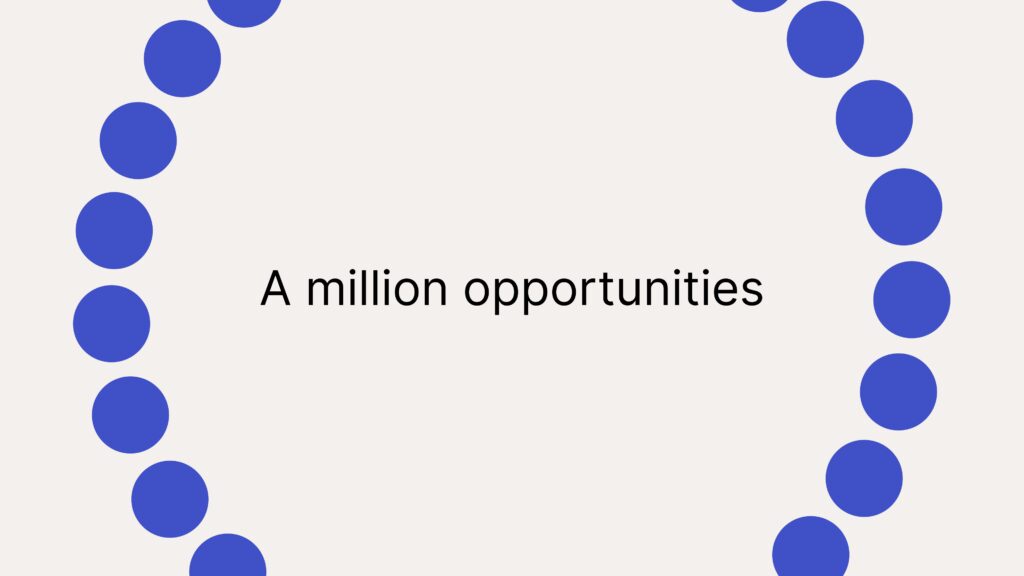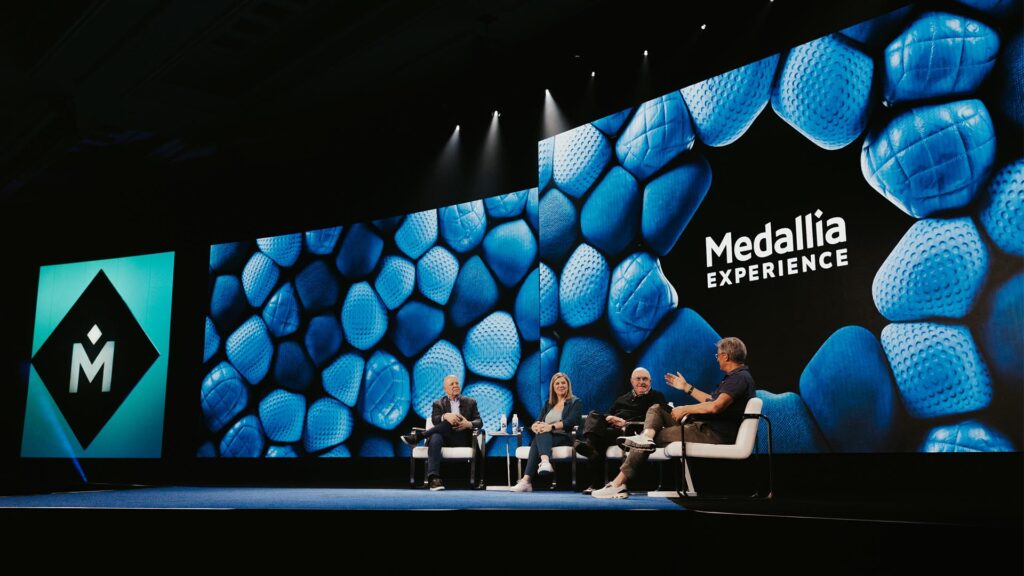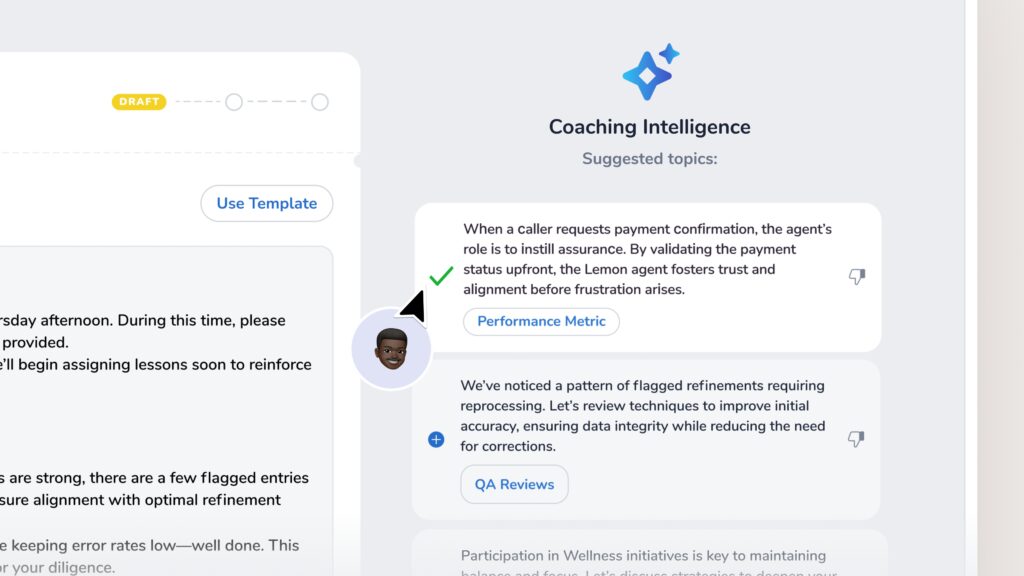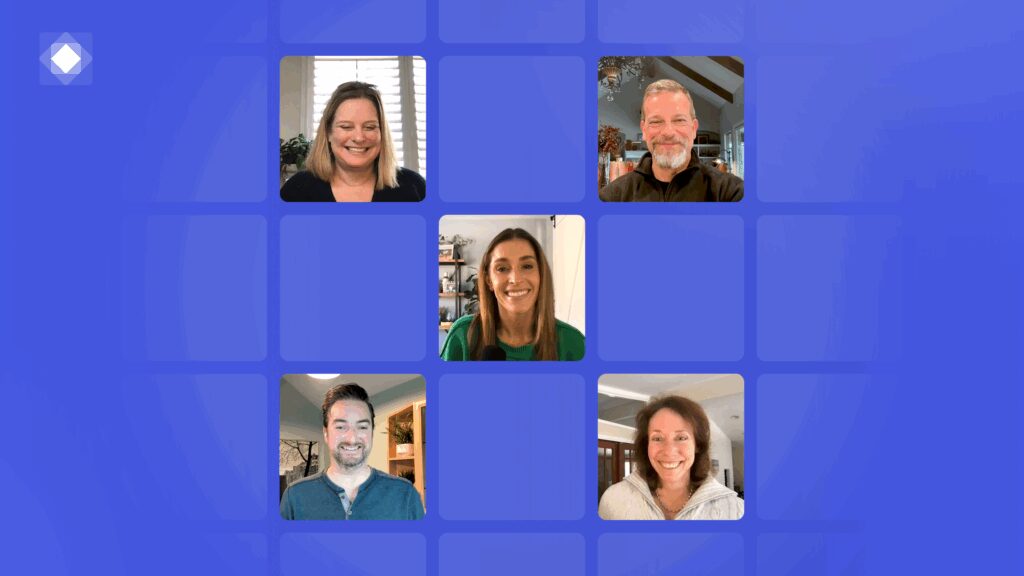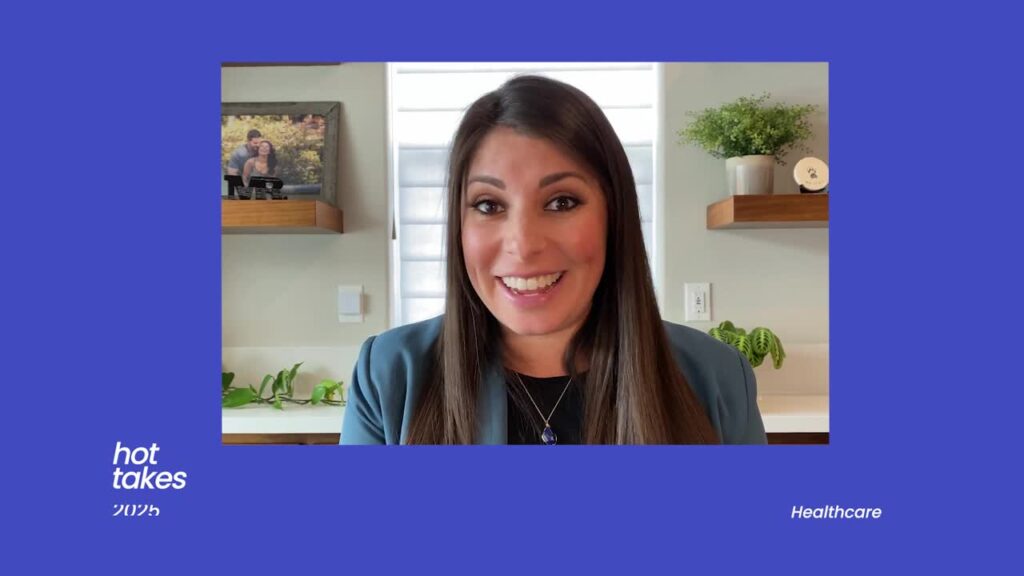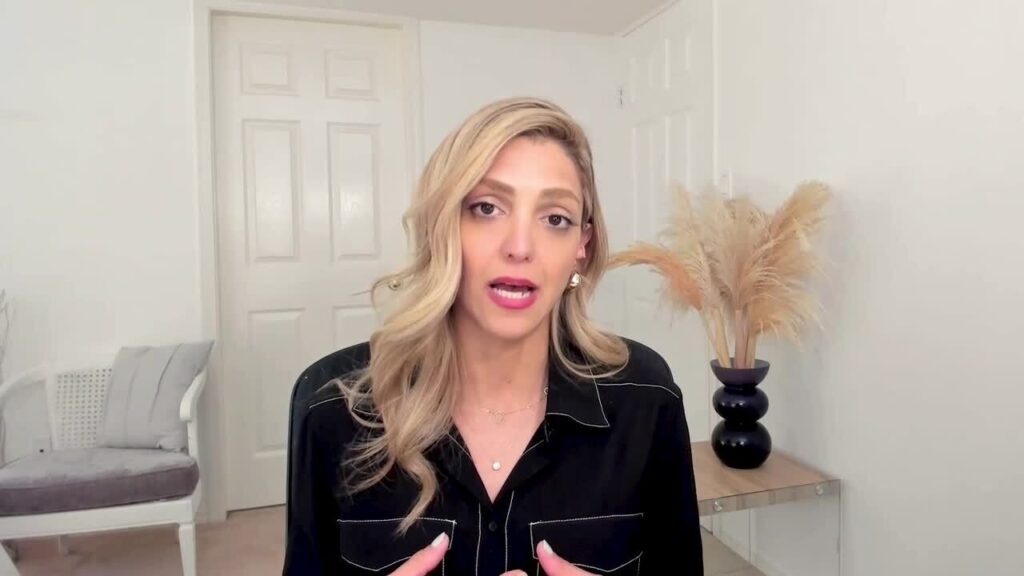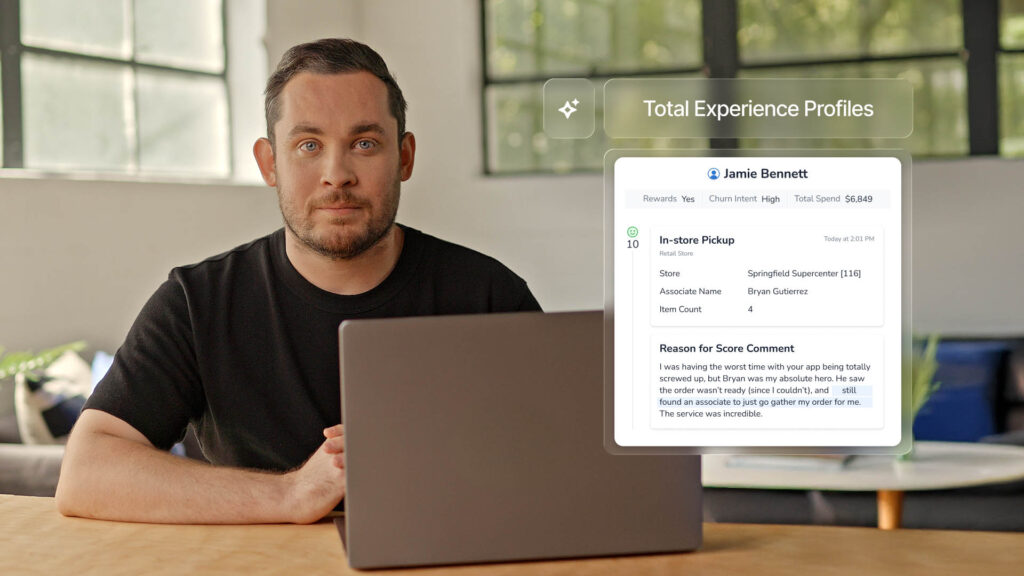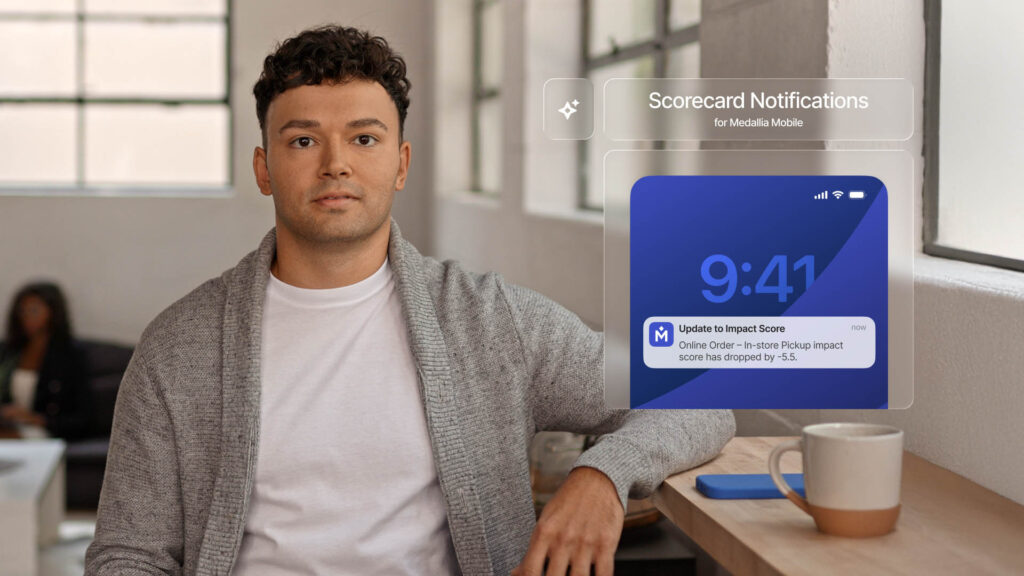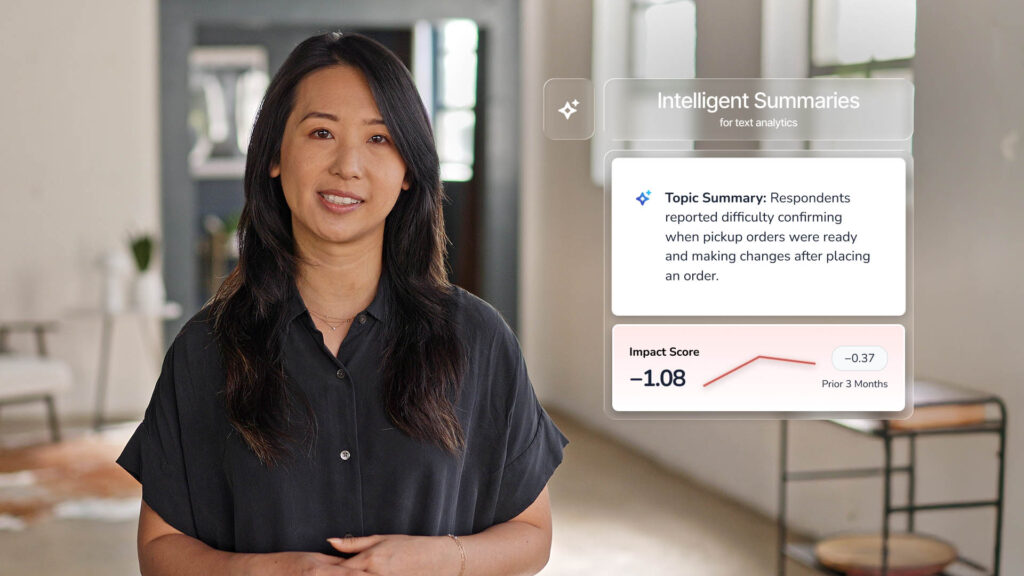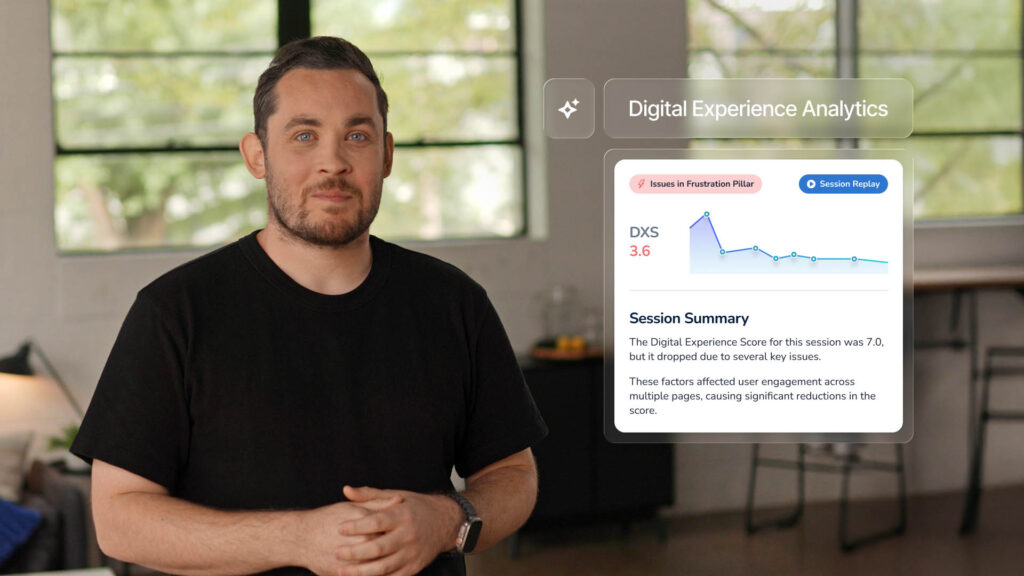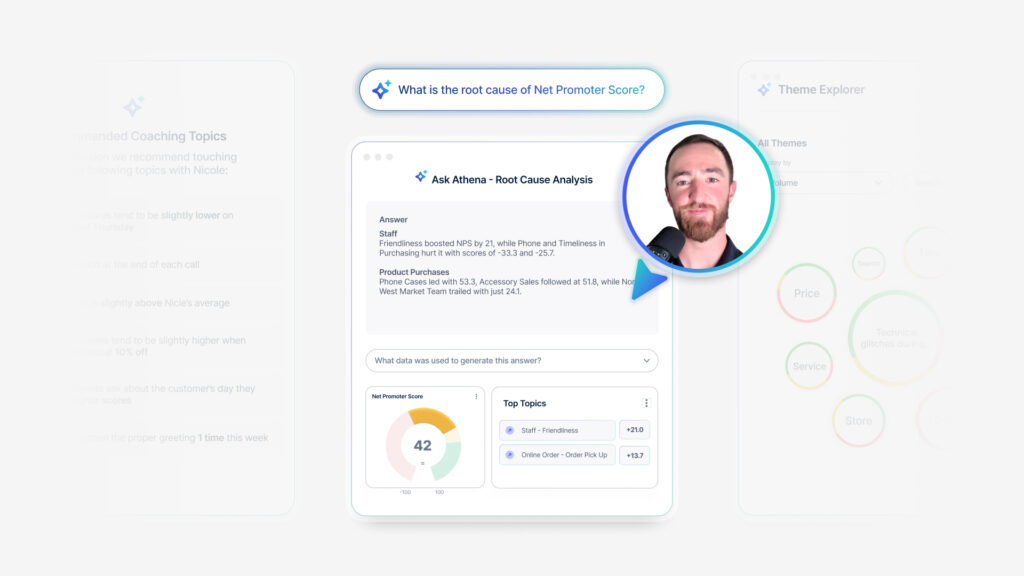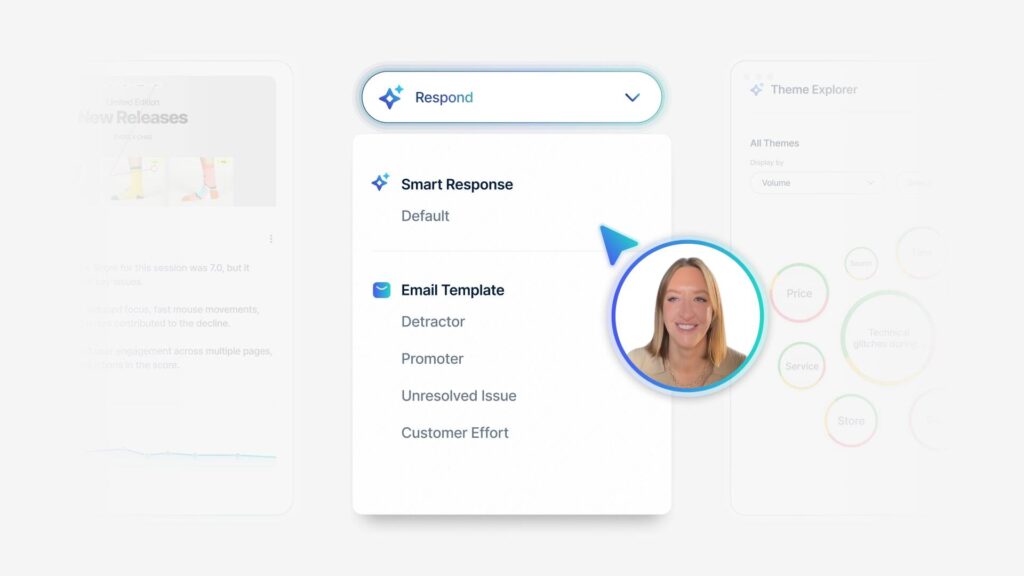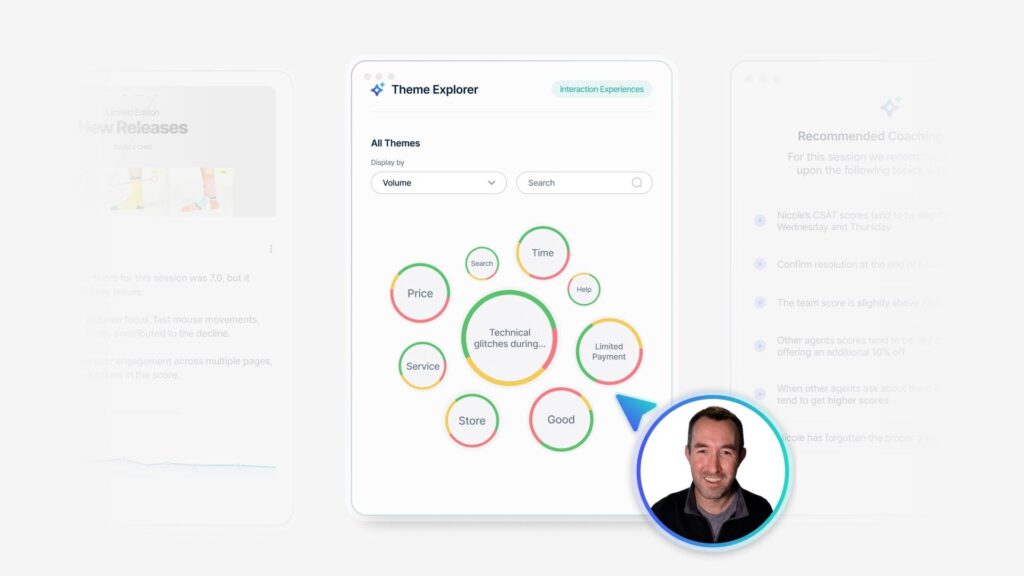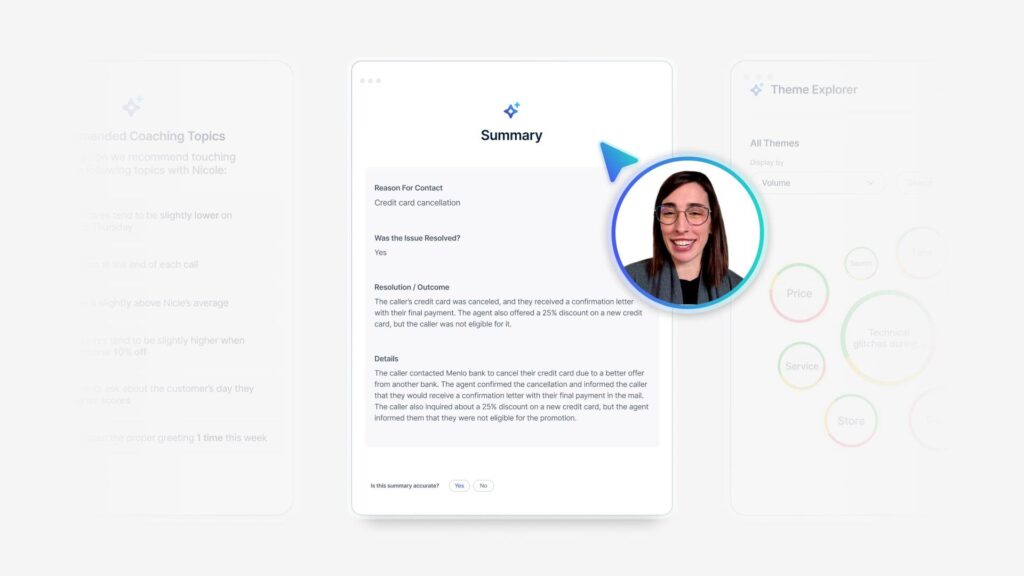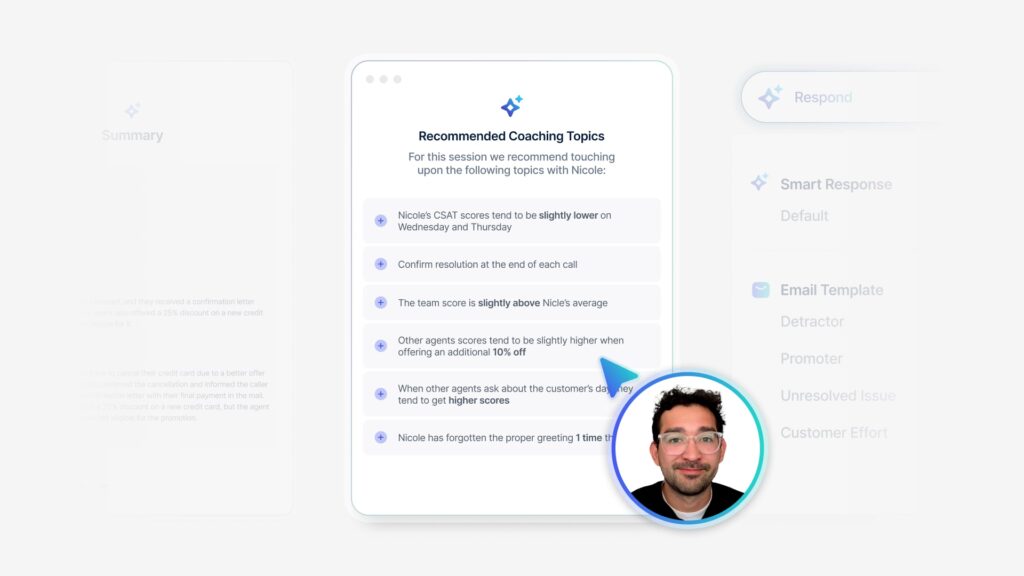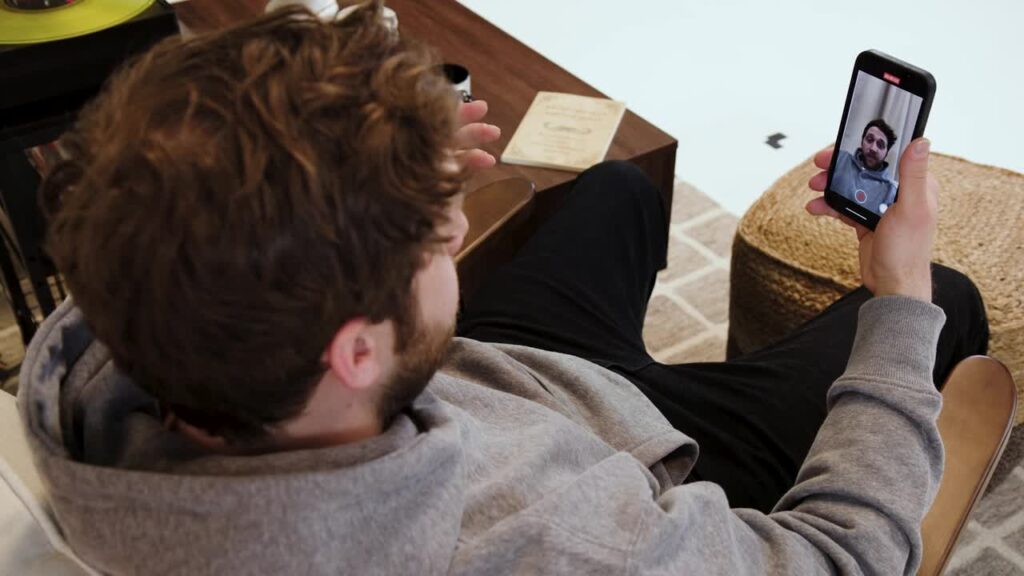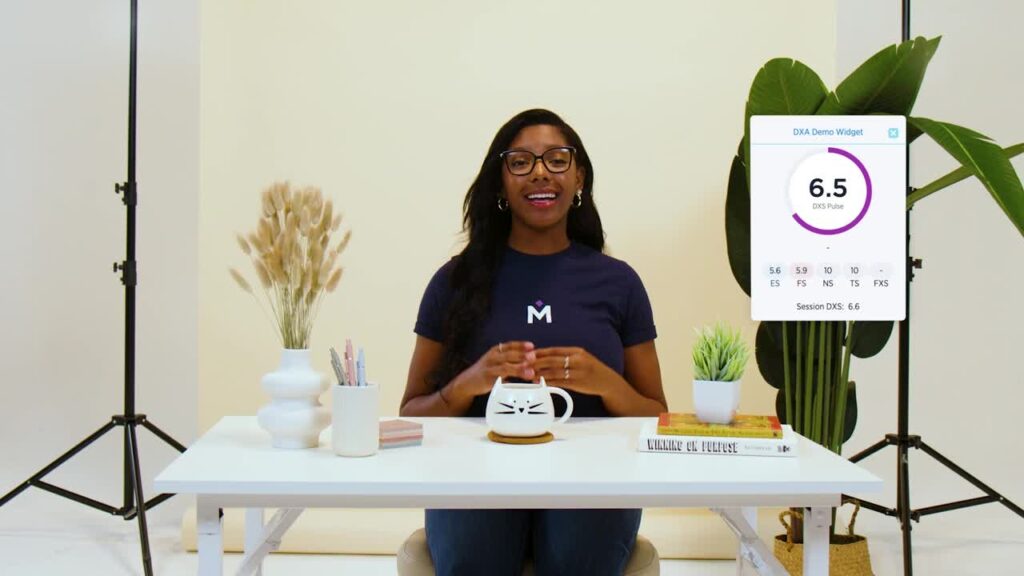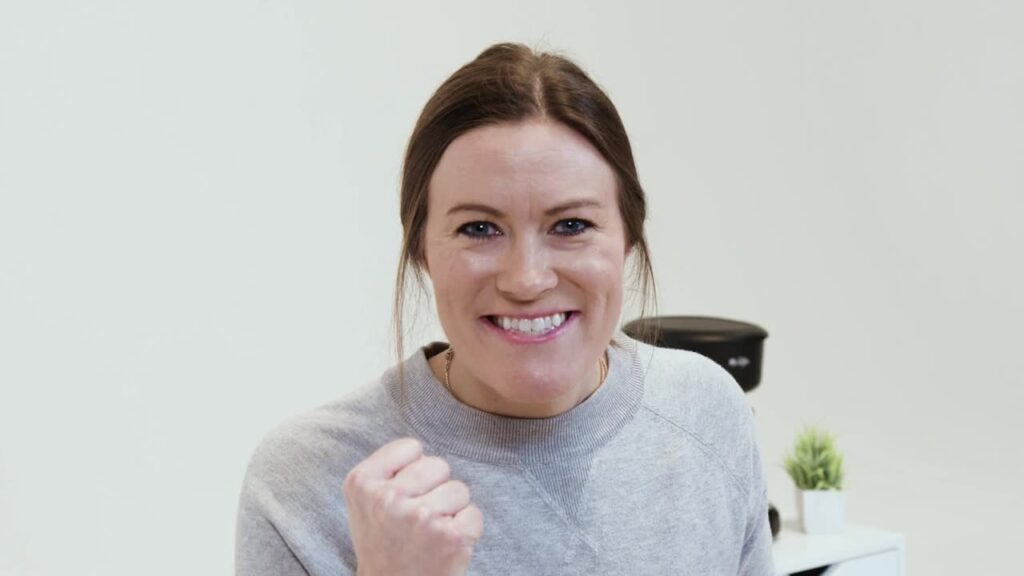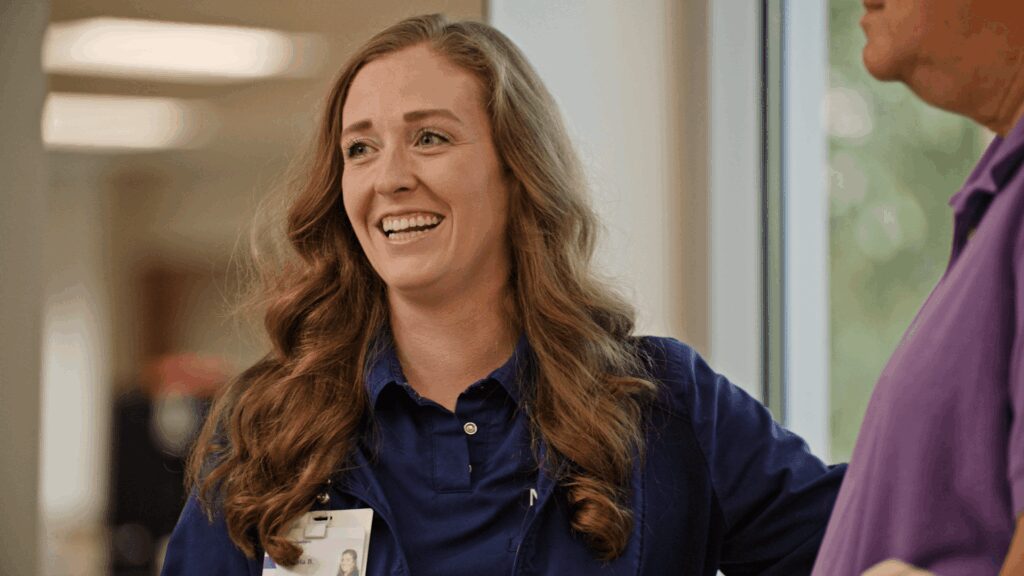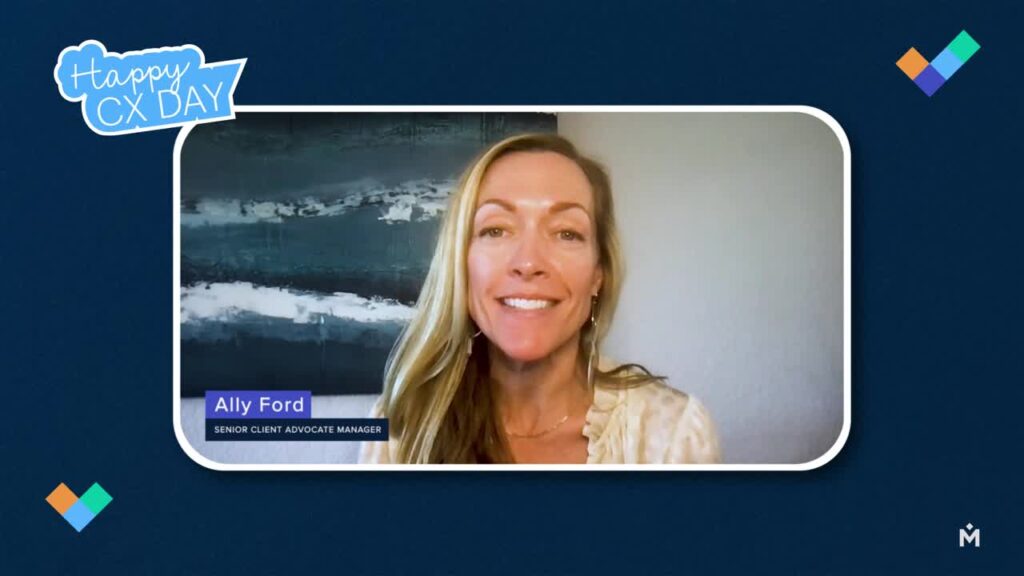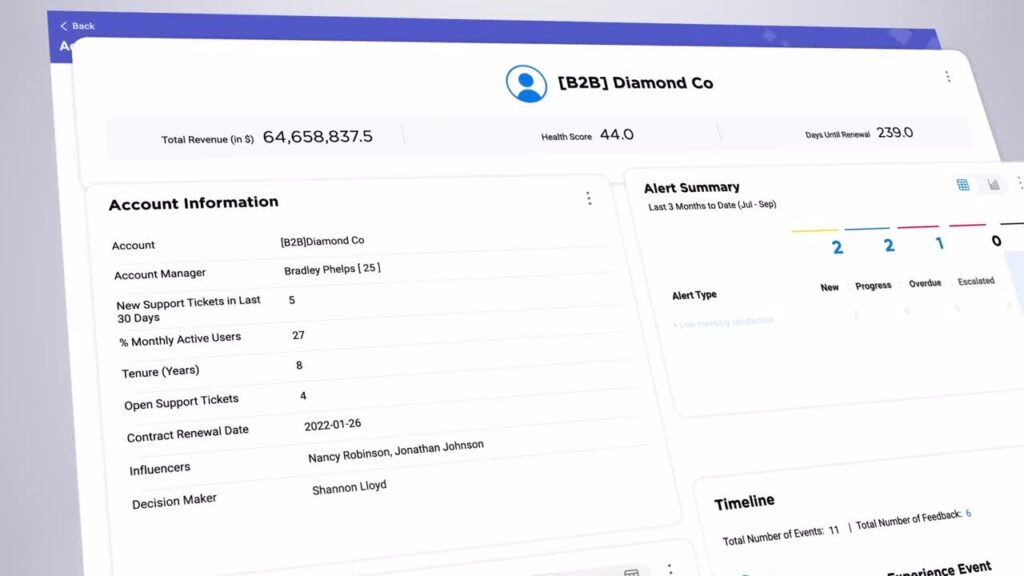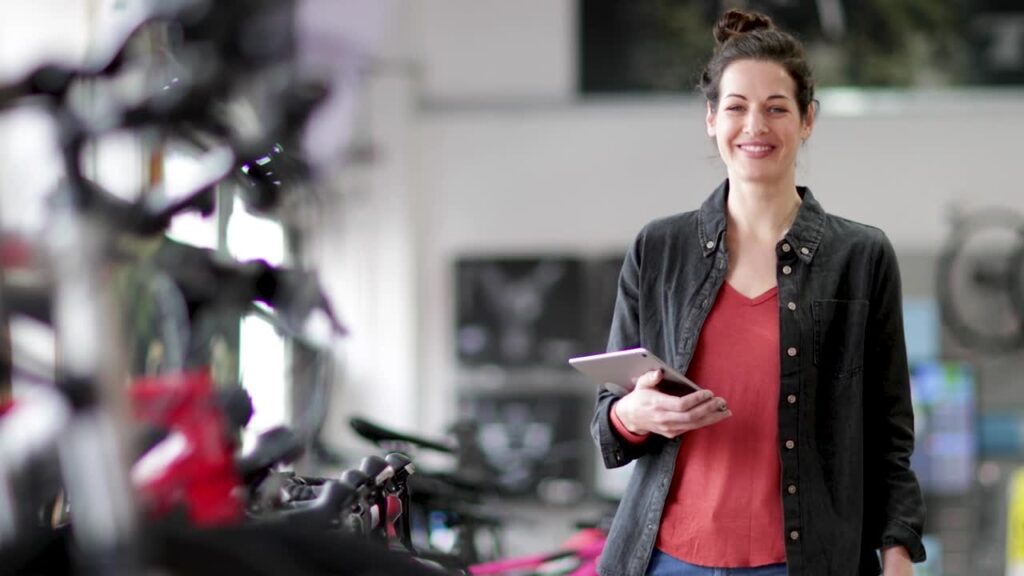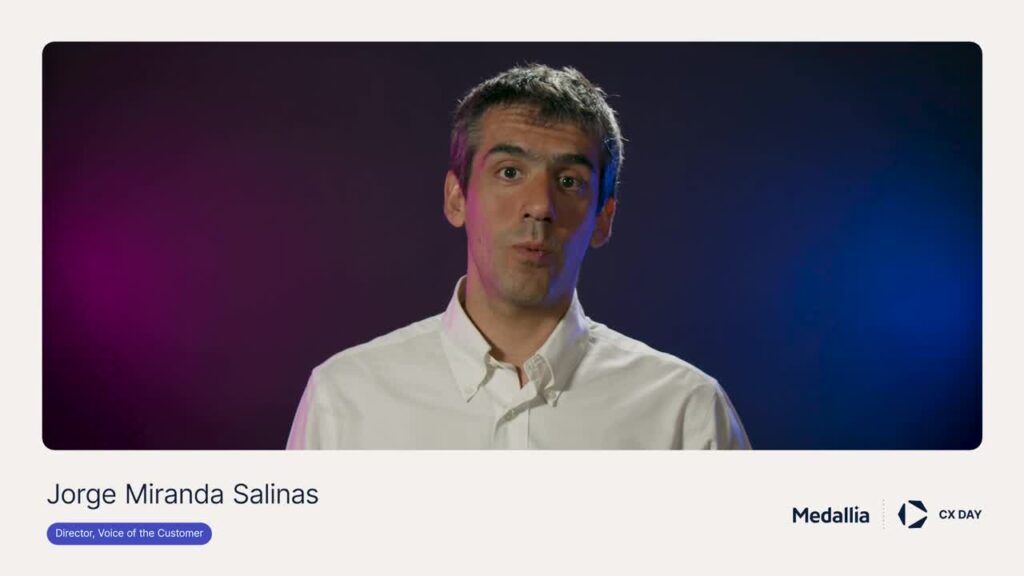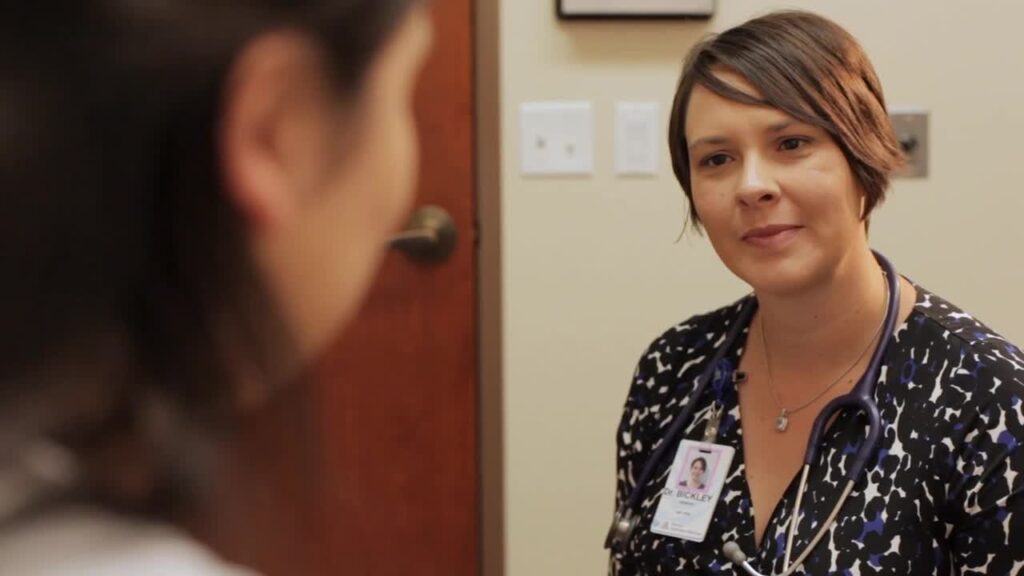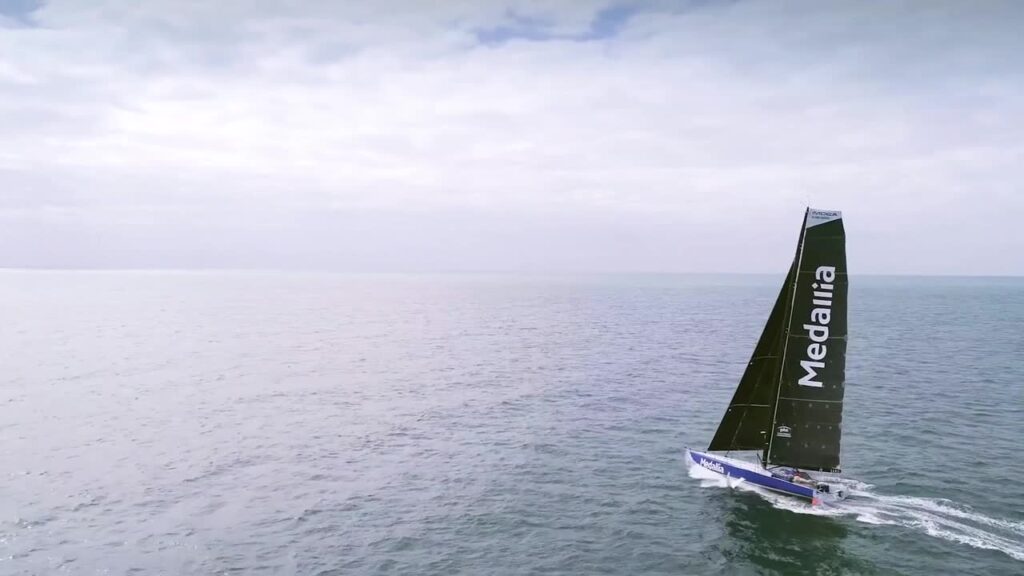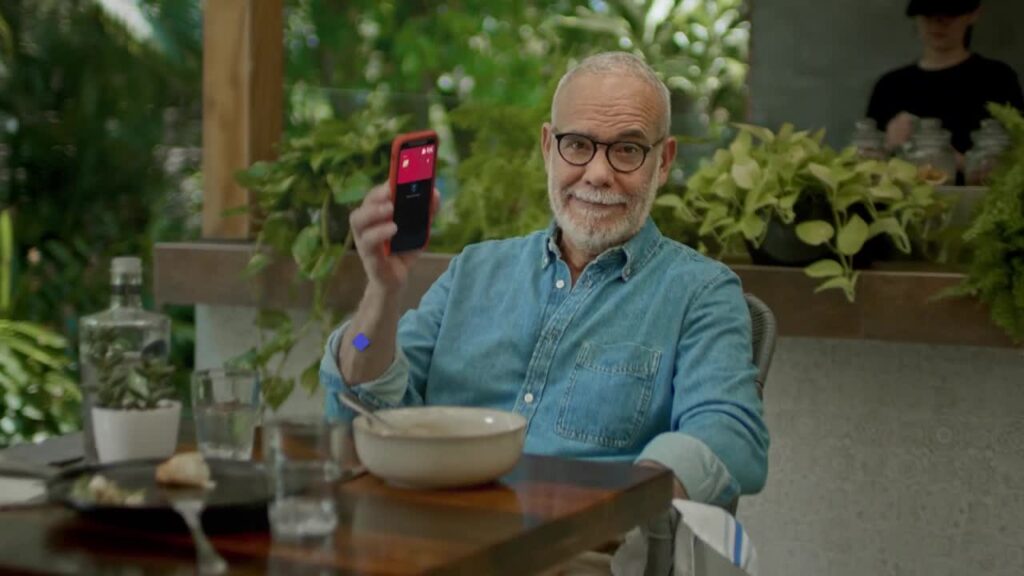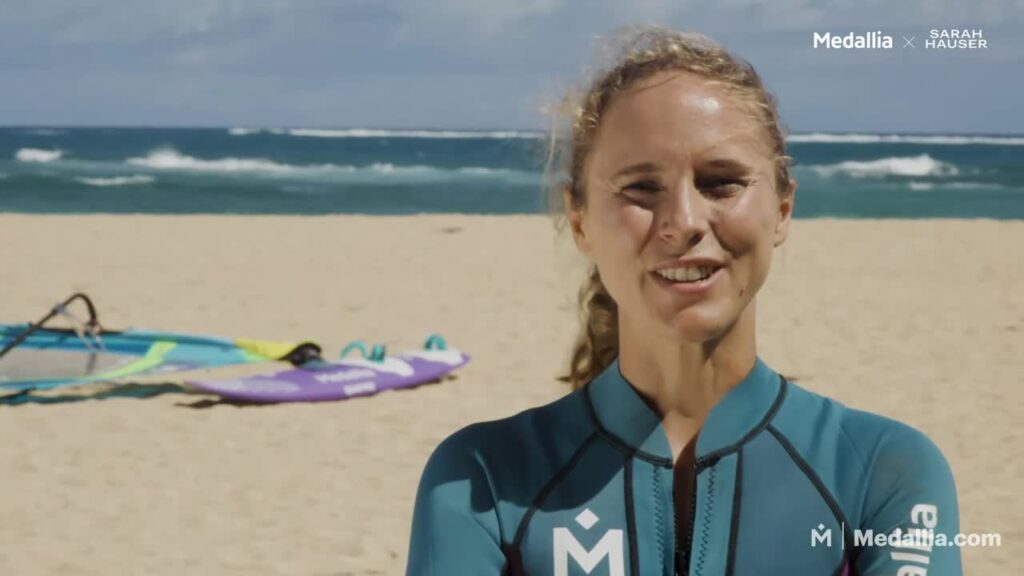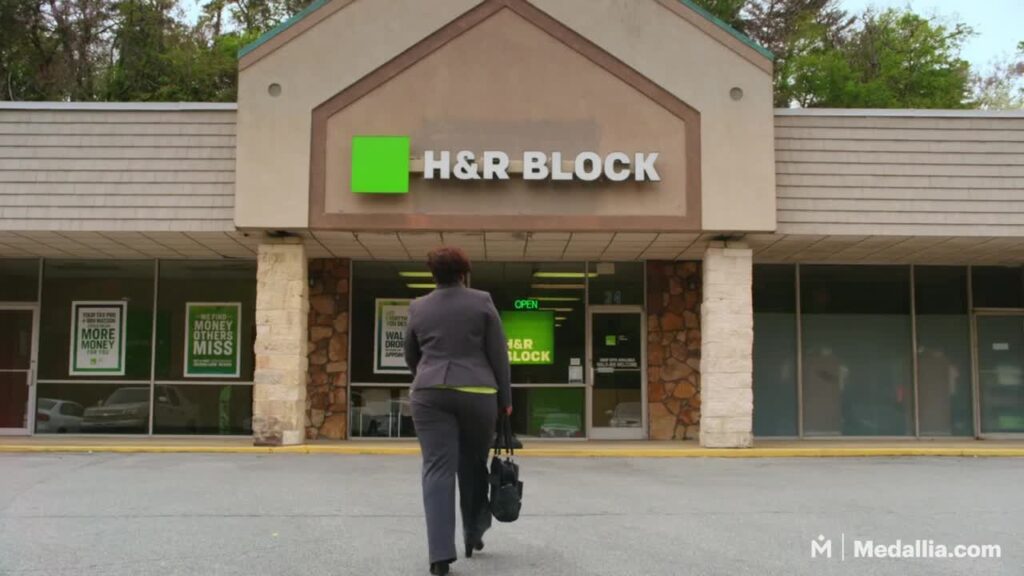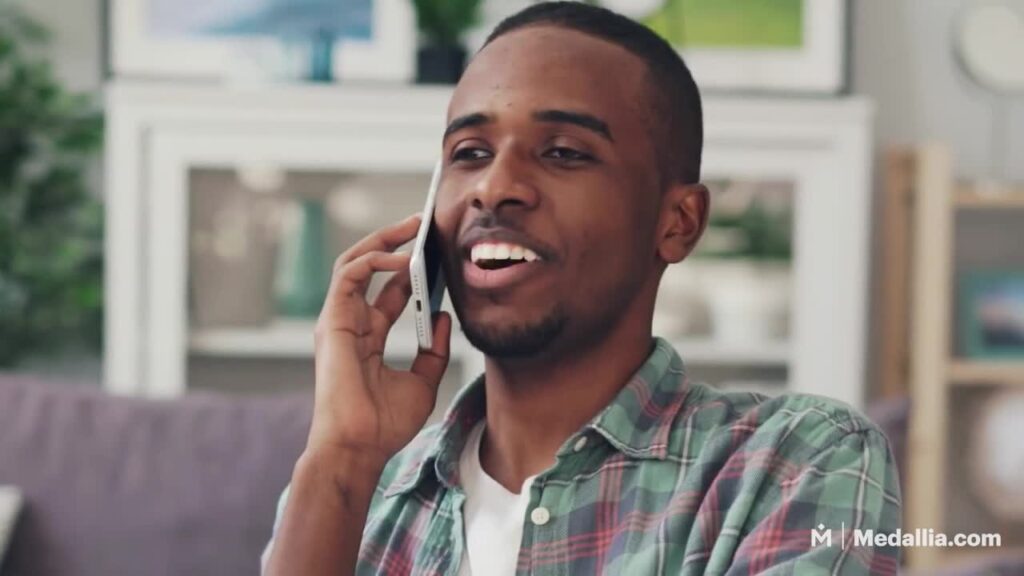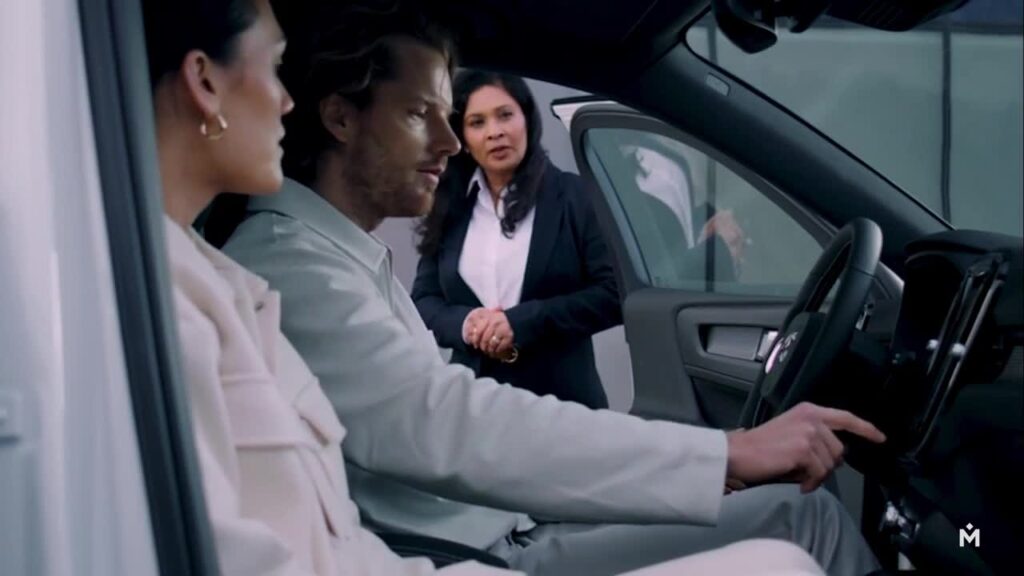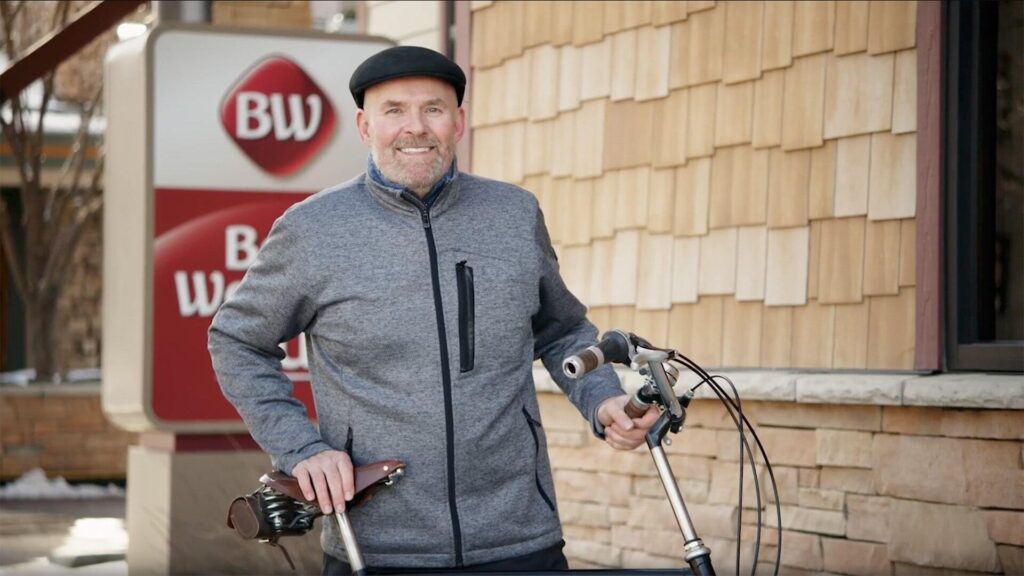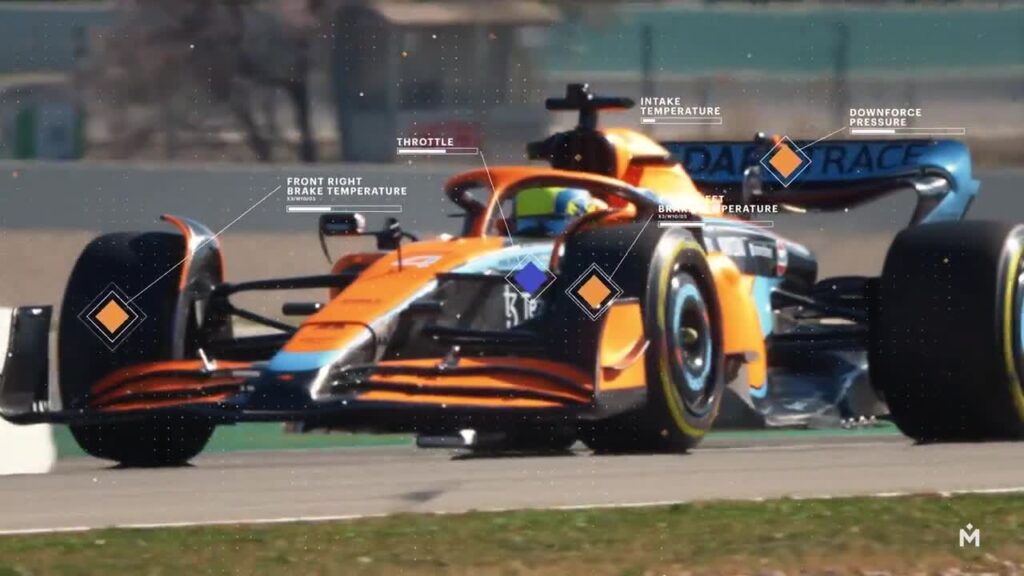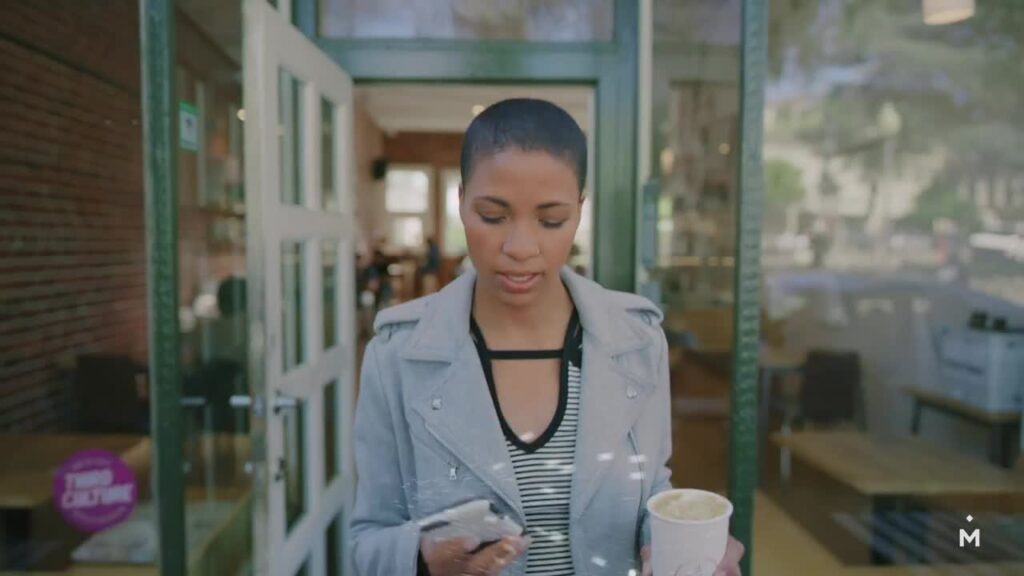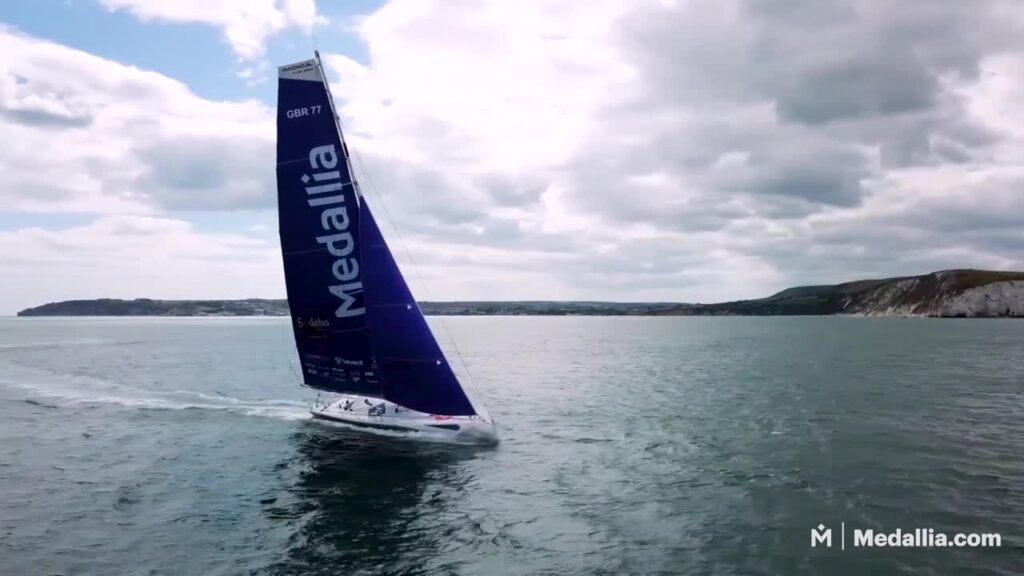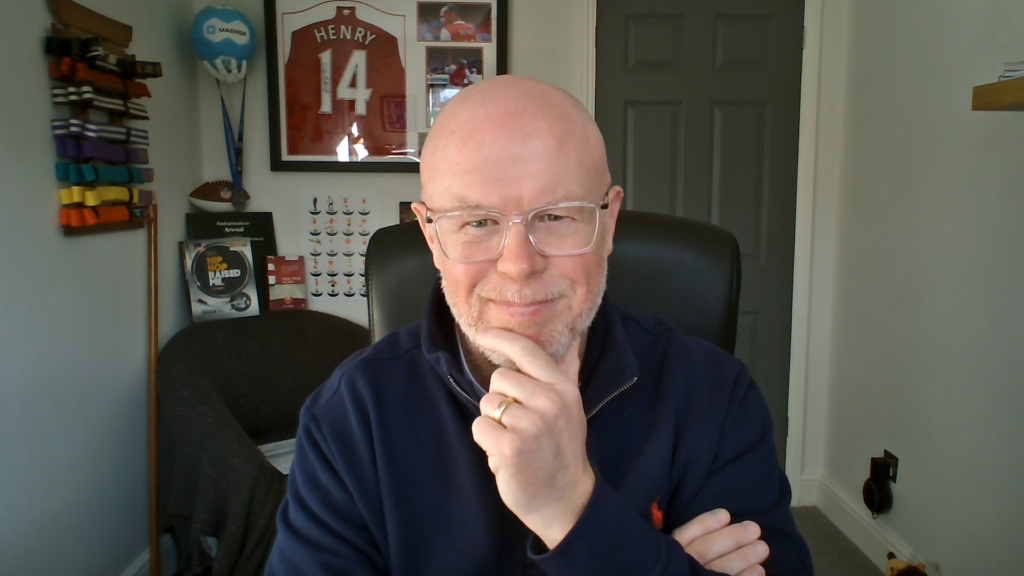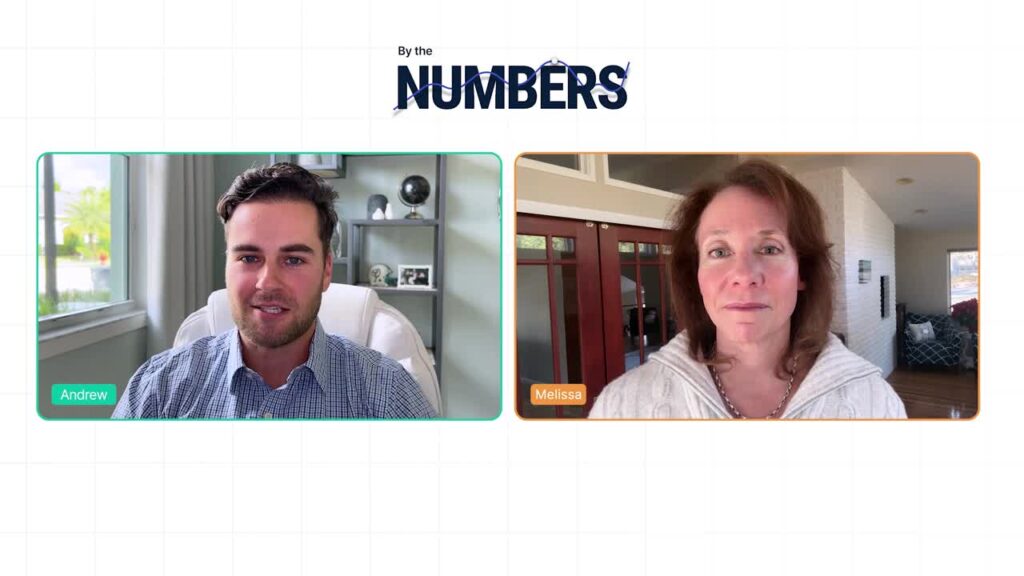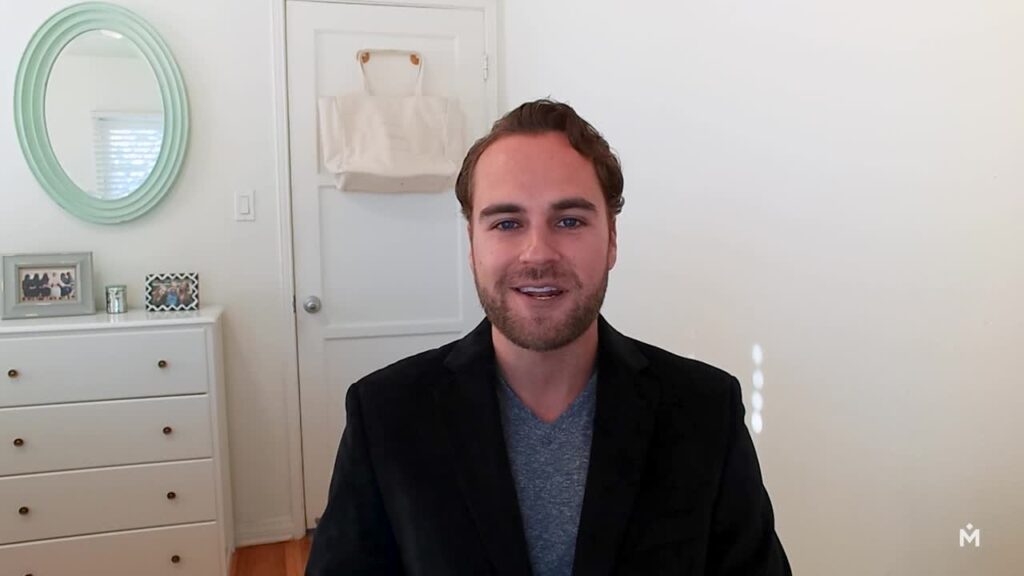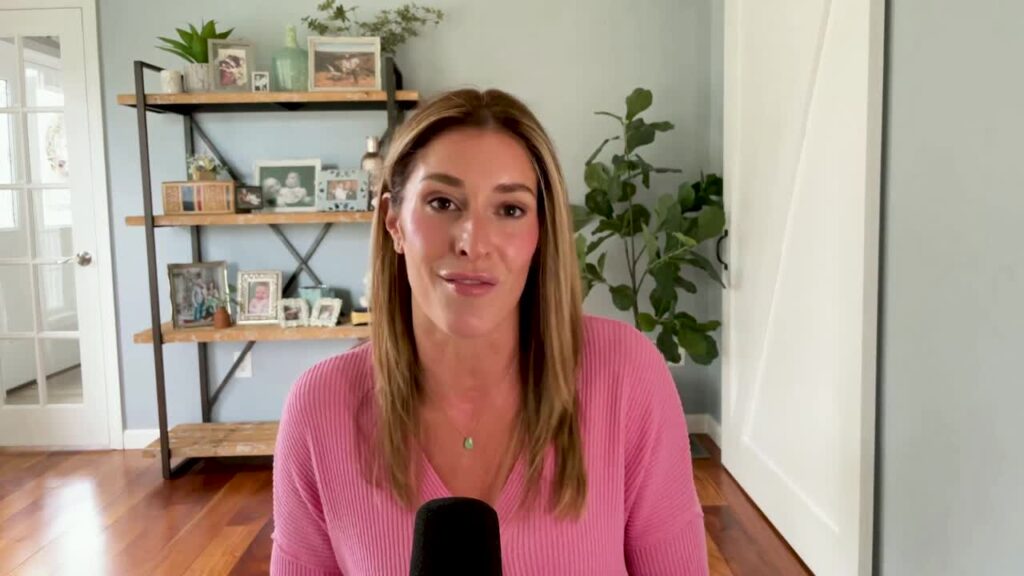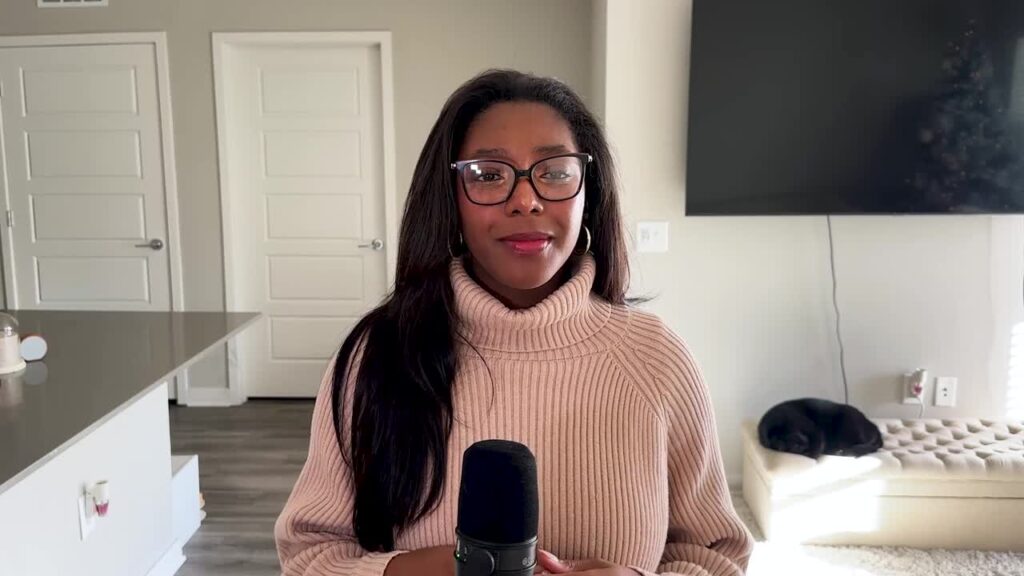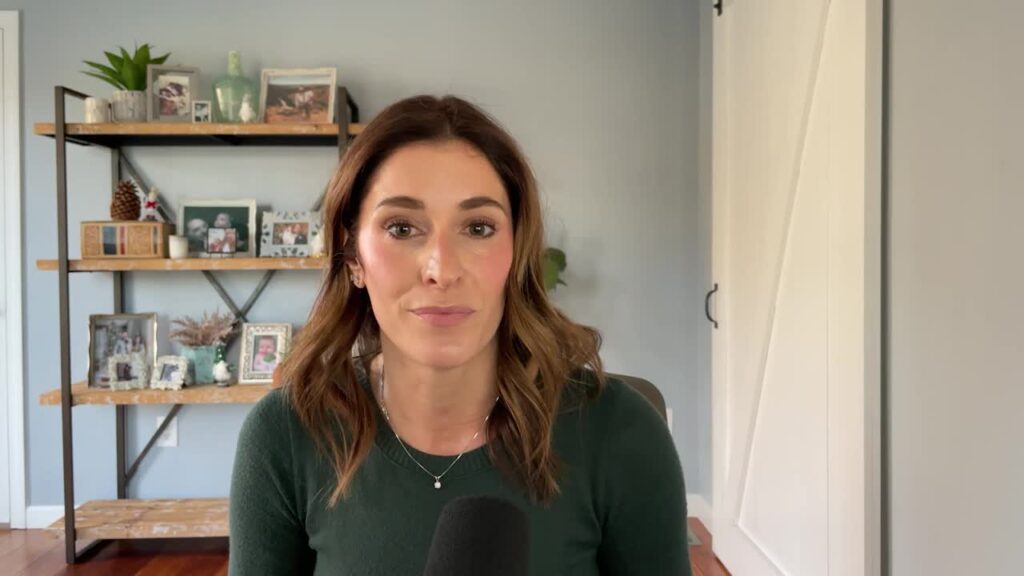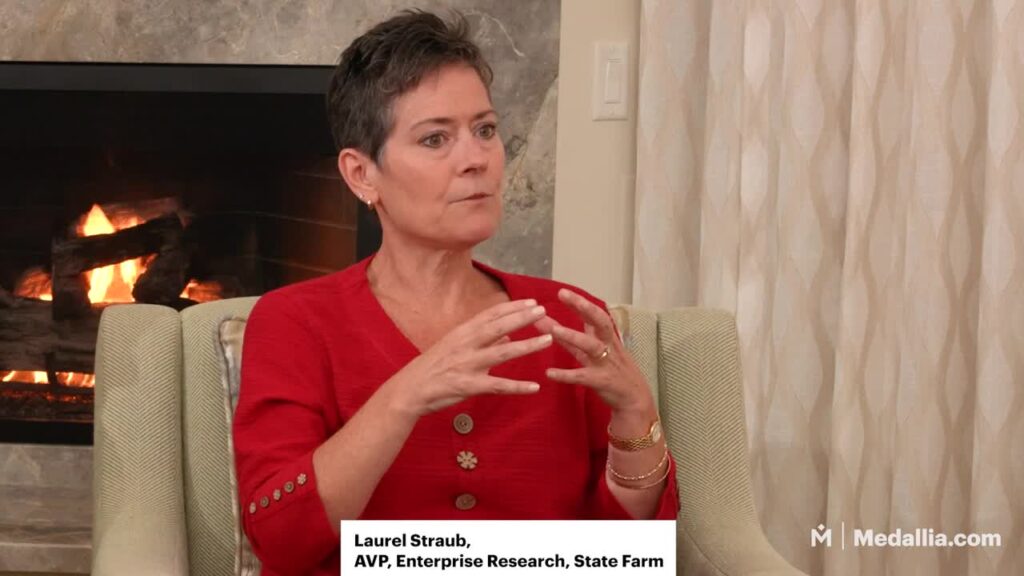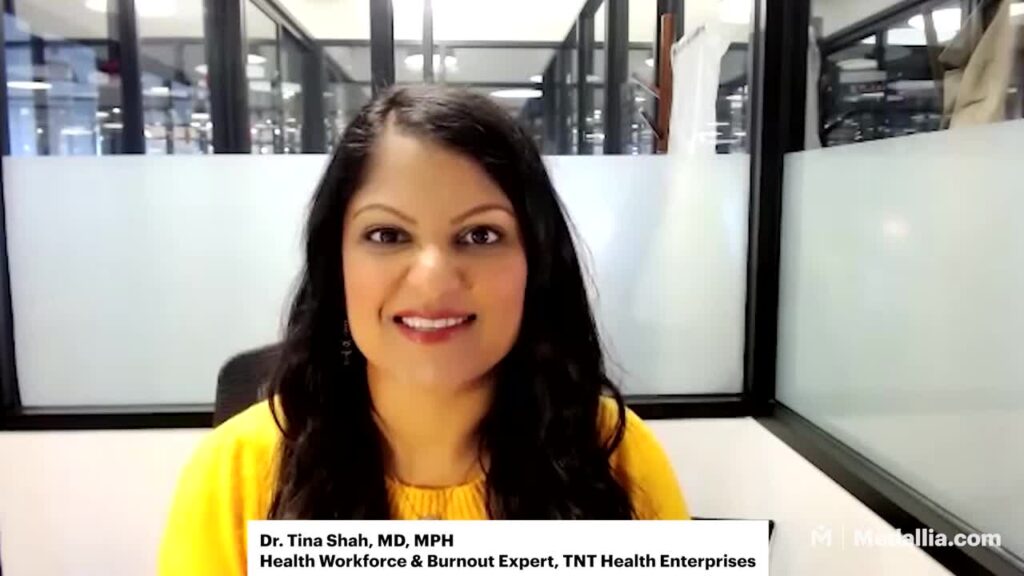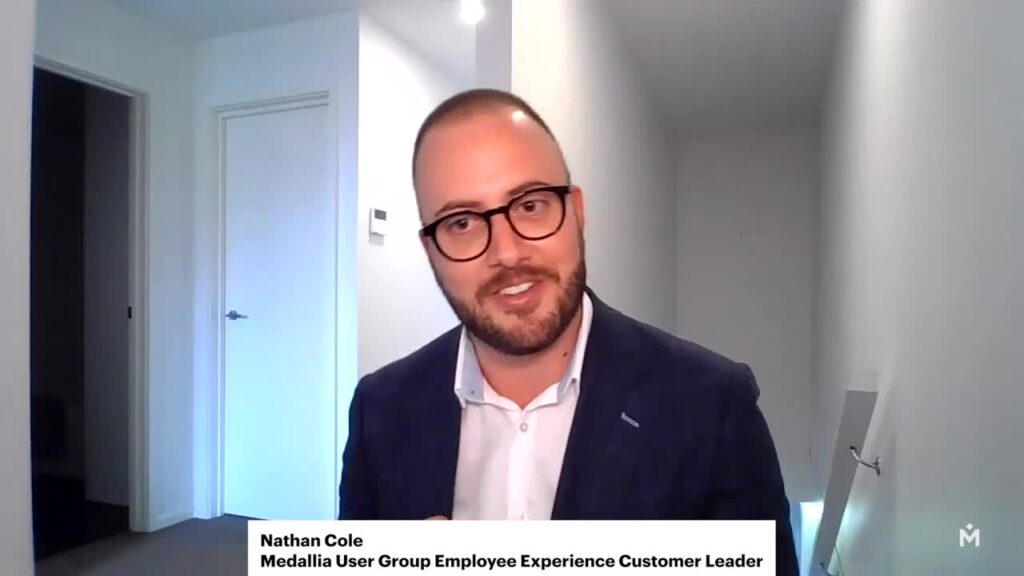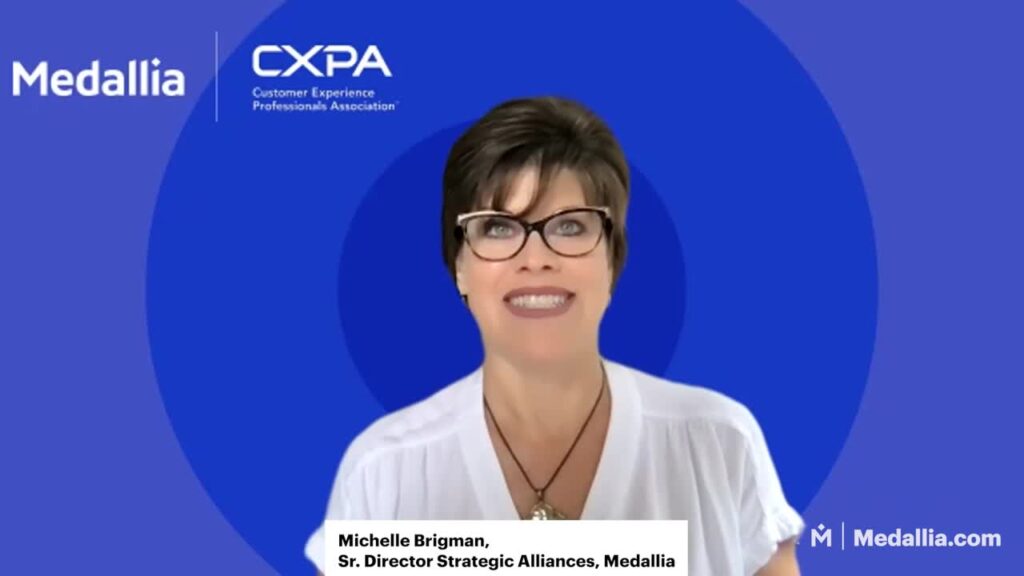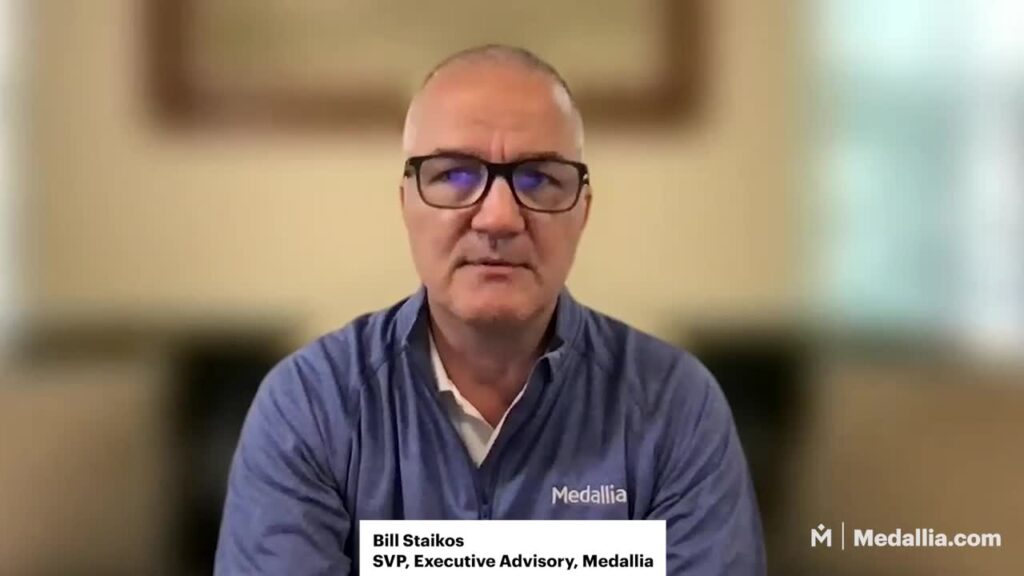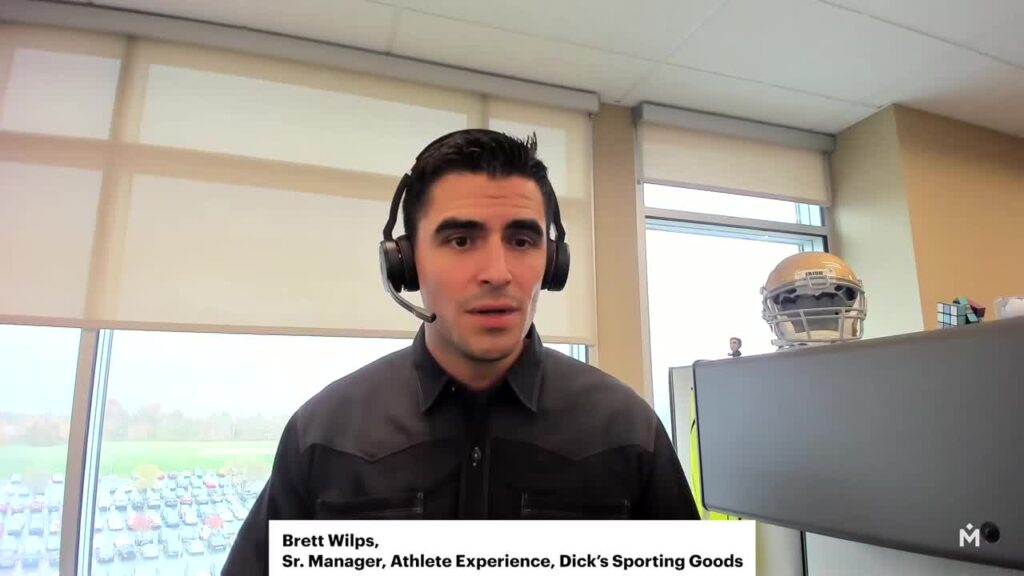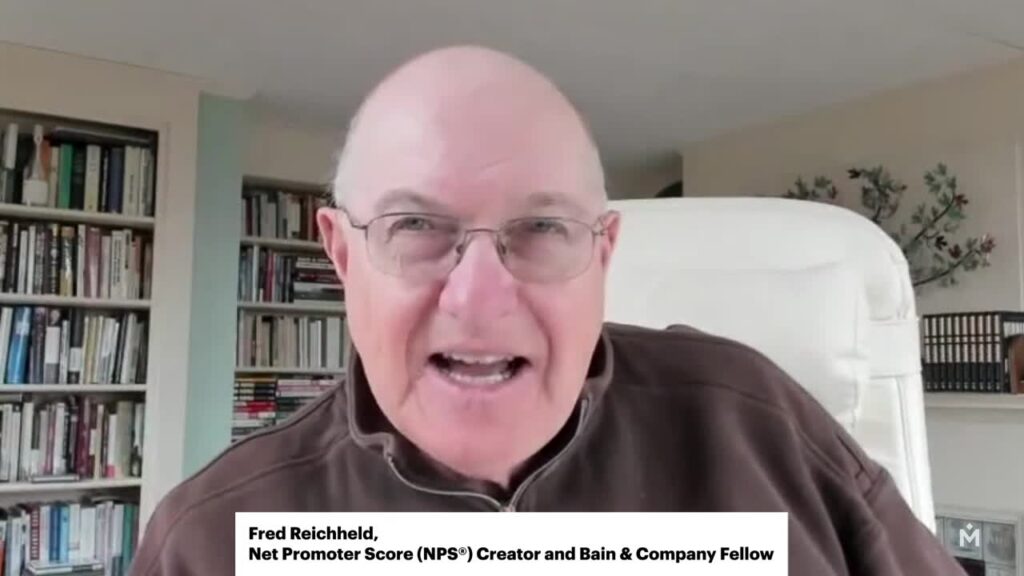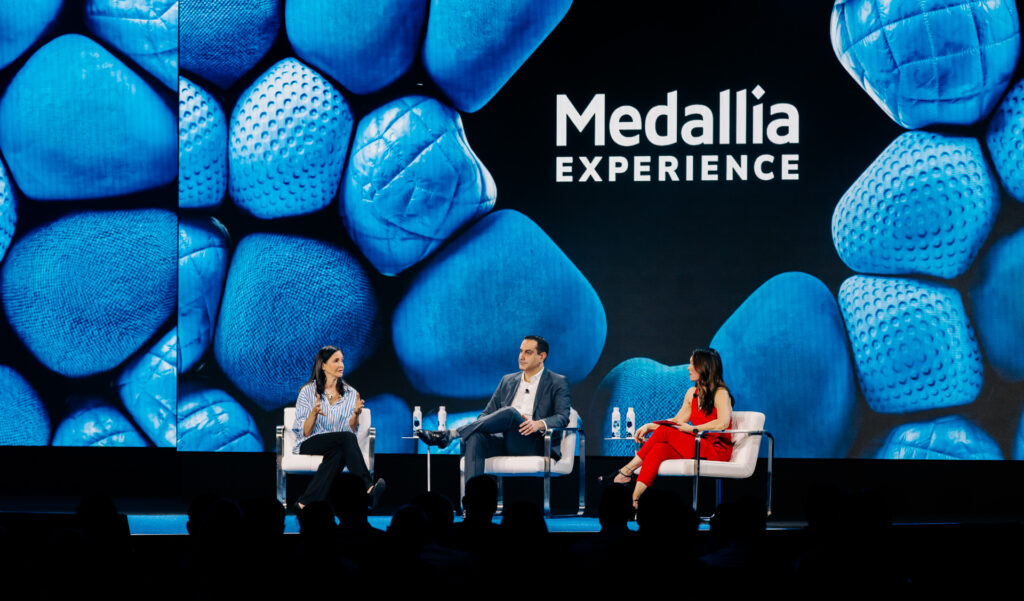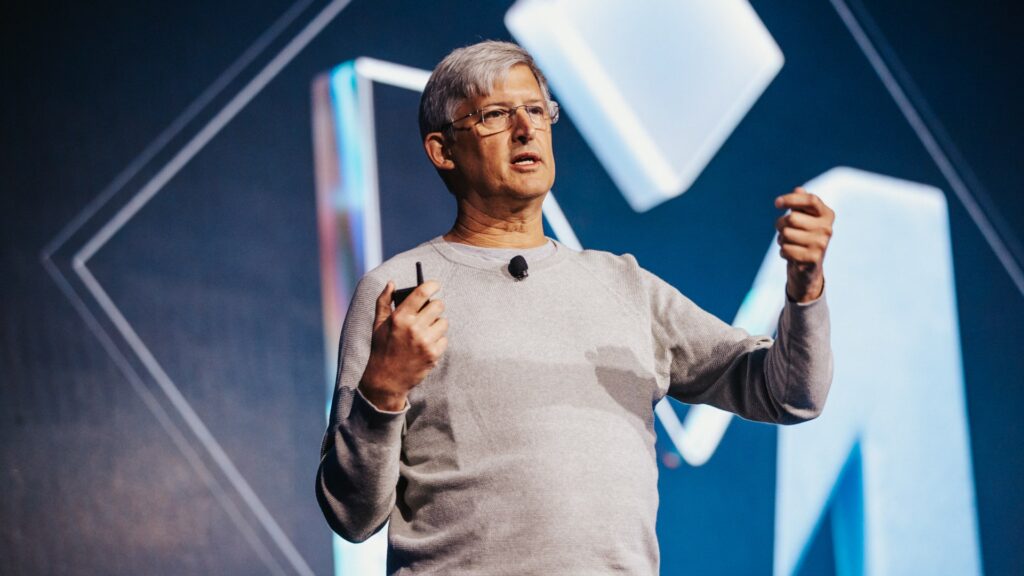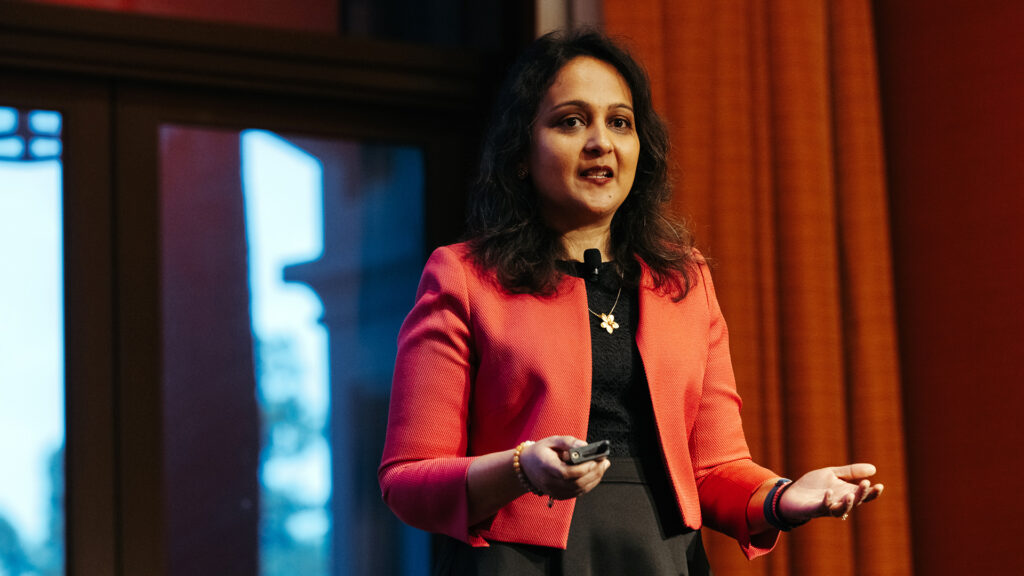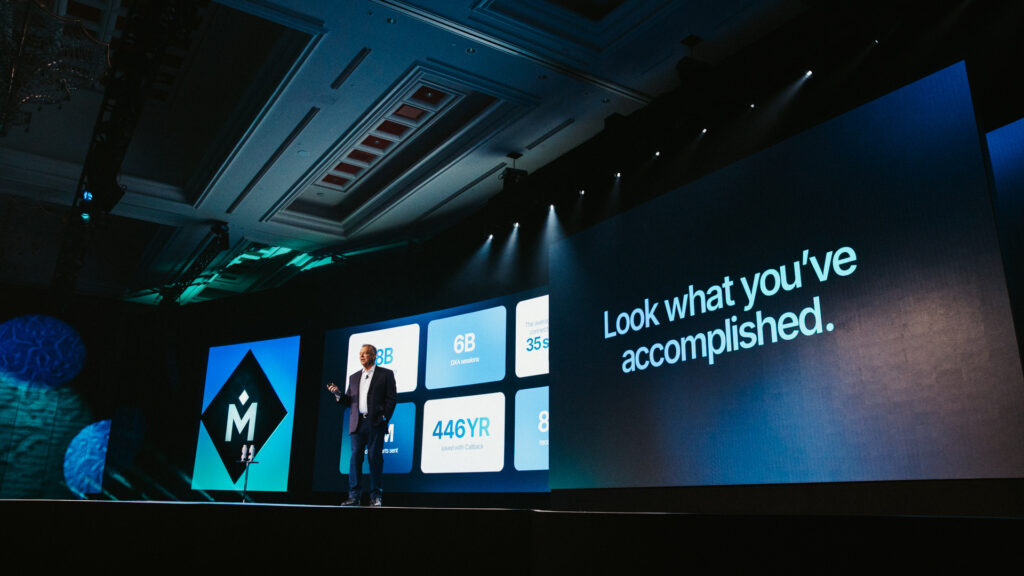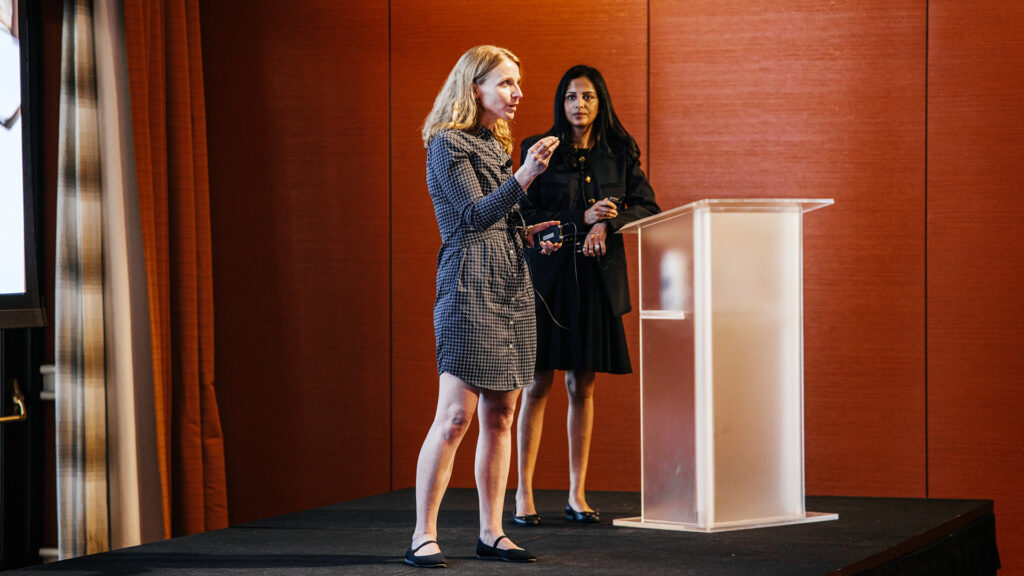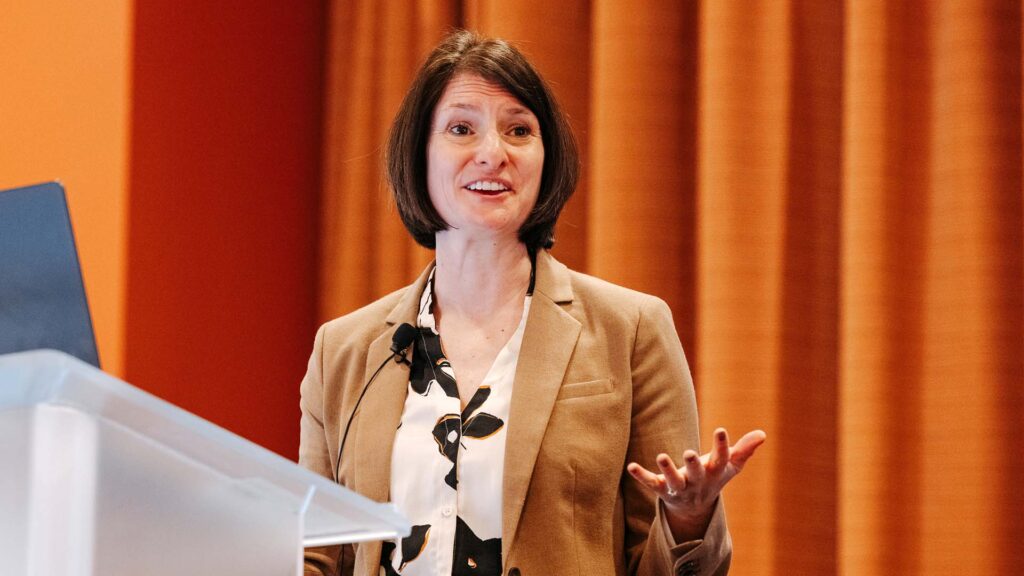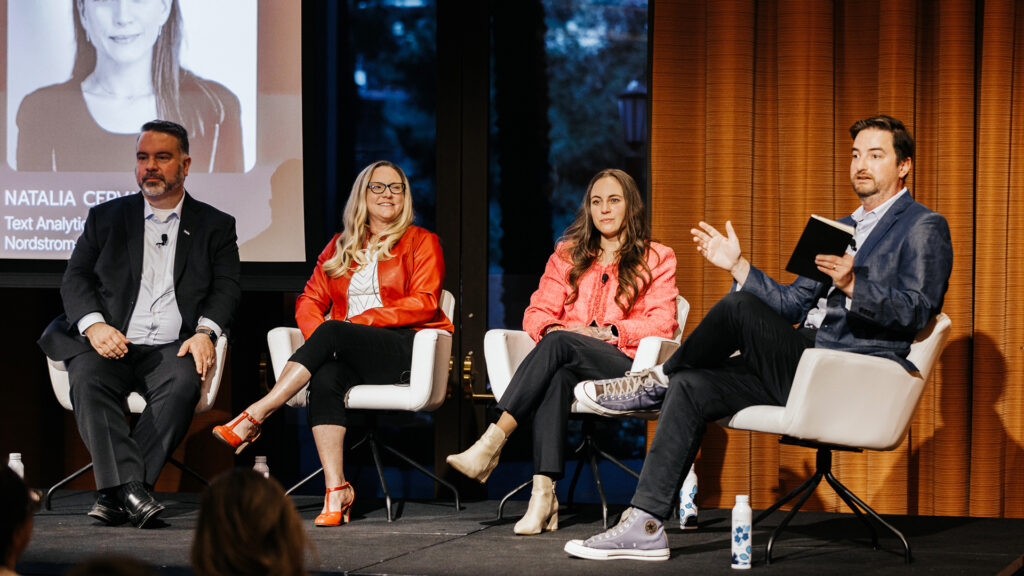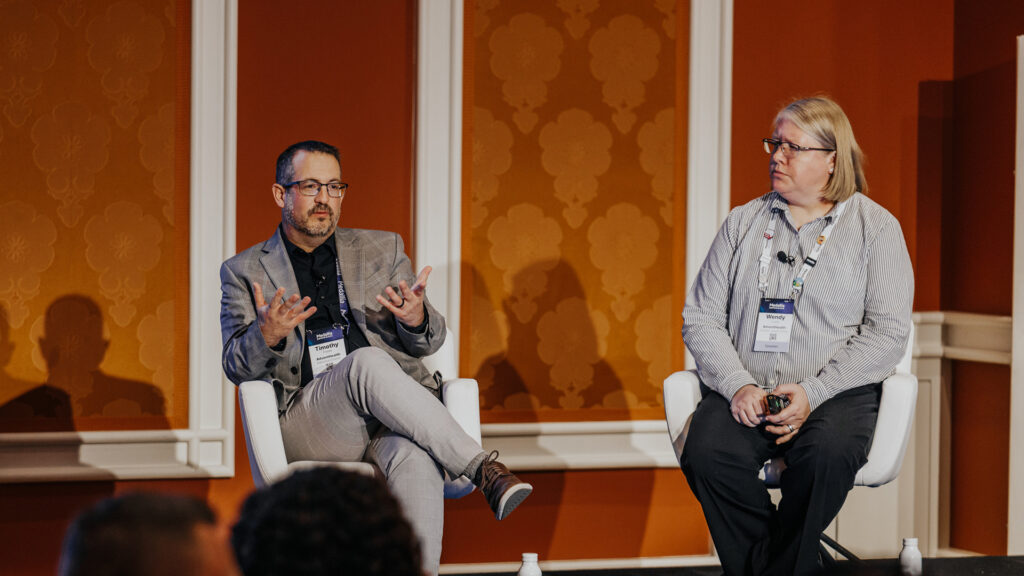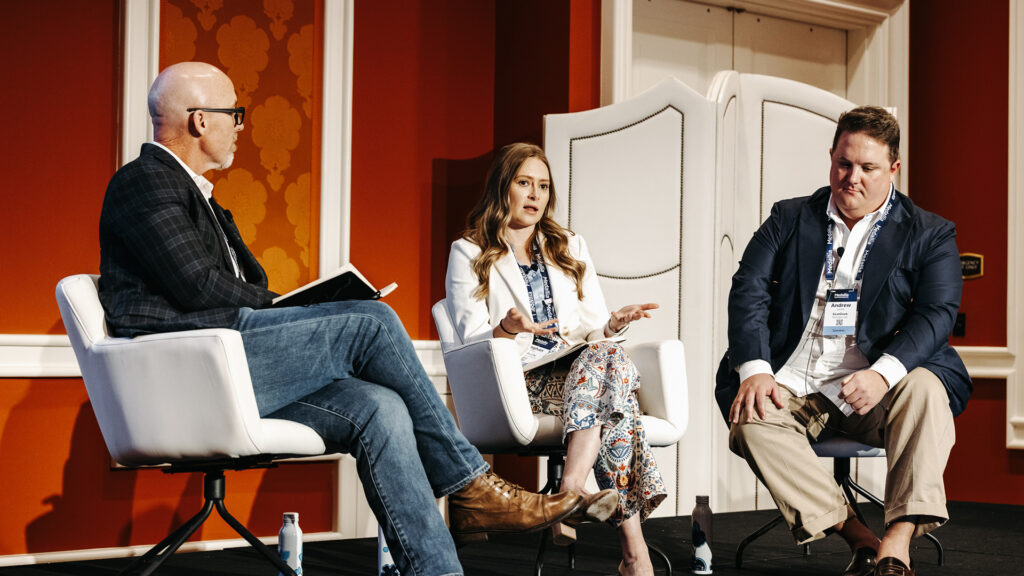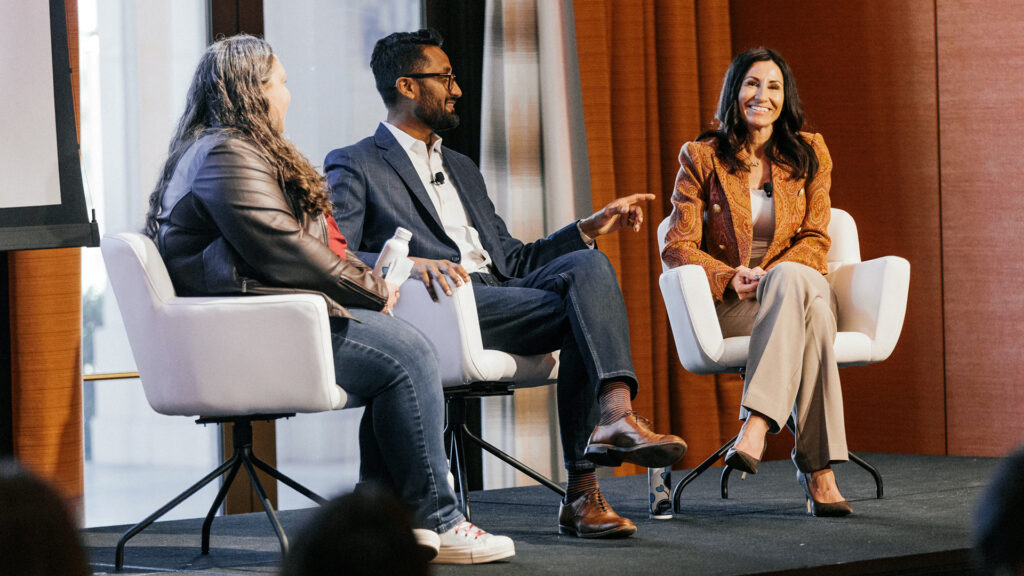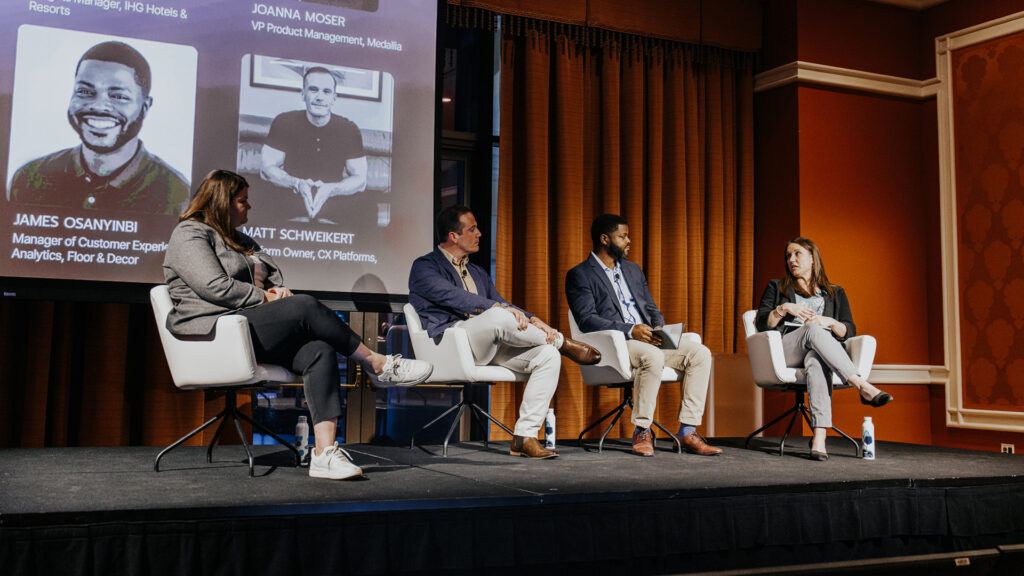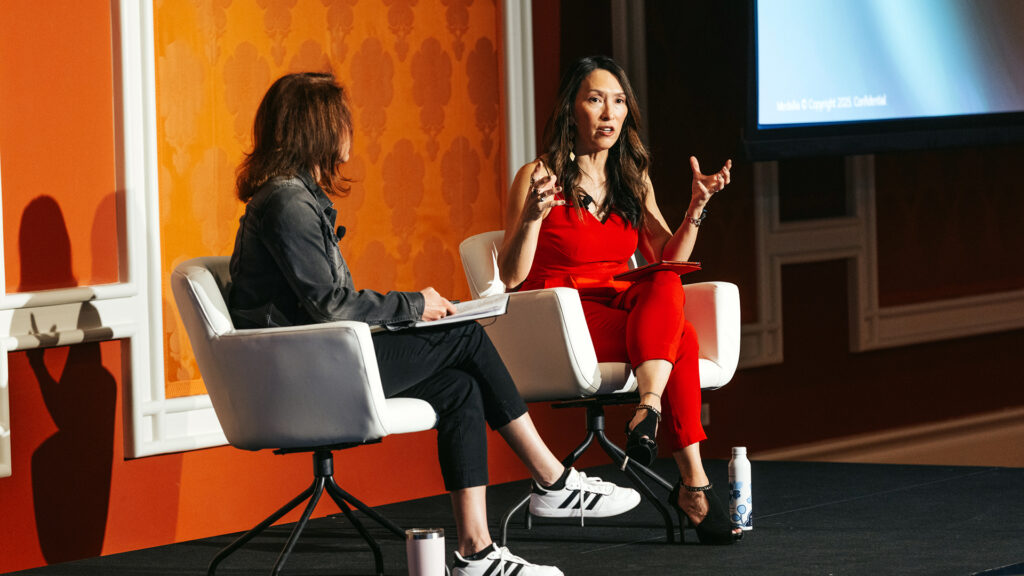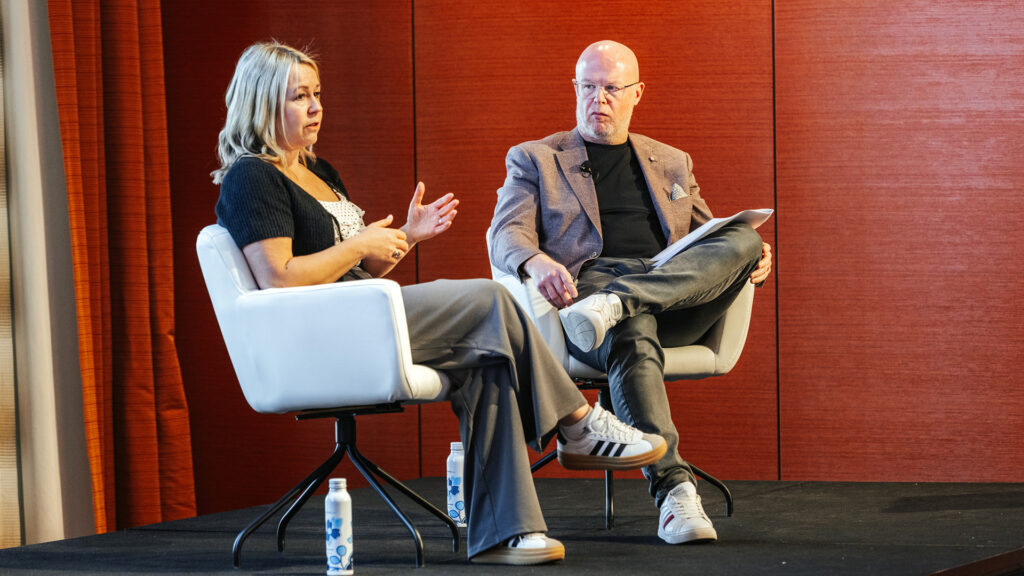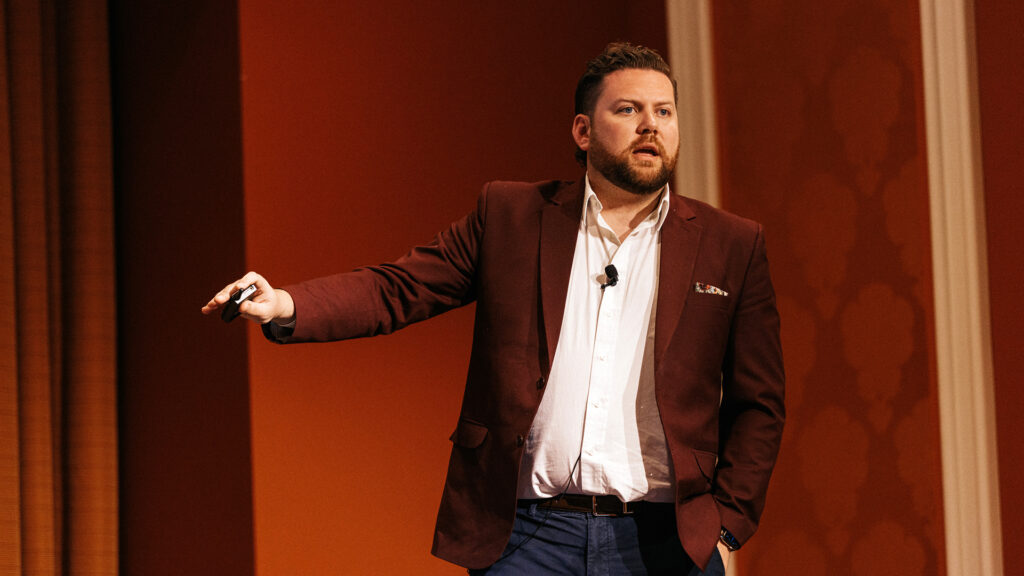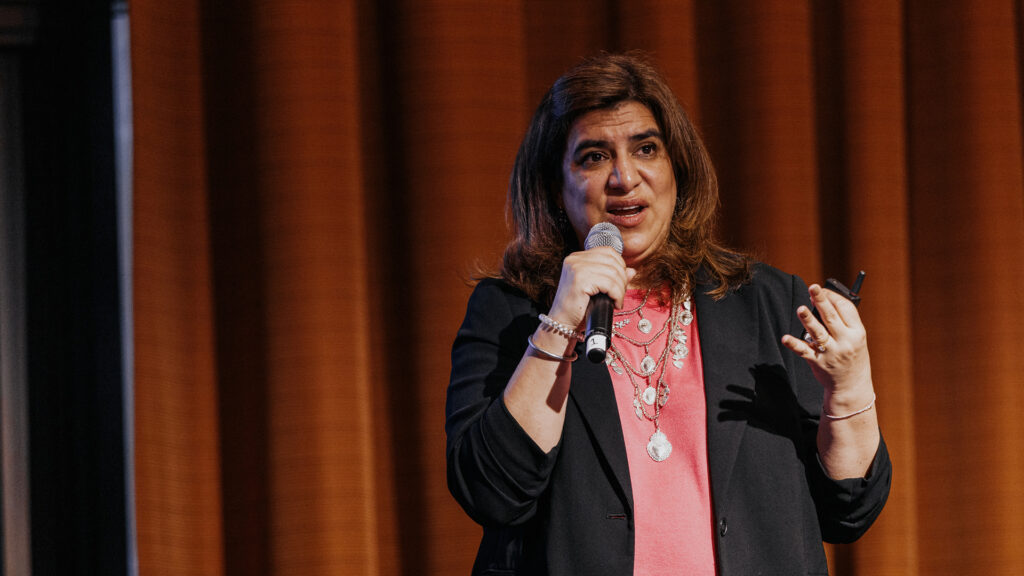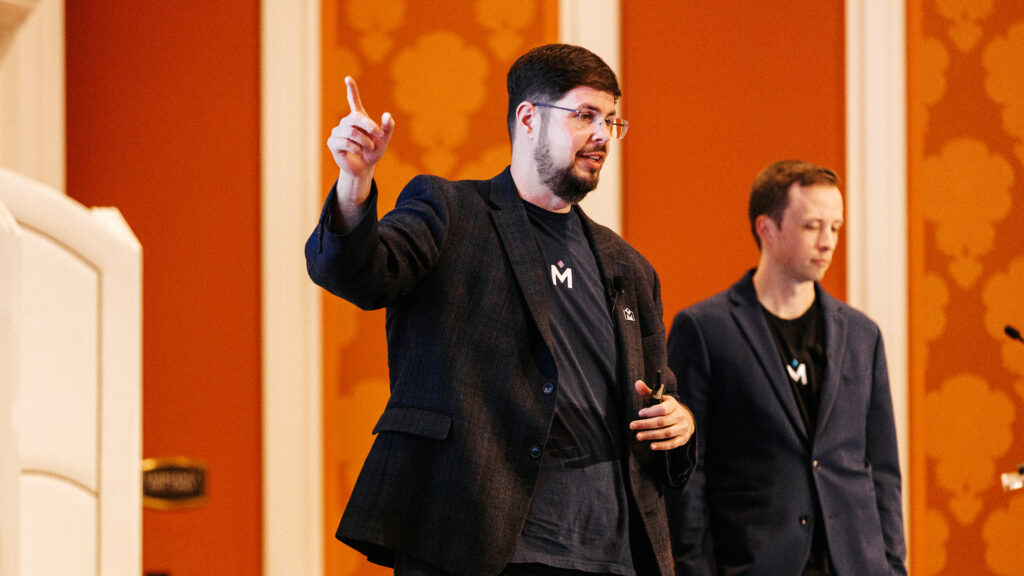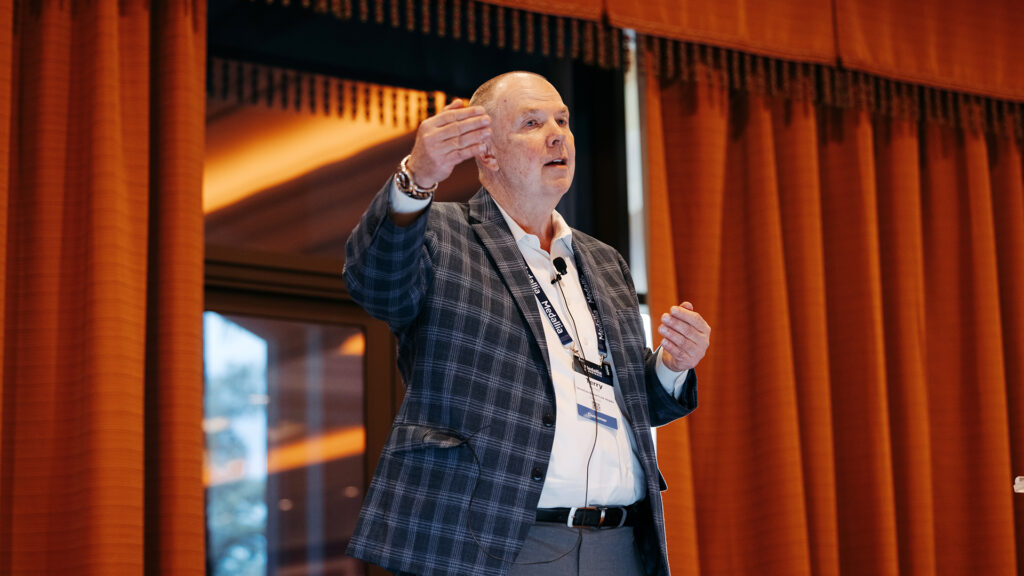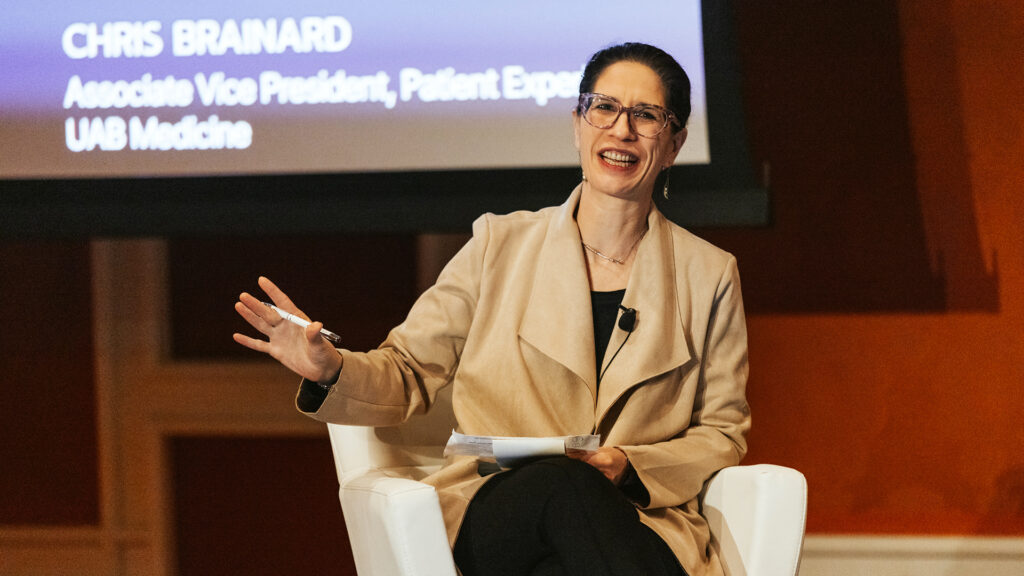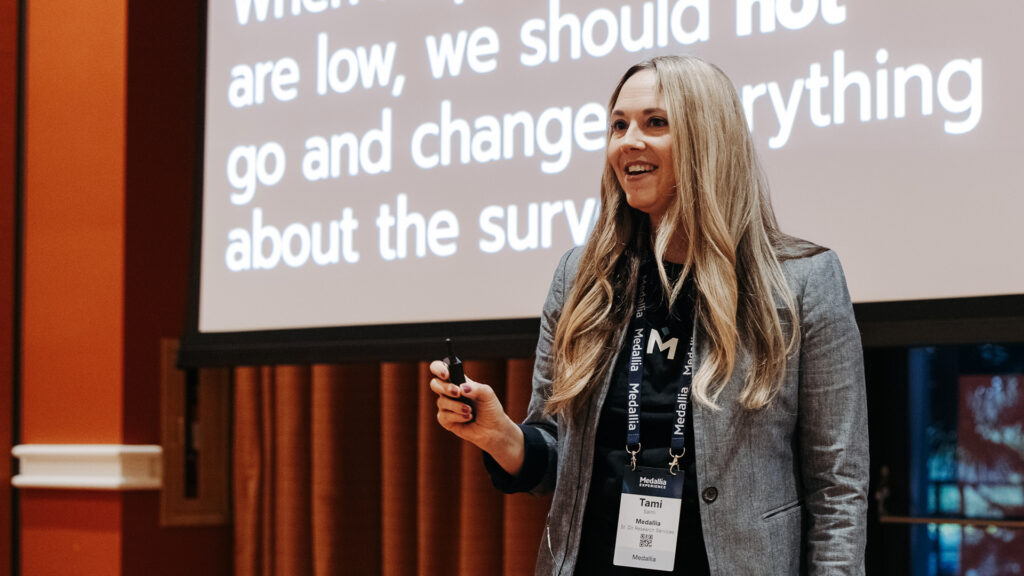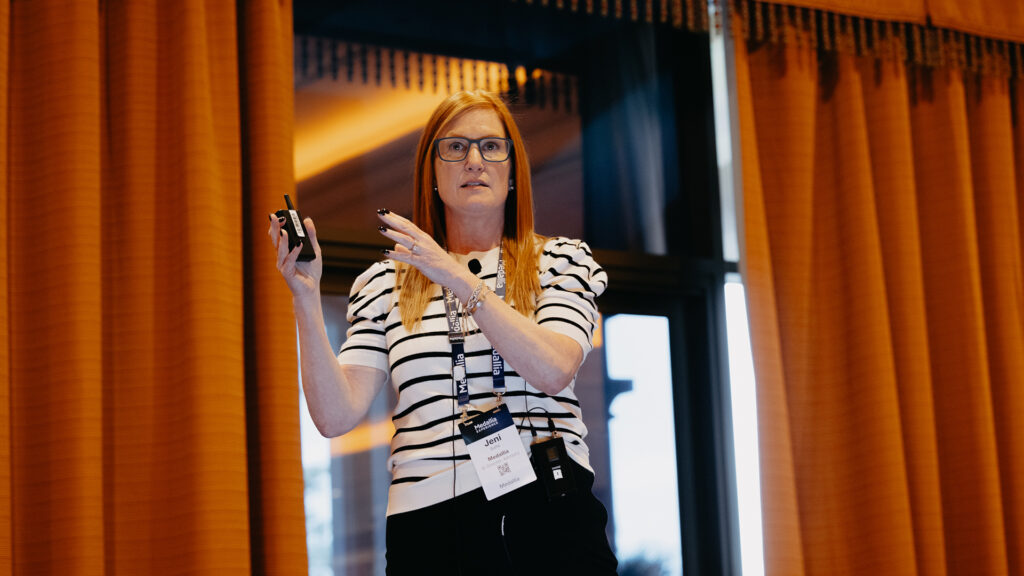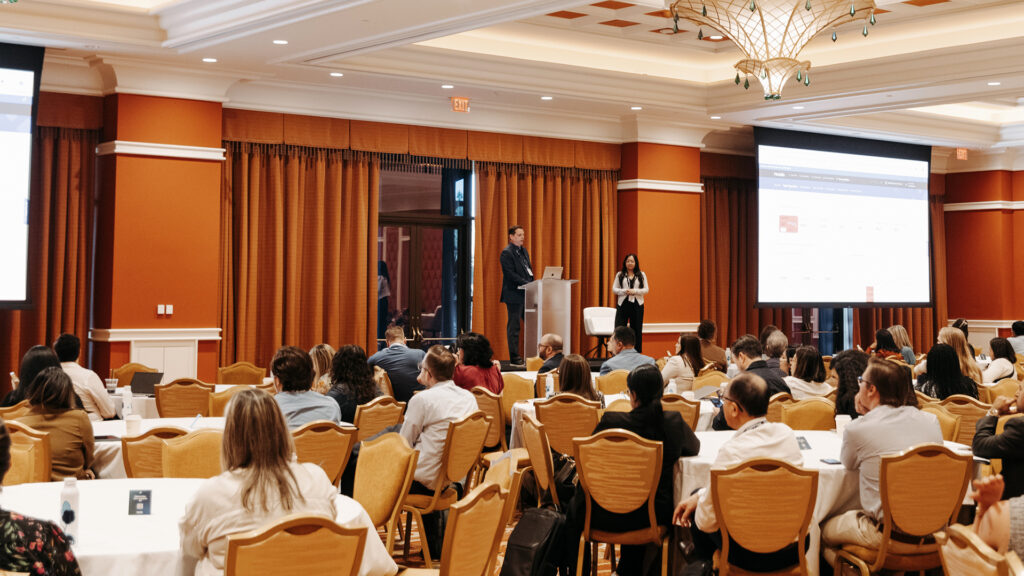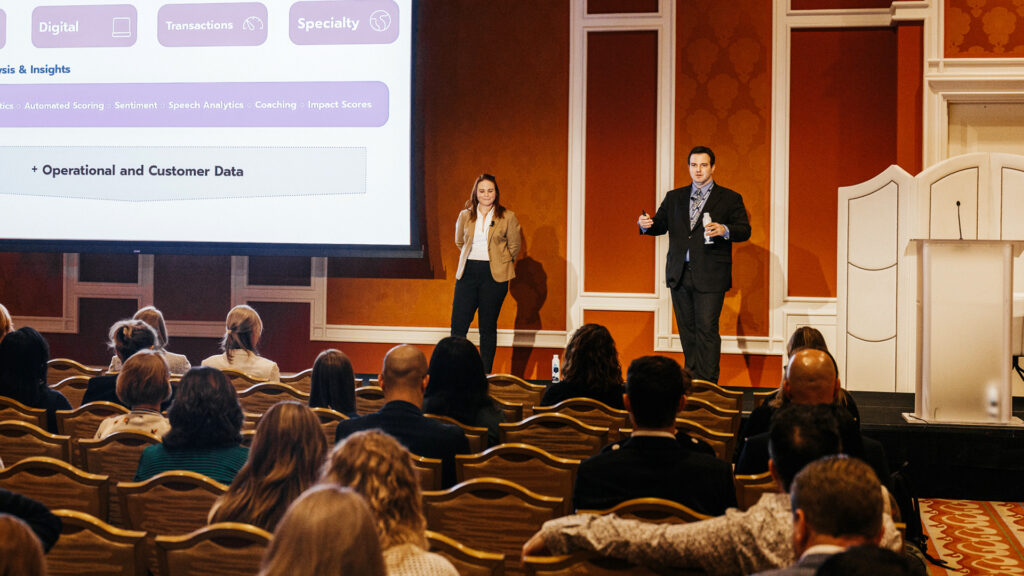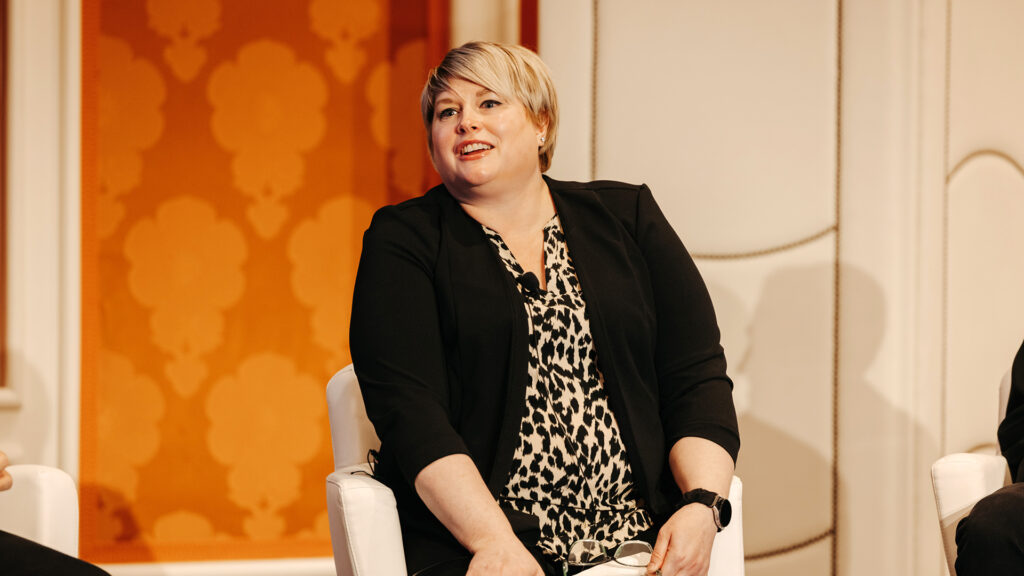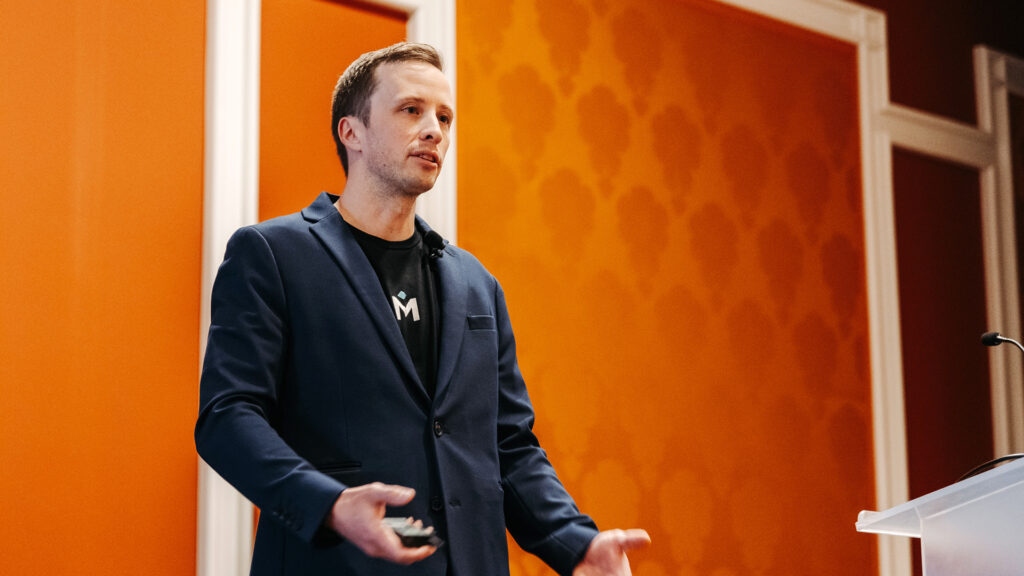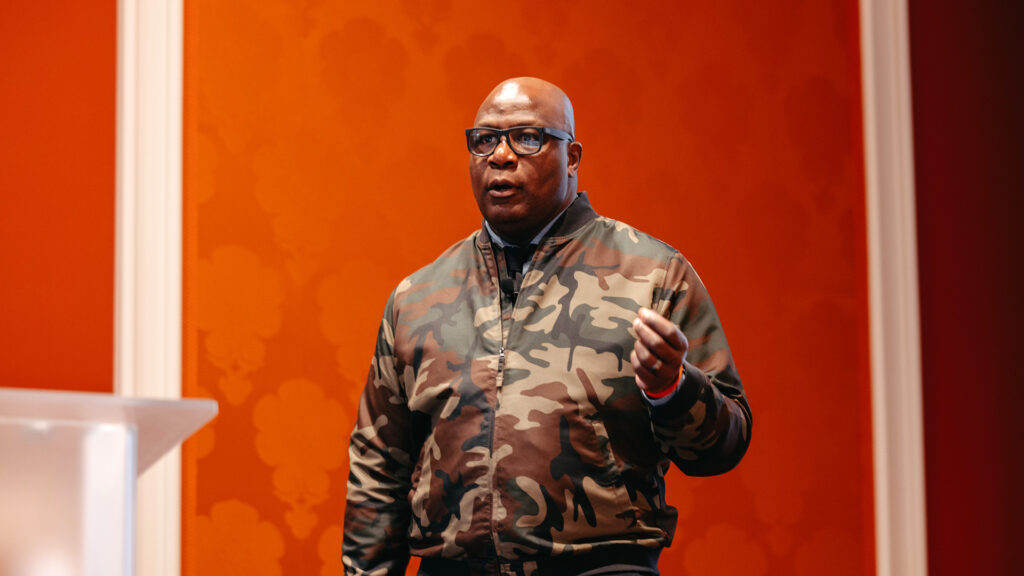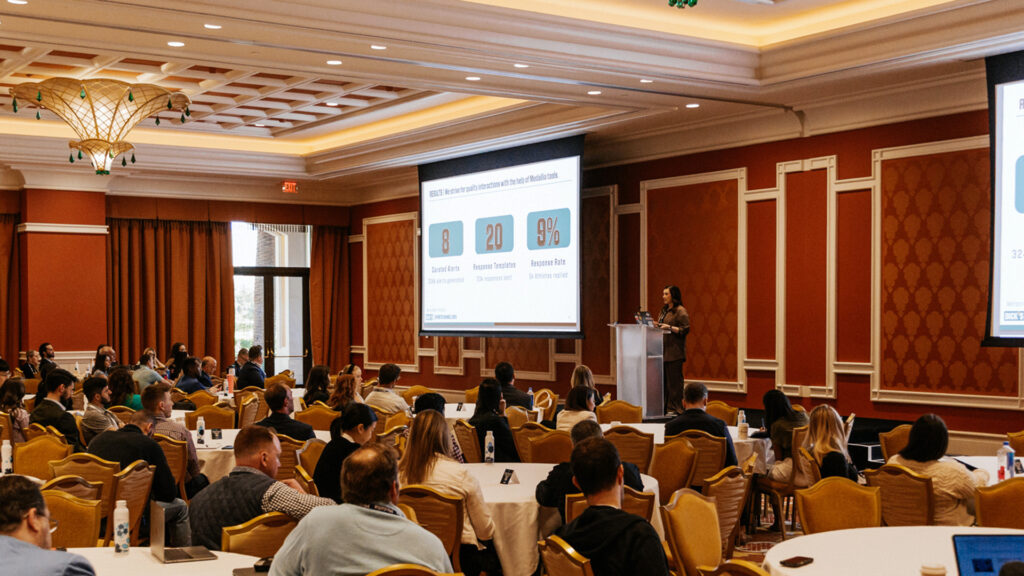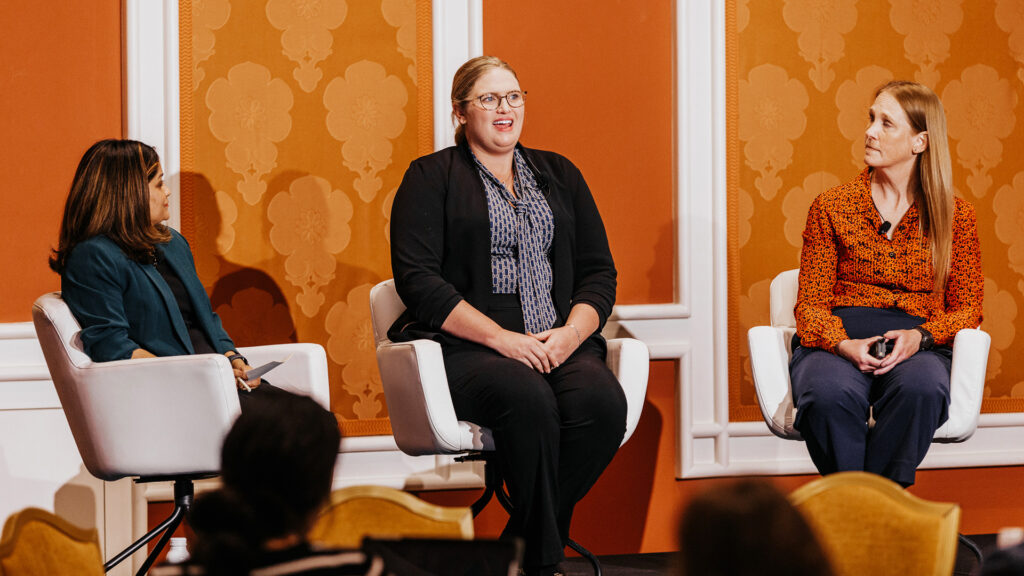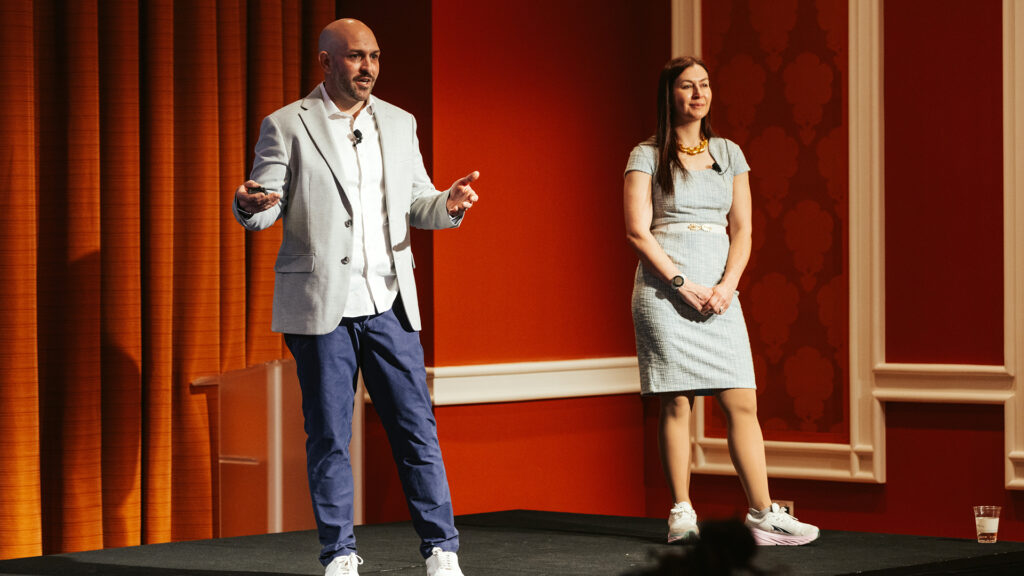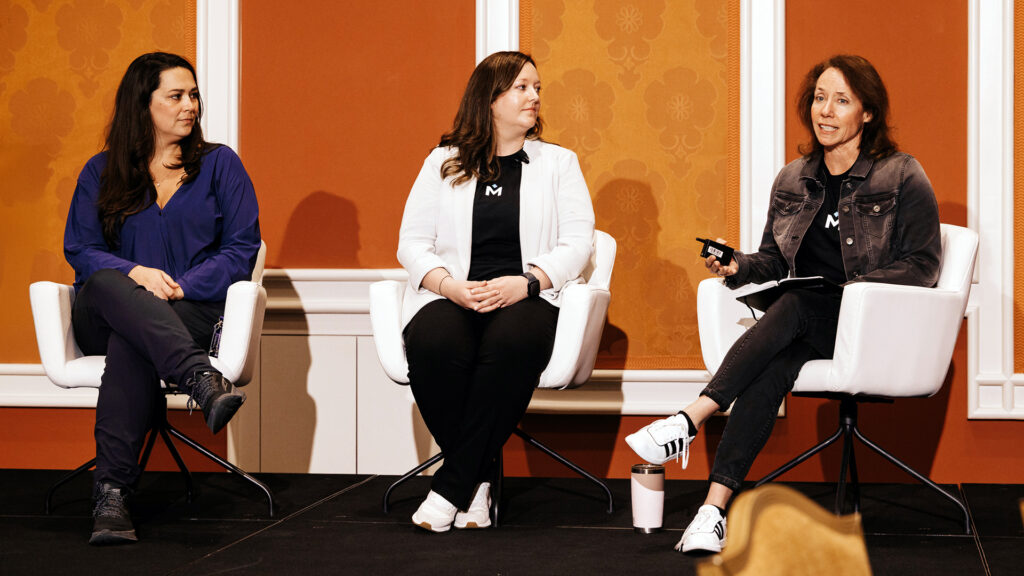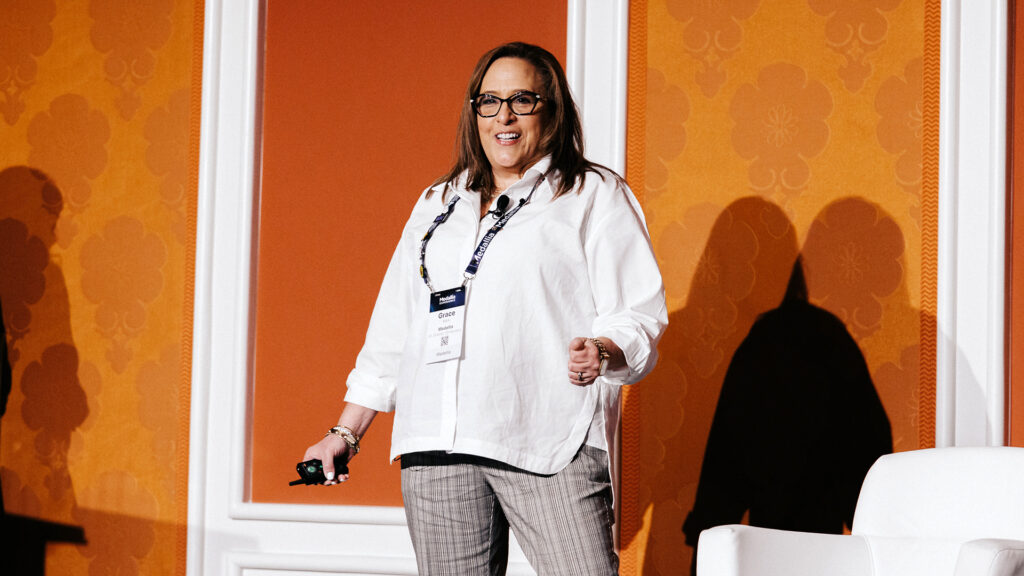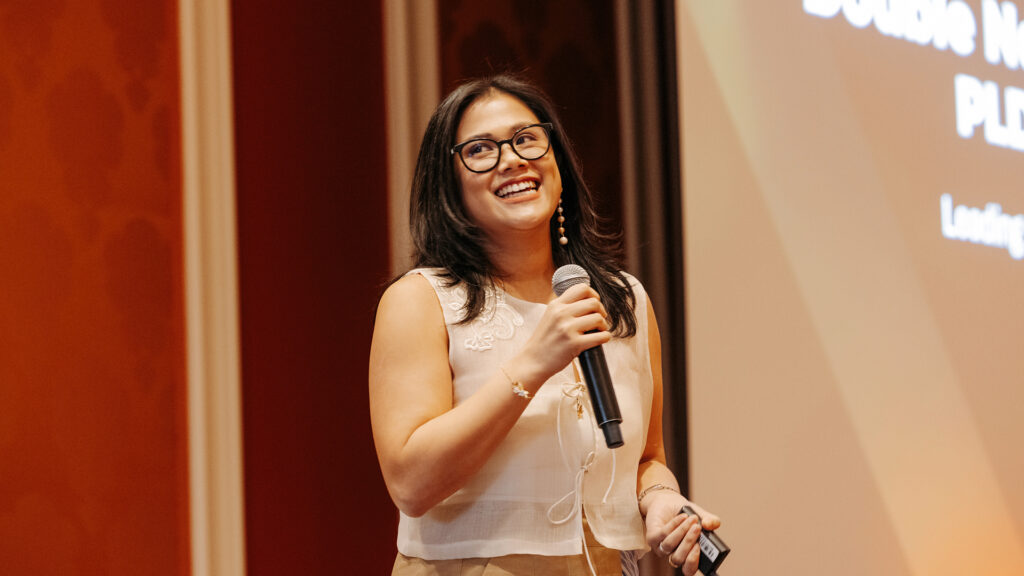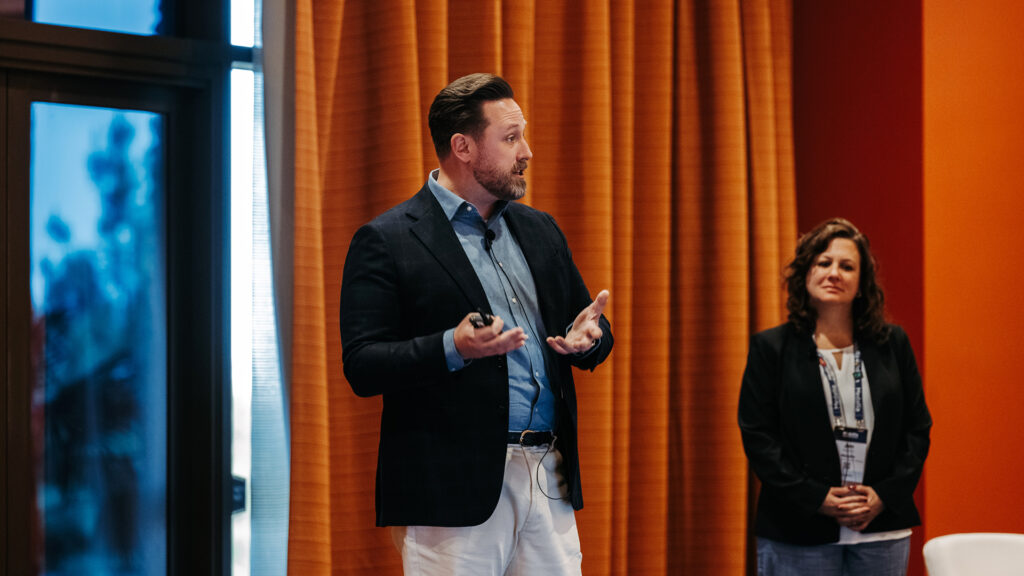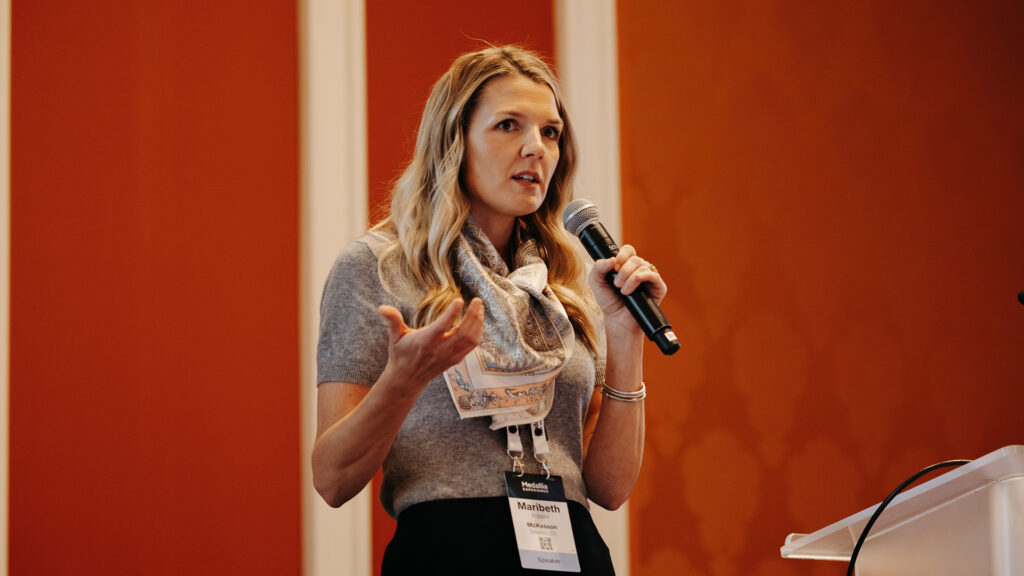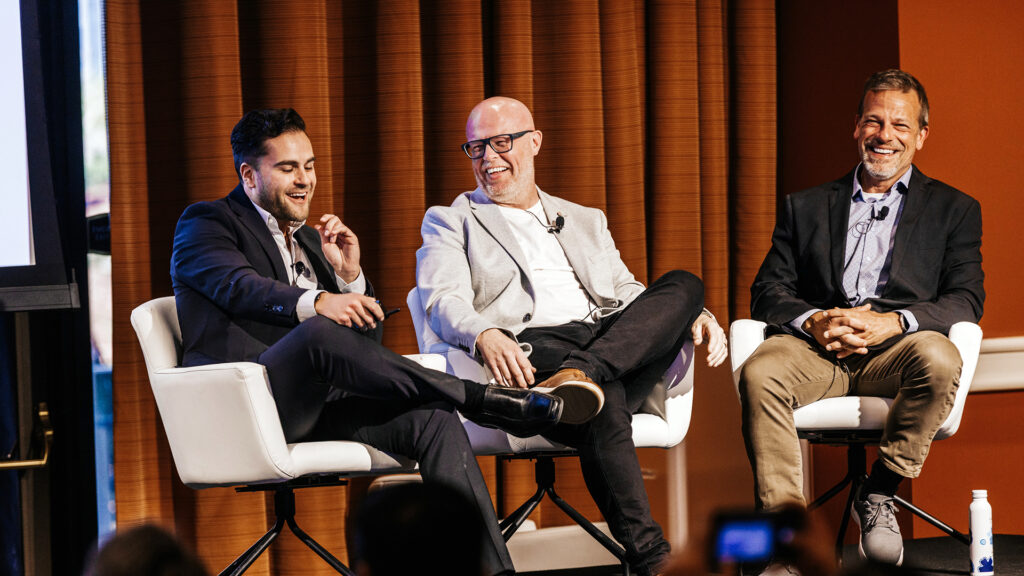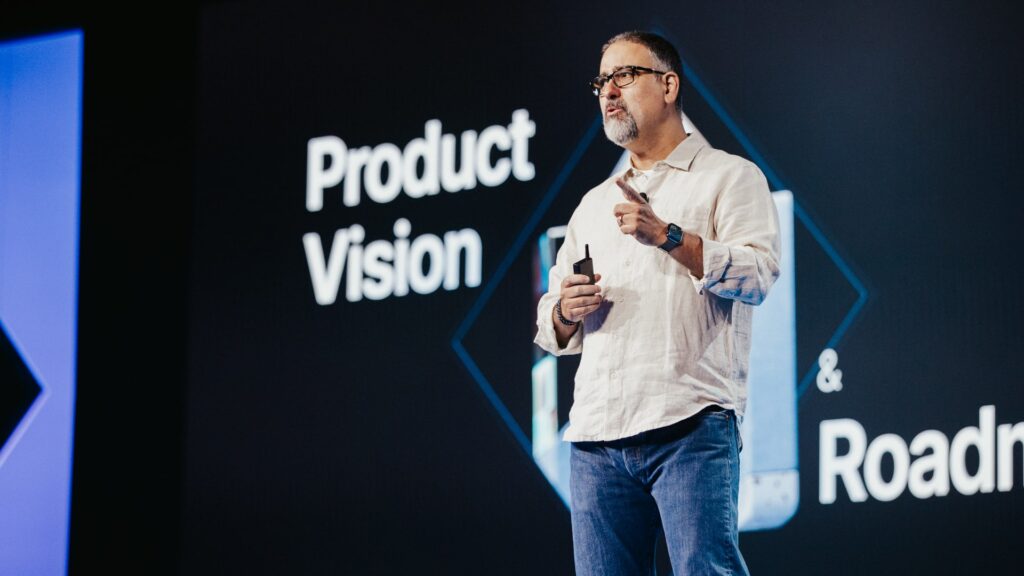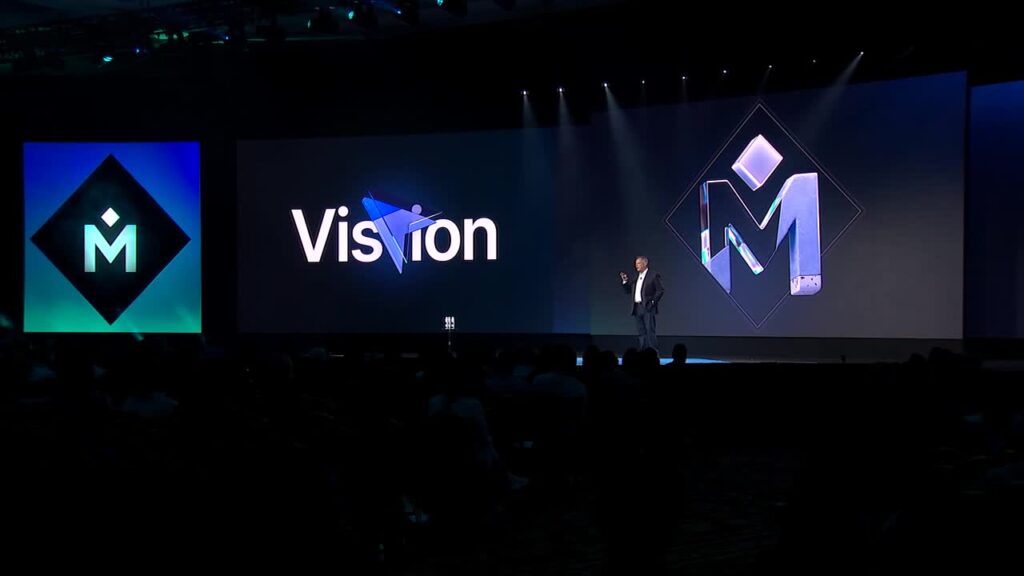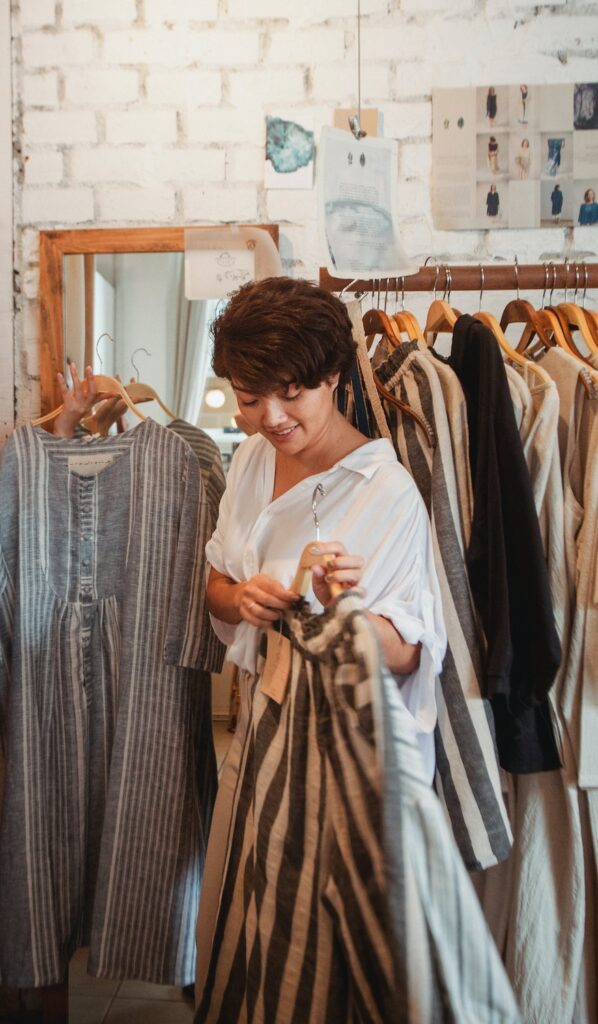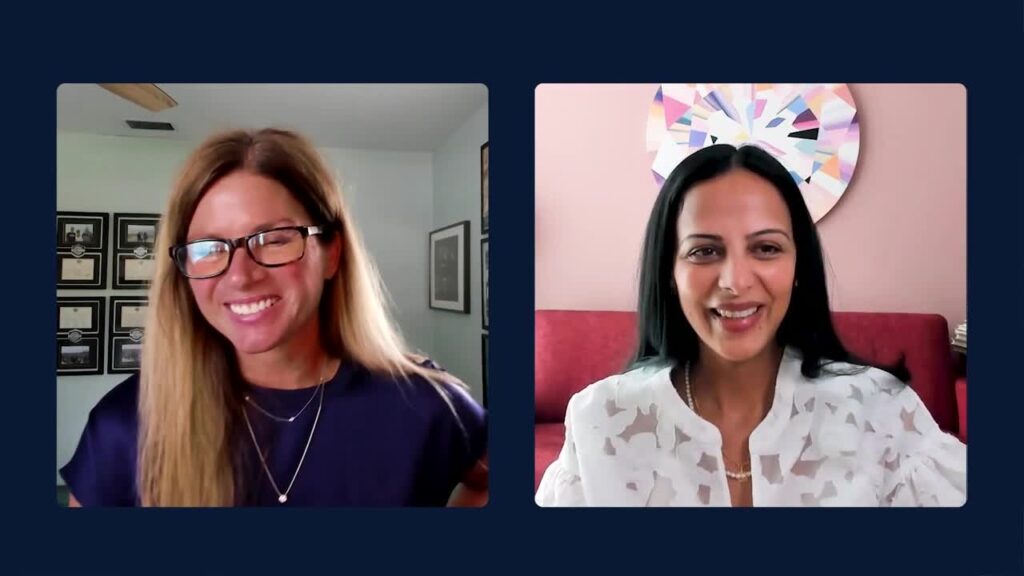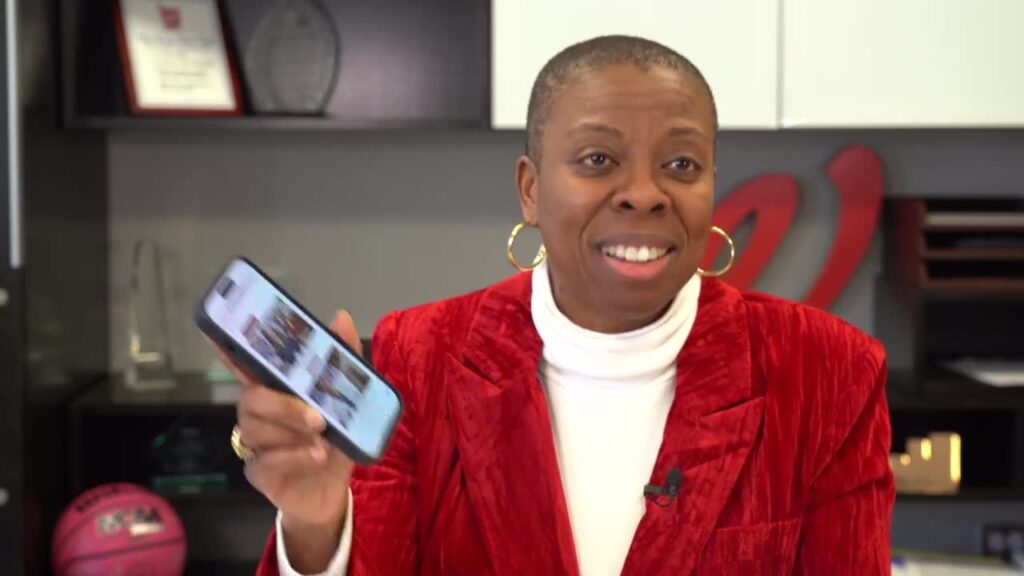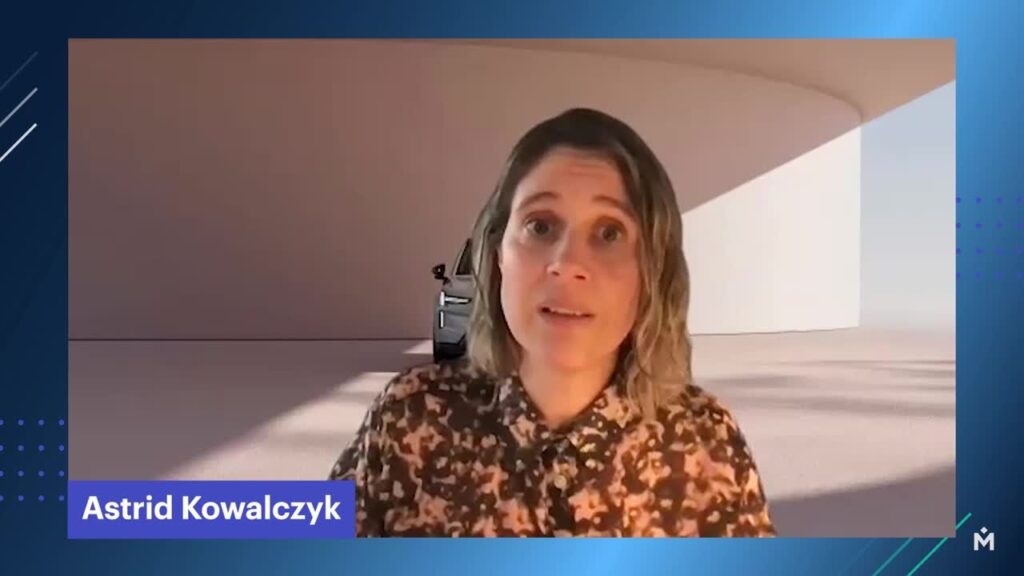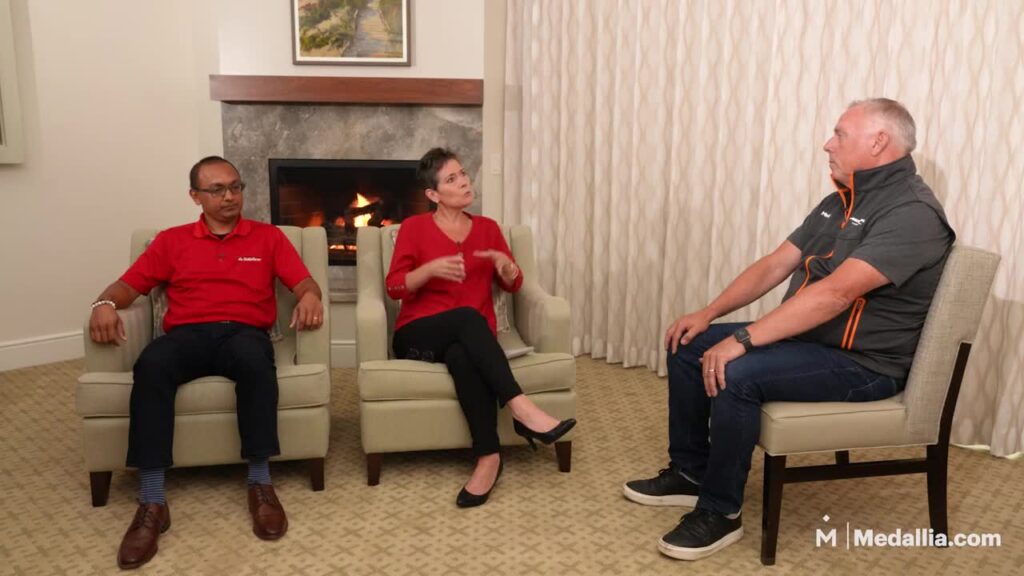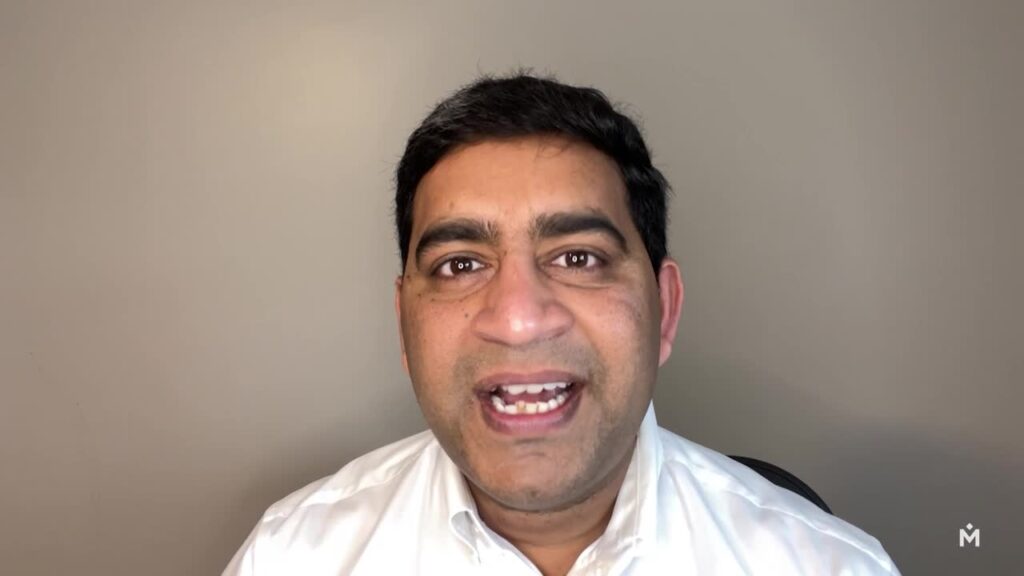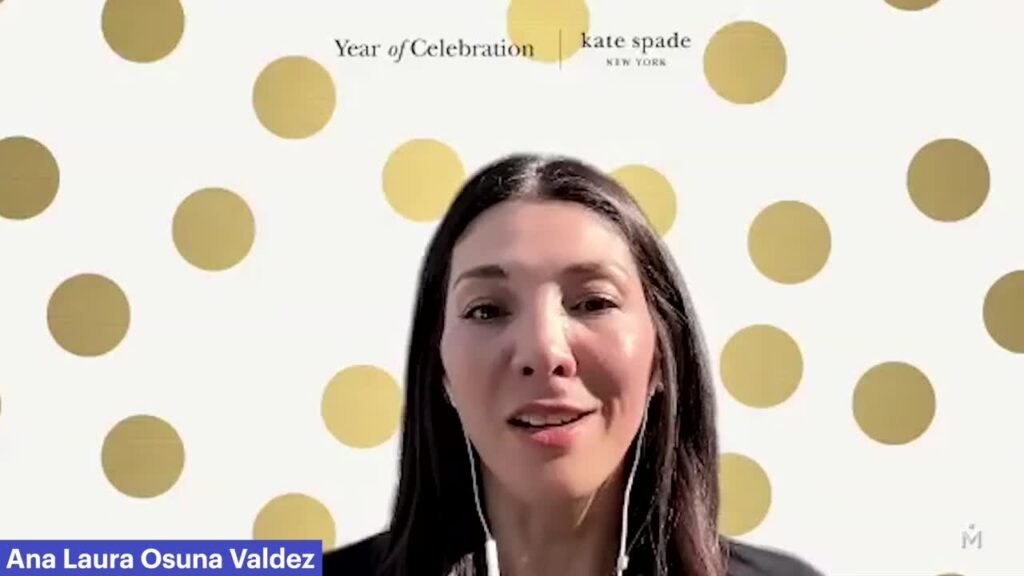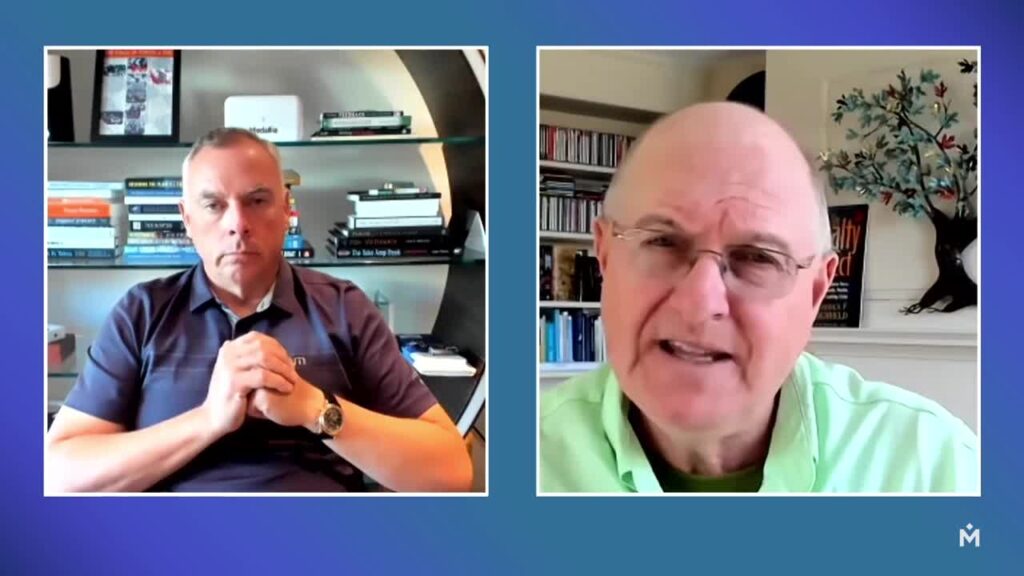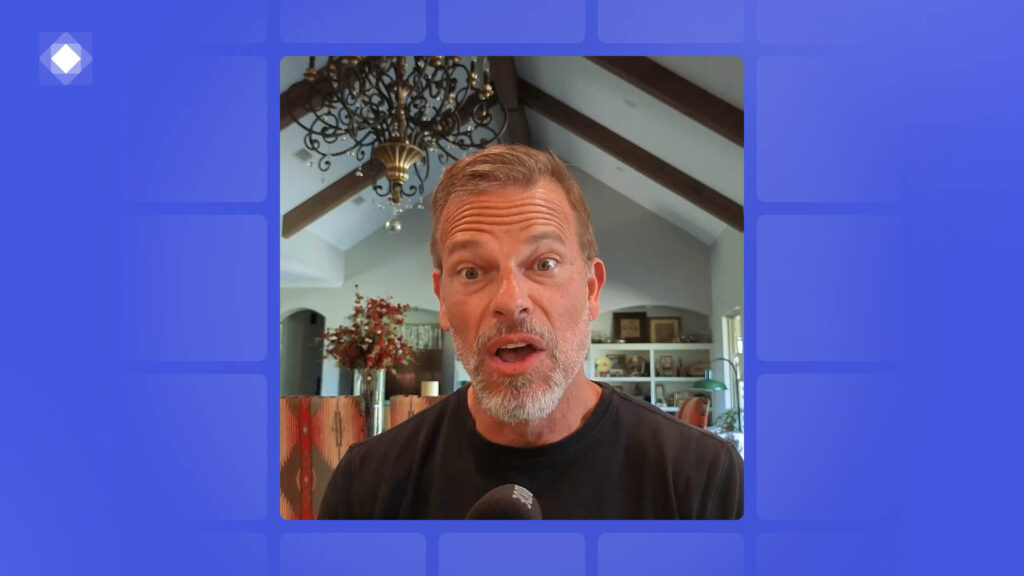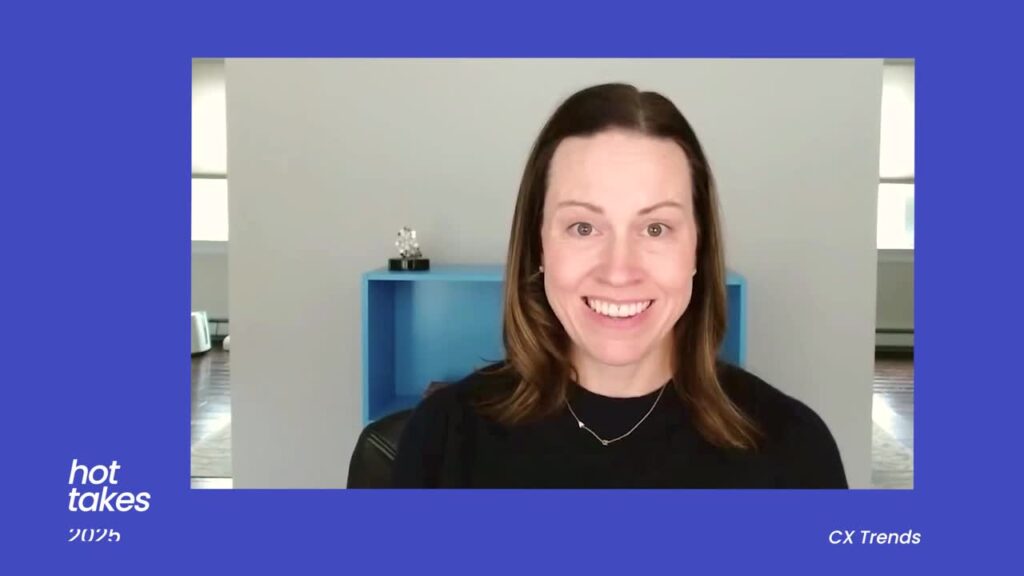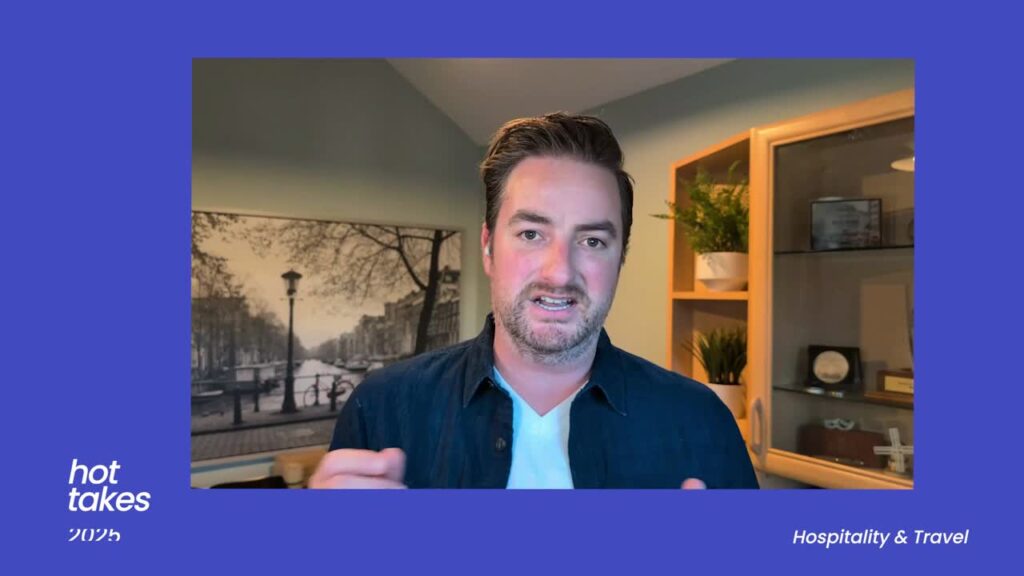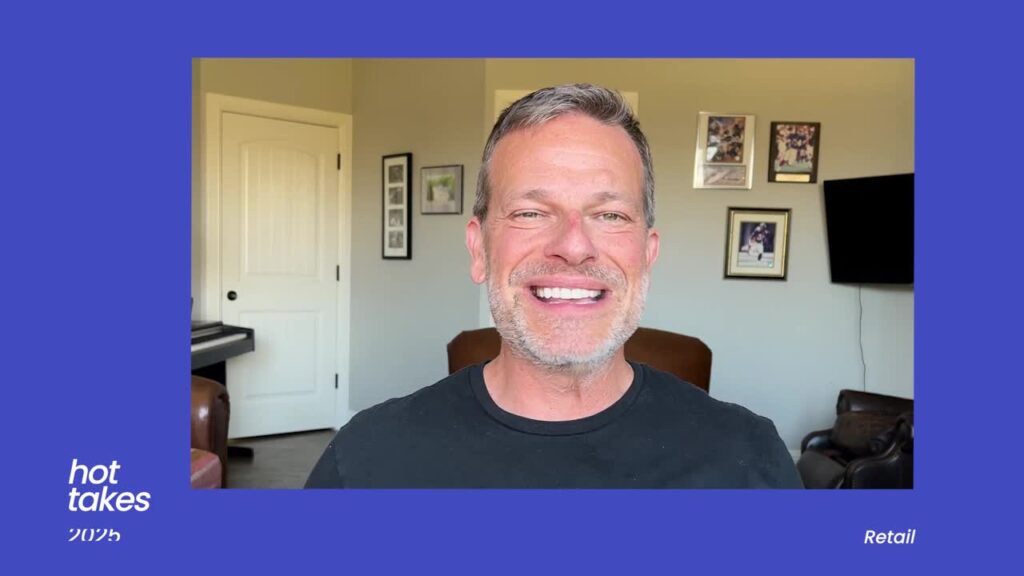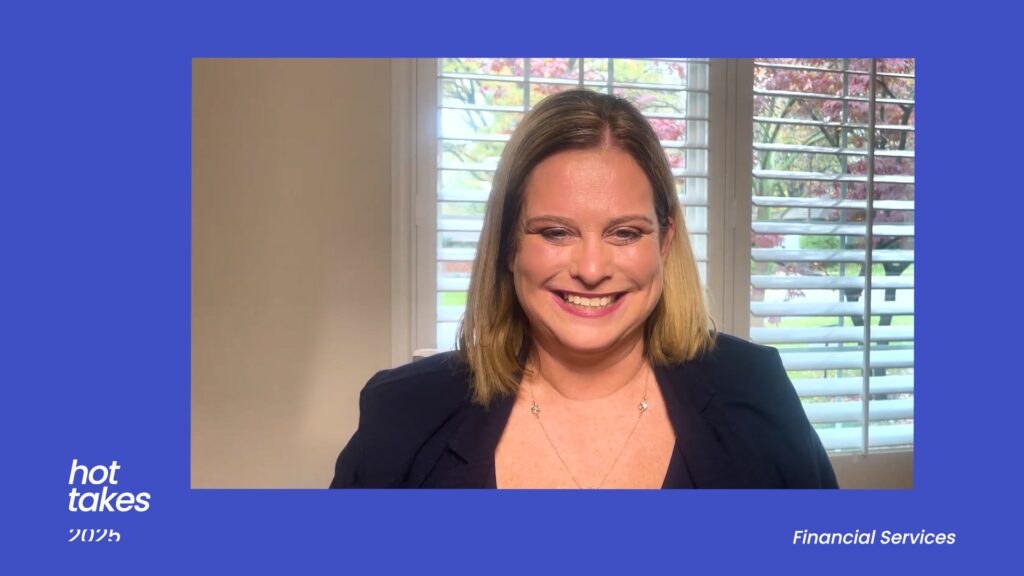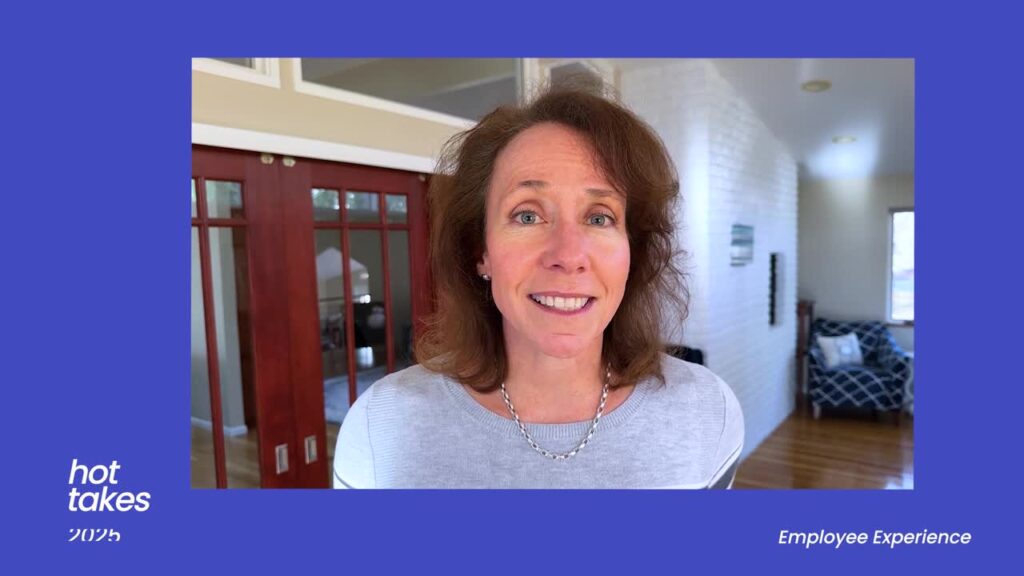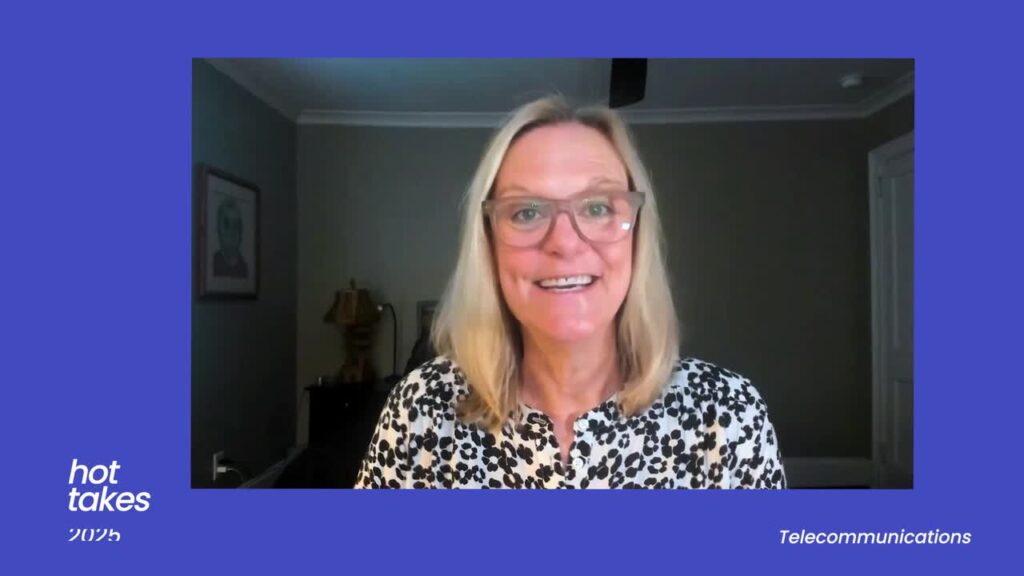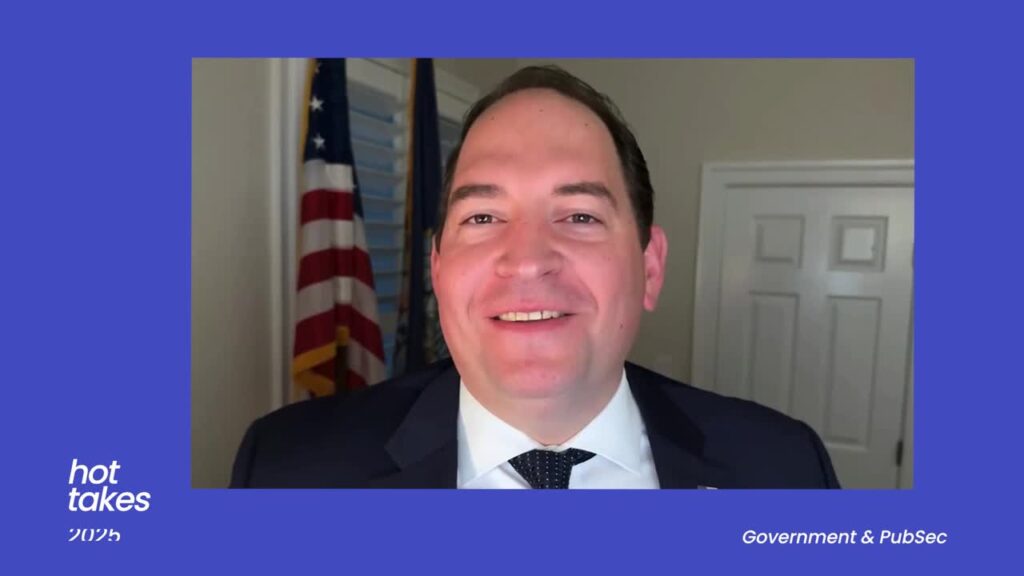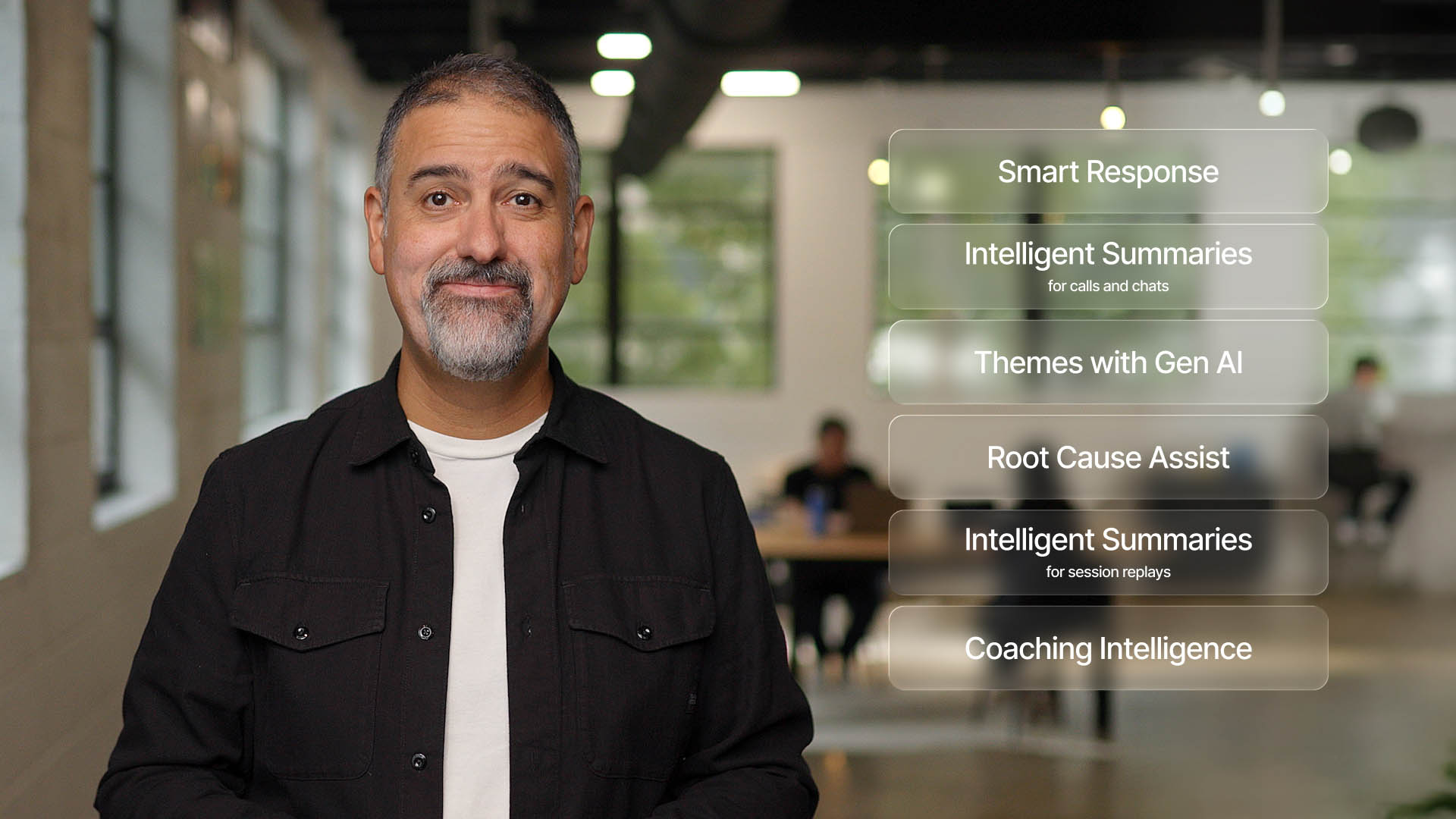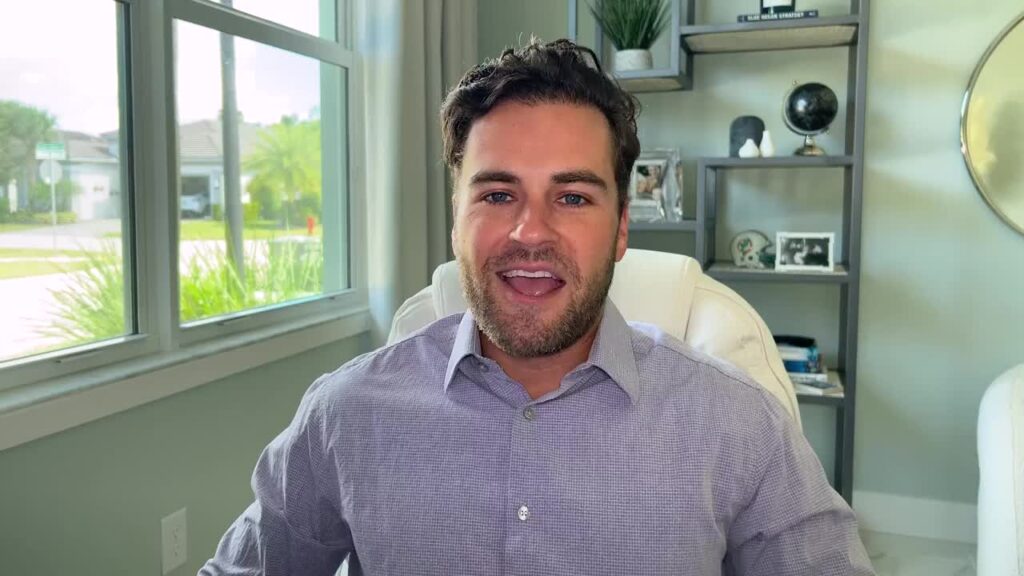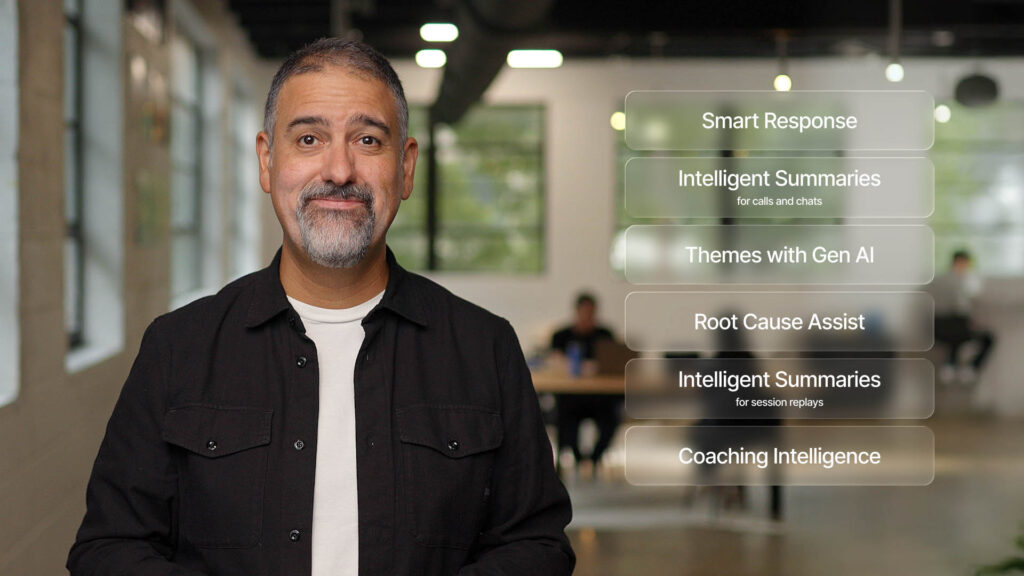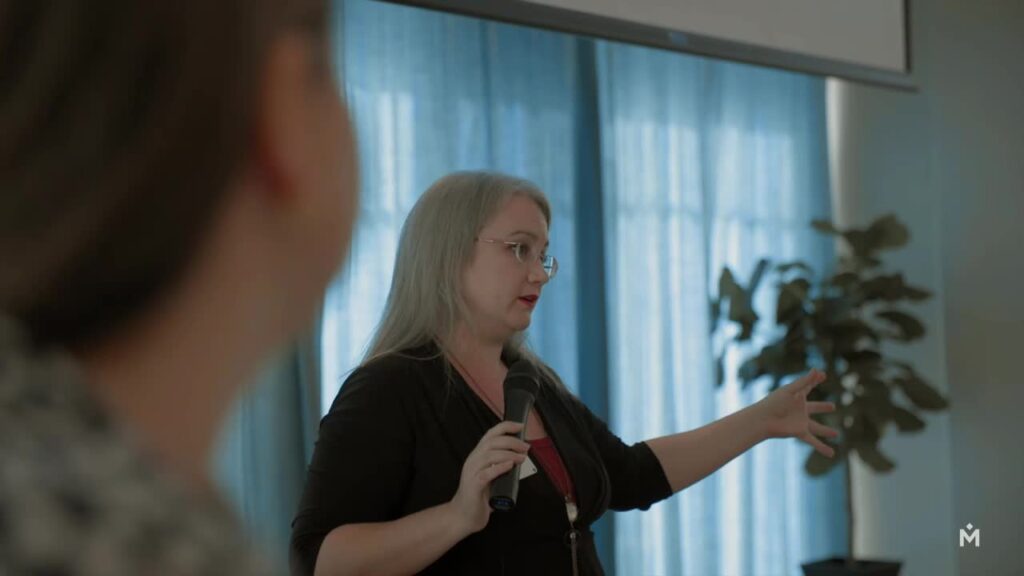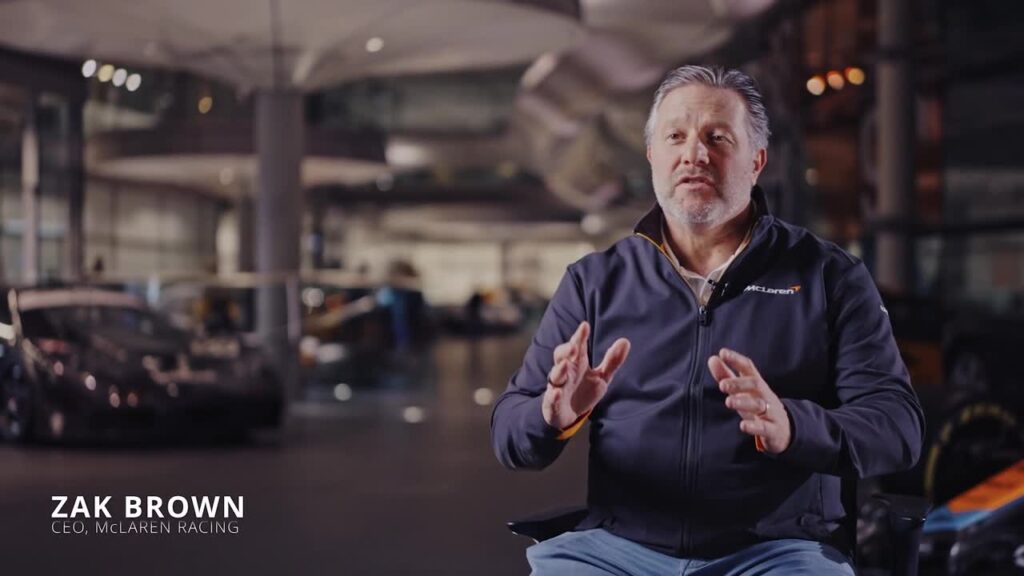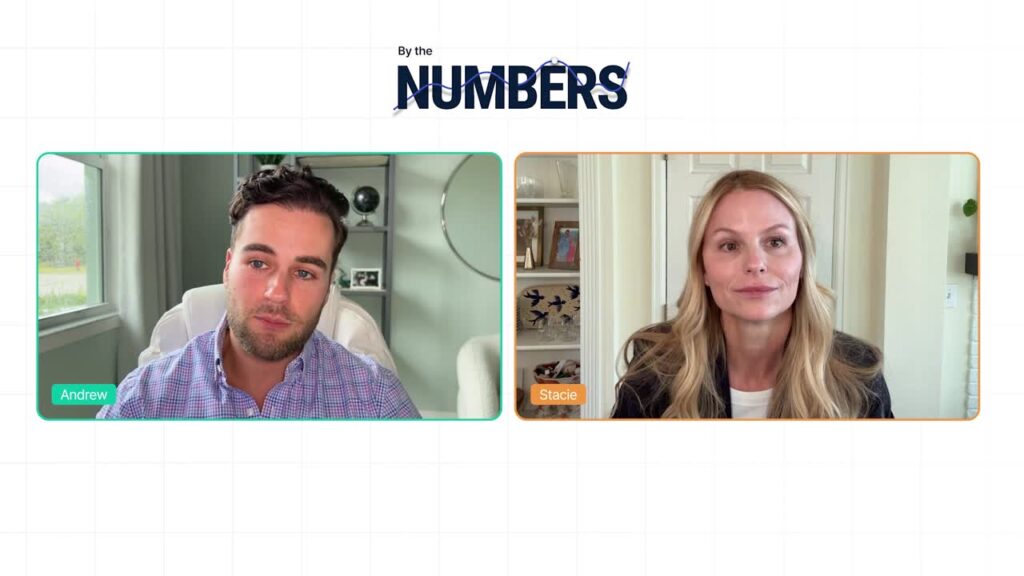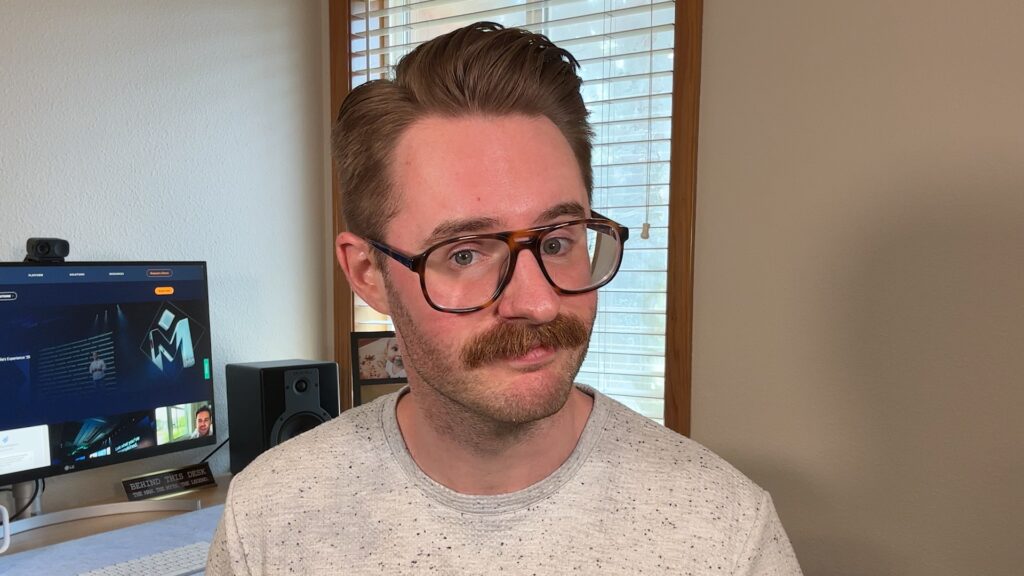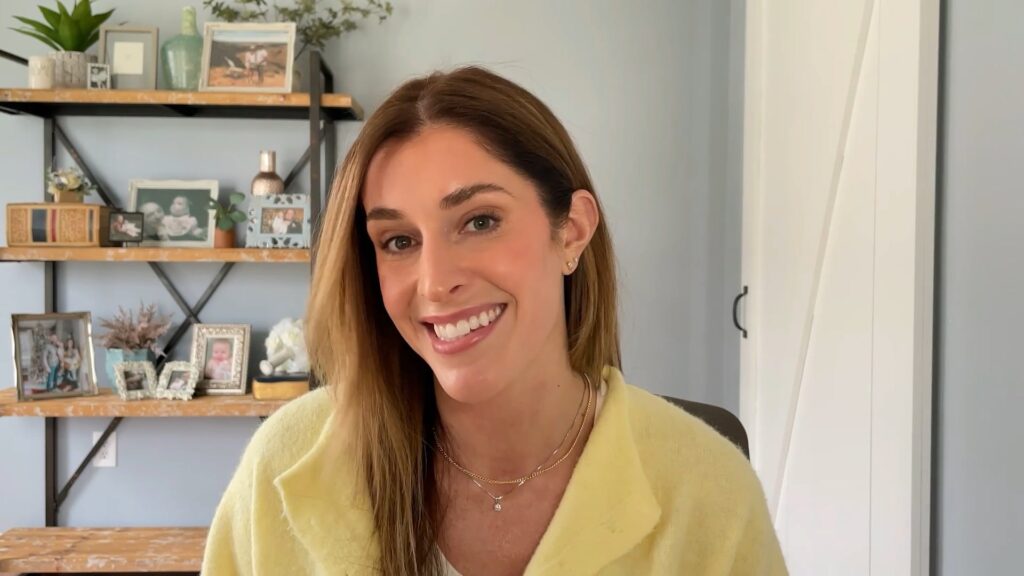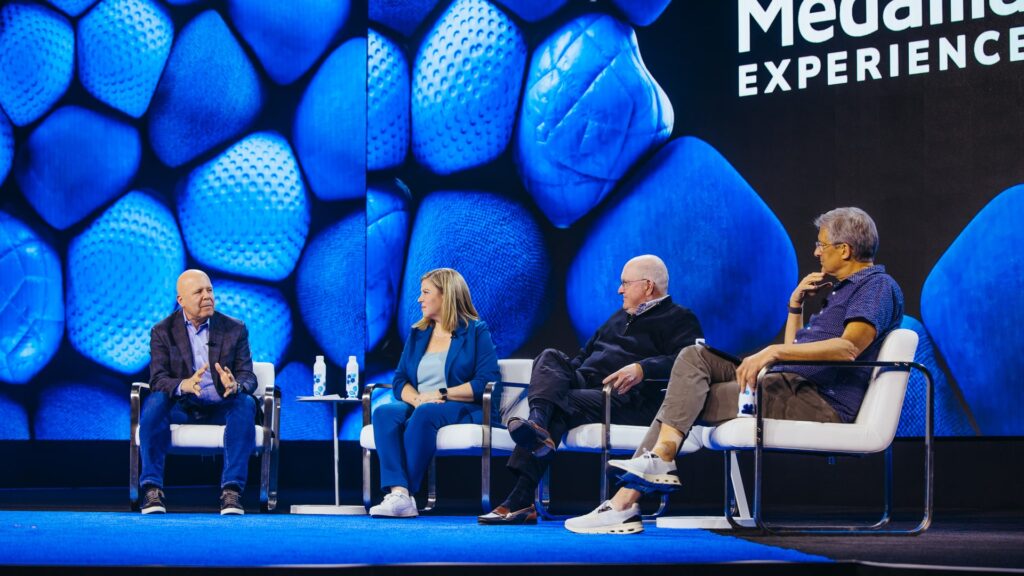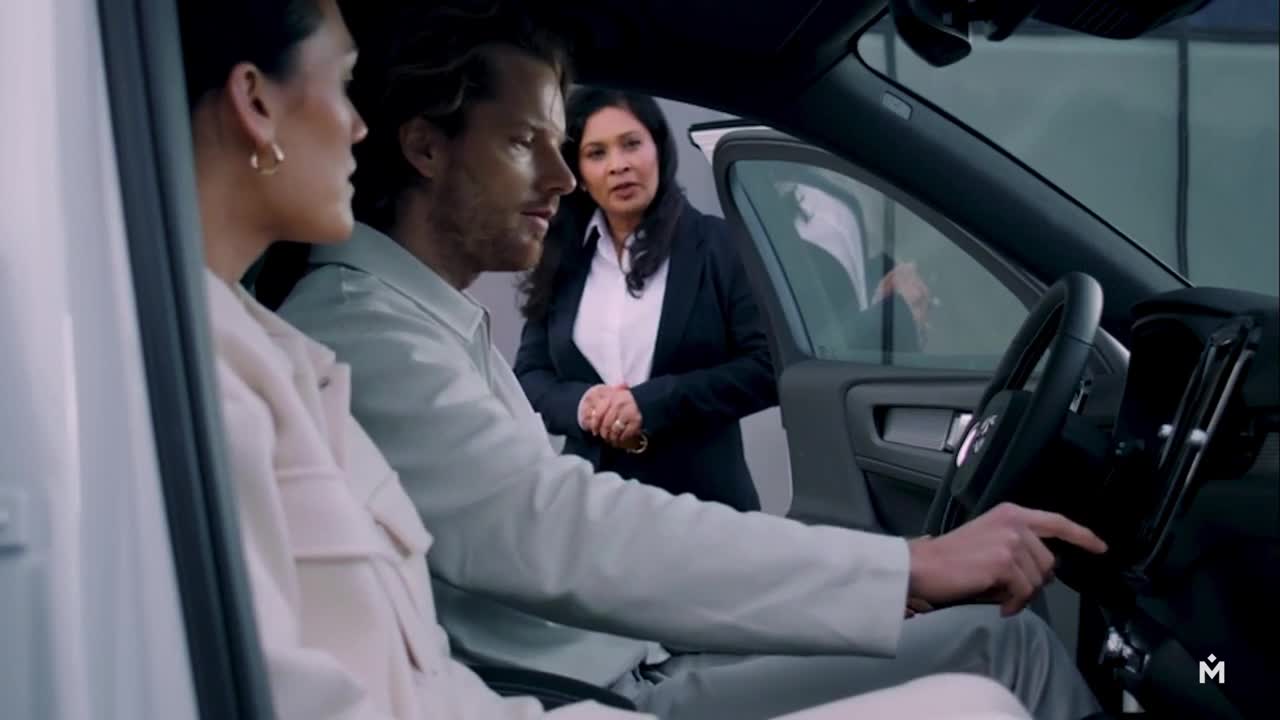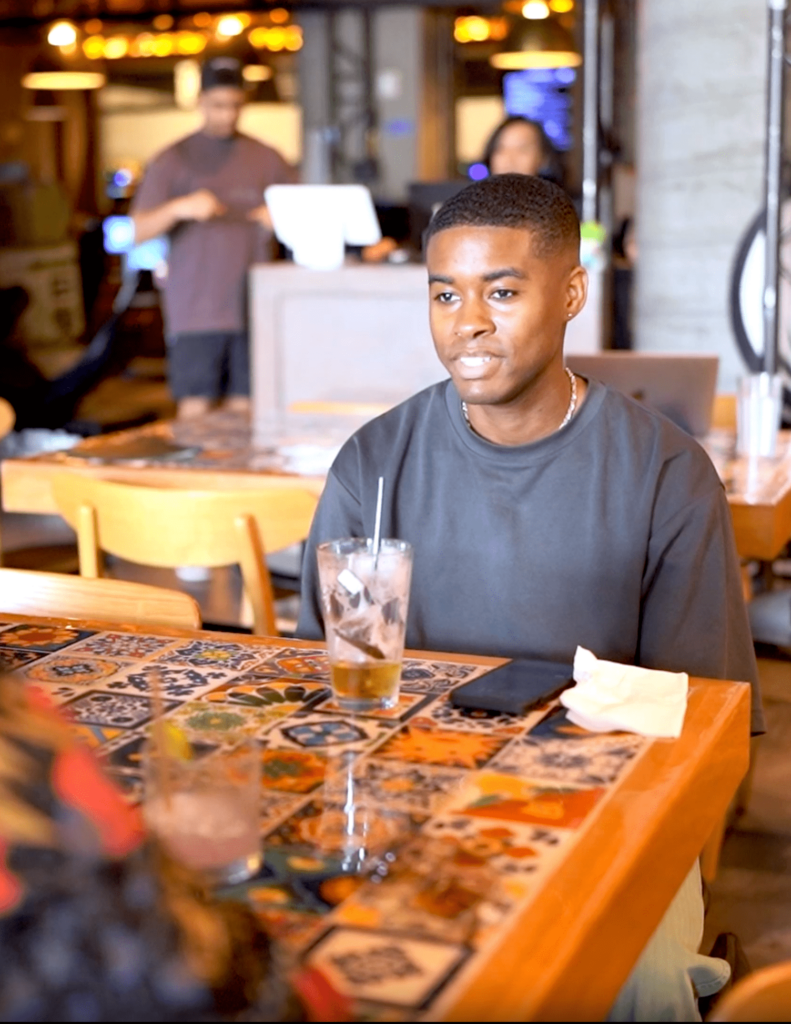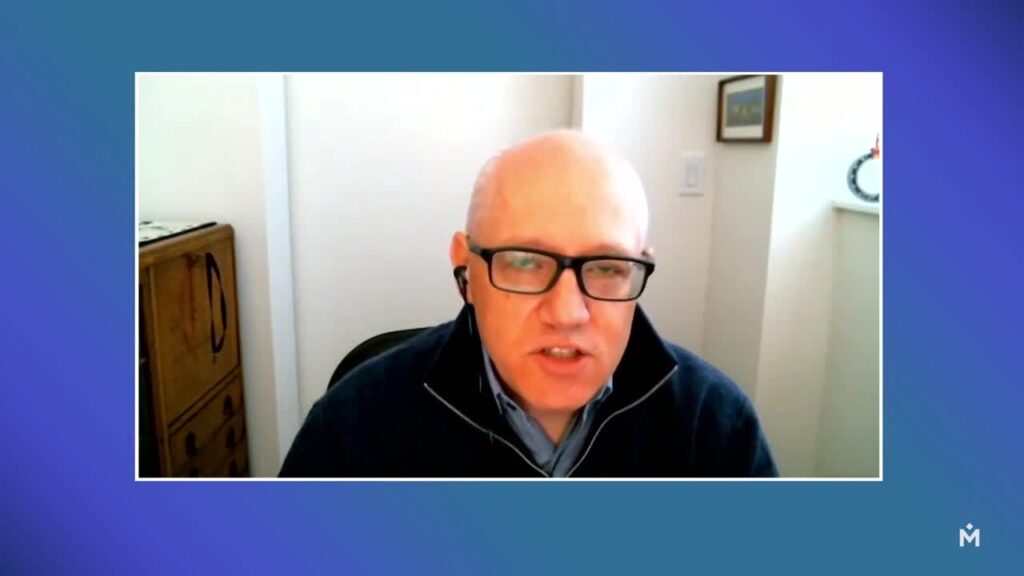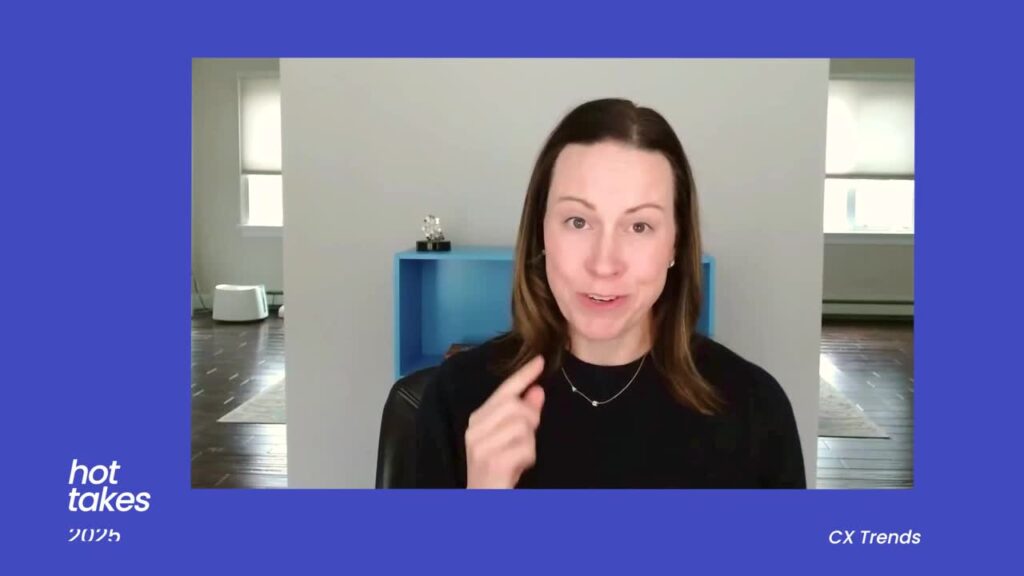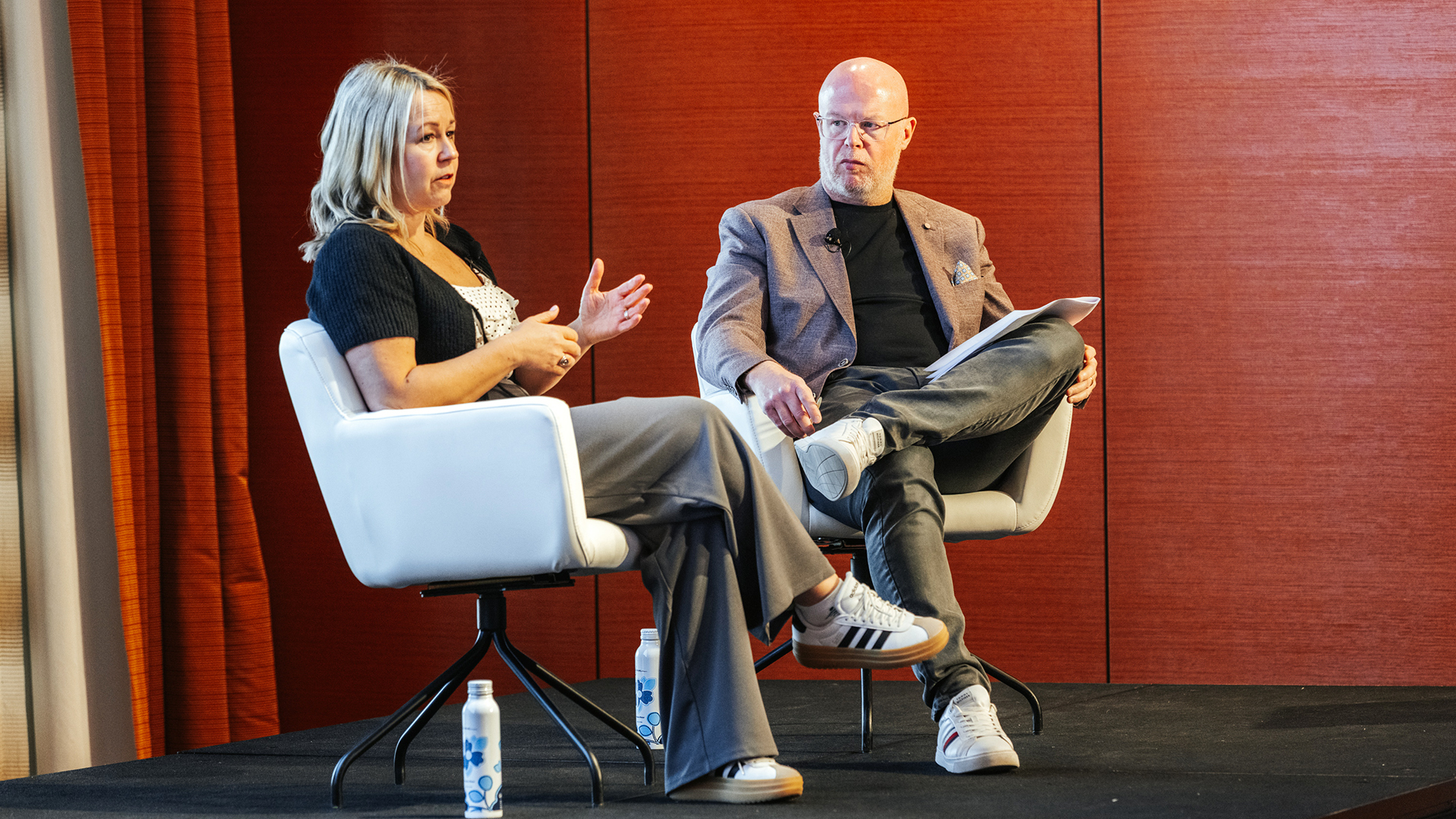Jamie Thorpe: [00:00:00] Good morning everyone. Thanks for joining the last day. Hope everyone’s had a good experience. It’s been oh look, photos already. Lots of lots of good content. So thank you for joining us today. My name’s Jamie Thorpe. I’m Chief Experience Officer for Ipsos in the uk. As is my disclaimer for every time I do one of these presentations, I am English.
I’m sorry about that. And if anyone wants to make an excuse, leave now ’cause you weren’t advised. That’s fine. Okay. That’s good. No one’s gone to make it worse. We’ve got another English person.
Linzi Hidle: Yeah. Hi. Sorry about that. Double whammy.
Jamie Thorpe: People thinking, oh man, I should have gone, but now it’s just gonna be awkward.
No, seriously. Look, we love coming over here. We’ve been working with Medallia for a number of years and we’ve got a great partnership and so we love to be able to. To share what we do, and there is no better way in my mind to share what we do than to talk through real client examples.
So I’m really pleased to be joined today by Linzi from DHL supply chain, who is [00:01:00] gonna talk through how they’ve approached CX in recent times. We’ve got lots of great content, lots of nuggets, lots of thought. It’s all about Linzi. I’ve got my notes to prompt on the questions, but it’s gonna be very conversational.
I would say if anyone’s got any questions as we go. Please do, feel free to interject. If not, we’ll leave time for for q and a at the end. Without any further ado let’s get started. I’ve introduced myself, Linzi, if you wouldn’t mind, please.
Linzi Hidle: Yeah. Hi everyone. I’m Linzi.
I am from DHL Supply Chain. I’m customer experience director. So I’m responsible for our customer experience strategy in the UK and Ireland region. So yeah, I look after our customer survey and a number of different customer focus activities that we do. I sit as part of our chief customer. Team, so alongside our sales teams and sales operations.
Jamie Thorpe: Very good. Thank you. And I’ve known Linzi for a number of years. I should say the award-winning. Linzi Hindu and DHL. We’ll come back to that. So what would make sense to start with is an [00:02:00] introduction of DHL supply chain, please.
Linzi Hidle: Yeah, sure. DHL Group is the world’s largest logistics organization.
I am part of supply chain, which is traditionally warehousing and transport. You may be more familiar with kind of our DHL Express kind of division, which is. More like FedEx, a UPS type proposition, which is B2C B2B DHL. Supply chain is purely B2B. This is US globally in terms of, nearly 200,000 colleagues across five different regions within the UK and Ireland.
There’s 37,000. Colleagues, we’ve got, hundreds of customers and we cover all sectors. So from manufacturing, healthcare, retail, consumer convenience ultimately it’s about our customers putting their business into our hands and us delivering their customers promise.
So a lot of responsibility
Jamie Thorpe: and the promise of the experience of receiving a product is critical nowadays.
Linzi Hidle: Yeah.
Jamie Thorpe: So that I know has evolved within [00:03:00] DHL over the years. So could you talk a bit about what the business appetite for CX is like within DHL at the moment?
Linzi Hidle: I’d say it’s really good and it’s growing.
I’ve certainly seen a a change over the last, I’ve been with the business for 15 years. So when our strategy for 2025 has launched back in 2020. We had three kind of key pillars being provider of choice, so our customer’s choice, investor of choice, and employer of choice as well. Our X, C, X and obviously our growth as well.
And I’ve seen that evolve and grow, to the point that we have the ambition to, to demonstrate best in class customer experience. And that’s coming through from the top and permeating through the regions as well.
Jamie Thorpe: And you’ve launched your. 2030 strategy. Now
Linzi Hidle: we have, yes, it’s hot off the press.
So yeah, we’re keeping the three pillars where there is an addition in terms of sustainability for the future as well as we get more and more into sustainable logistics electric vehicles. Obviously that’s gotta be a key thing for all of our [00:04:00] future. But yeah, customer experience is still top and center.
And as I say, the best in class customer experience is really what we’re trying to define. And it’s absolutely my mission to take forward in the region.
Jamie Thorpe: And you’ve got, we talk, I asked about business appetite and we talk about engagement within the organization, which we’ll talk a little bit more about, but you’ve got great sponsorship for you and your program.
Yes. Which I know is important to anyone who wants to get a CX program. On the on the table at the top table and get that engagement. So you’ve got that. Can you talk a bit about who and how?
Linzi Hidle: Yeah, I’m very lucky in that respect. I think we’ve heard it quite a bit over the last couple of days in terms of senior sponsorship.
So I think my CEO within region is probably the most customer centric person in the business. He’s evangelistic about it. Which makes my job a lot easier, I report into our CCO as well directly. So being able to have that voice at the board and share our customer insights and our actions is really key.
Jamie Thorpe: And we’ll talk a bit about how we get [00:05:00] that engagement and what happens when they get that engagement. But your CEO goes directly to employees who get good scores?
Linzi Hidle: Yeah, he does. So when our we run our customer survey three times a year. We have it open for a month at a time, and our CEO is. When we are looking at all of the usage within Medallia in terms of who’s logging in, ’cause we’ve got an open license agreement.
Our CEO SA is always the top one. He’s literally in there, when the survey’s open every hour or so. And he will send a personal email to our colleagues ’cause we. Every one of our customer has what we call a follow-up owner who is responsible for following up with that feedback and closing the loop.
So SA will write a personal email to that DHL person, just to say, well done, great to see 10 outta 10 coming through from your customer.
Jamie Thorpe: So that’s where it is now. So let’s go back then to where it started. DHL has always had a focus on experience, but sort of nine years ago is when CX really started to change.
Linzi Hidle: Yeah, I, prior to that I, and it [00:06:00] was before my time in the respect of working in a CX role within the business. But I’m aware that there was a quite deep, long interview that used to happen with customers, I think every couple of years, which I. Probably took about six months to put an insights report together.
And by the time it was put together and shared, it was too late really to act on it. So the decision was made to move into a a relationship survey. Just three questions, a kind of three minutes approach. And that was on a different provider. And what that allowed us to do was.
Kind of make that cultural change in terms of having survey feedback. I would still say nine years ago we were collecting the data and not necessarily having an awful lot of action attached to it.
Jamie Thorpe: So you then onboarded Medallia. Yes. That was when it started to change.
Linzi Hidle: Yeah, absolutely.
Certainly from my point of view. And the approach that I took in the uk. So when we onboarded with Medallia, I think. Three years ago now the, this was the biggest change that we’d had in our customer survey. In a number of years we have [00:07:00] about 220 follow up owners in the business who are having that landmarking conversation with our customers.
So we made the decision. To speak to every single person individually to make them aware of the change, talk them through the new system, give them access sort their license out. And as a central team of me and one other at the time obviously that was quite manually intensive, but absolutely worth it.
Moving away from the mass communication where you send out to, 200 people and it just falls into an inbox. Actually having that one-on-one conversation and taking them through made them feel that they were engaged in the, and when it did actually roll out, everybody knew what they were doing.
Yeah. We got so few queries through. It was unfortunately very easy. Obviously for those of you that are familiar with Medallia, it is pretty intuitive, isn’t it in terms of looking at the information. So yeah, that went really well.
Jamie Thorpe: So after that, you decided then to got the tech. We’ve got the engagement now as the platform to, to build and push out.
And this is when you decided to start to accelerate [00:08:00] and you engaged us to look at. Your maturity within the business.
Linzi Hidle: We’d started off in quite a a low position. Again we’d come through the covid periods. Obviously a lot of our customers organizations just closed down completely going through that period and coming out of it.
And, going into, I guess our new normal, if you like. We did see a dip in our NPS and response rates. So the mission at the same time of launching Medallia was that we wanted to see that. That curve go back up. So probably about eight months, eight months in we’d gone from a kind of 30, 40% response rate to over 80%.
And our NPS was doing that kind of steady increase as well. So it got to the point where it was this feels like the right kind of time. We’ve had some really good successes. We know where we’ve been quite strong, but actually how do we keep challenging ourselves? How do we, what’s next and how, rather than making it up ourselves, it’s great to have that, that those fresh eyes and the experience of kind of yourselves to, to look at and help look at that future strategy together.
Jamie Thorpe: So [00:09:00] what I’m gonna do is I’m just gonna now introduce what this maturity assessment looks like, because Linzi’s gonna take us through. What the results were and how they’ve used this within the organization. Essentially there are three and clearly, everyone has a view on this. This is the Ipsos model.
There are three levels of maturity and there are six competencies when it comes to CX maturity. And this has been peer reviewed within an inch of its life, these six competencies around the outside. Of what we see exemplars doing to drive leading CX programs. So we use this as a baseline, as a benchmark.
There’s lots of different sectors, different geographies, and it’s an exercise that enables us to go into the business, enables the stakeholders within the business to engage other stakeholders and get a real view on how mature the organization is at the moment, where the. Gaps are where the opportunities are and then create a roadmap for the future.
And so where this was so perfectly timed and primed, [00:10:00] if you like, within the organization within DHL having been on a part of the journey, having done it too early might have been a mistake having done it when it’s just been started where a part of the way through the journey enabled them to start to build it out.
So that’s what the maturity assessment looks like and that’s how we. Are using it within the business to drive engagement and build out that plan and that roadmap. So you mentioned that you’d launched Medallia and you wanted to test and think about what’s next. How was this received within. Within the business.
Linzi Hidle: The project around completing the assessment involved a number of stakeholder interviews. So I think we had four or five of our board members that took part in that. And then some of our sort of functional senior leaders as well took part. And also a number of, I think 50 surveys. And we had a hundred percent completion across.
The project, which is great. Which I was thrilled about ’cause I believe it hasn’t happened before it, though. It’s quite
Jamie Thorpe: rare that everybody, because when you’re, when you go into, and we, we go as high as [00:11:00] we can and we go to the frontline as well to get a real view on this.
But to have a hundred percent completion is quite. Extraordinary.
Linzi Hidle: Yeah, we were really pleased with that. And for me as well, completing this was I mean you mentioned, doing it too early would’ve just blown my mind a little bit. ’cause there would’ve been so much insight that came out as where do you start?
So choosing to do that a little bit later was really helpful. So some of the feedback that we got through absolutely made sense in terms of where our strengths were, but gave us some really good kind of nuggets to think about how we take the, those things to the next level.
But in terms of overall engagement, one of the things that I wanted to do as well was really connect our business. We’ve, logistics, we’ve got subject matter experts across all of the different functions and just to really connect with my industry, our industry, and what customer experience is about more holistically.
And why, why that it is really important because it plays into all of these things. It’s not a standalone it’s in everything that we do. And how do we take the insights and [00:12:00] blend that into everything that we’re doing?
Jamie Thorpe: So we’ve got a slide on the output there. Think of it as a as a sort of.
Tip of the iceberg, if you like, because what comes out at the top is the score, if you like, on how the business is doing against foundation practice and leading. And then we look at scores against each of the each of the competencies around the outside. We use exemplars and we build roadmaps. So we’ve got a slide that, that, uh, Linzi is very happy, very kindly for us to share, which shares some of the output.
Doesn’t show the overall score, but you can talk through that. There’s some of the output that came out from this piece of work.
Linzi Hidle: Yeah, so we were like two points off of leading, which was both both really pleasing to see actually in terms of, how much we had already achieved.
But obviously slightly disappointing that it, we didn’t get into that top box, but I took that away as actually we’ve got a whole opportunity to get into that next time around. If you look really it was my fault. I know. I know I’m thinking of Will yesterday when he said about being the top 50 and then just that desire to then want to get to the next pit.
[00:13:00] So it kind of something that we needed to hear really. So in terms of the CX insight, ecosystem strategy and sponsorship had already, already mentioned around the kind of pushing into our board and the evidence impact was very much around the close the loop cycle. So our survey is kinda deliberately simple because with some of our relationships.
We could be with our, diff different brands for 20, 30 years. You don’t need a survey to tell you how that re relationship or that partnership is going because the teams should be pretty much knitted together. However, it is a point of it’s a stake in the sand, you can it, it’s a great lever into a.
A regular conversation, in a monthly meeting or a QBR type approach. So what’s great to see with our survey is that actually a lot of our customers do leave comments as well. So we’ve got 60 to 65% that leave comments and and it’s, there’s usually, quite a bit in there as well, which just shows the engagement that they have in it as well.
Every four months. We’ll have the survey, but then the [00:14:00] action is really around, responding to the, to say thank you for a start, for completing the survey, and then all of those different touch points before the next survey arrives to keep checking in to say, we’ve done this, we’ve done this, and we’ve listened to you.
So that regular cadence is. Culturally now embedded and really important, and I think that’s where the top three have come out, so strong. What I’m really pleased about is the things that are the, probably, the more development areas in terms of future state roadmap and cultural enablement is I.
Really around, how do we really bring customer experience and into our connected strategy at a group level as well, or certainly within our supply chain level. So when this was completed last year, it was pre 2030 launch. So I was able to share this with with my global team and also Medallia and, great to, to hear from them that actually.
The outputs of us doing this in the region did actually influence some of the structure that we’ve now got in place around that global strategy, which [00:15:00] the regions are now all involved in as well. So it’s had a real good kind of knock on effect in terms of what we’re gonna be focused on for the next five years.
Jamie Thorpe: And all of these away, they obviously, no two assessments are the same, but the fact that you’ve got a strong ecosystem and great sponsorship is a really strong foundation to build on those other opportunities that sit below. And they’re not bad scores by any stretch of the imagination, but yeah.
We’ll come back to evidence impact because what it’s, I know what it’s fueled you and the team to do is the how do we now take these elements to get to that leading point and then drive change within the business.
One of the things that, to just wanted to call out the comments are really nice. It’s always good to get comments from people.
This link to the bottom line, so this evidence impact is something that we’ll revisit because it’s something that’s really important. Within DHL and has been mentioned a few times over the last day or two in terms of how we link to, to return on investment. We’ll come back to that but good results.
And then there’s obviously a wealth of information that sits behind this to support when you look at adoption and engagement. Within the business. I know you’ve done a couple of different things. [00:16:00] ’cause this is engaging people in a, it’s a statement to the business to say, look, we are pushing on in cx Yeah.
And we want your views, we want your we want an assessment of where you are. What techniques did you use? How did you drive engagement and adoption within the business for the program?
Linzi Hidle: Yeah. It, yeah, it was very much around communication. Again, we’ve had a lot of of that being said over the last couple of day couple of days, but for my team centrally, it was around, setting up business webinars to share the results bringing people together to share stories as well.
We had a few, a couple of examples that came from the business that we were able to share. One example of just really bringing. To life cut, the impact on of our behavior on our customers. We had a customer in one of our pharma teams that had raised an issue one day in the warehouse and obviously quite frustrated that something had gone wrong as things inevitably do.
And then from our side the whole team spent a good couple of, two or three hours to try and sort out the issue and get everything back to [00:17:00] normal with no impact to service level within the day. So you’ve got all hands on, pump on the pumps, getting this thing resolved.
And then when we’ve gone back to the customer’s absolutely furious. And it’s why are why are you furious with it’s been resolved? It’s nobody told me. I’ve had to face into my business and I’ve had no information. Being able to tell stories like that and thinking about what we’re doing through the eyes of our customer, or, a colleague in a warehouse saying that they, they don’t do customer experience, they just work in a warehouse.
Those kind of things are real nuggets that you can bring to life and talk about, okay, how do we change that? How do we, ’cause that’s down to all of us. So webinars we set up a matrix team as well, just to extend the scope of my one person. So for each of our different sectors and functions, we have strategic and relationship drivers within the survey.
Which are all pointing into accountable, responsible people within our region as well. So we created this wider team of about 20 people. Fortunately because of the geography of the UK people can come together quite [00:18:00] regularly. So we would, we’d have a half day session talk through the results again, share best practices, things that are working and learn from each other.
And importantly, we’re doing regular recognizing employees in terms of really good results and bringing people together and. Making them feel loved.
Jamie Thorpe: And you talked about closing the loop. Yeah. So you’ve mentioned earlier, you mentioned it in your stories, then you’re closing the loop with every customer.
Linzi Hidle: Every customer, yeah. And that’s
Jamie Thorpe: across the 220. So go into a system, someone owns it, and then,
Linzi Hidle: yeah. So so about 220 of our colleagues for about 600 customer. As in people,
Jamie Thorpe: yeah.
Linzi Hidle: Yeah. So every single person will have a full close the loop documented within Medallia.
Jamie Thorpe: Very good.
Linzi Hidle: Good. With, usually within 48 hours.
Jamie Thorpe: Nice. And then tell the customer Yes. Hopefully. Thinking about what you’ve achieved so far, what would you say are some of the biggest wins or the biggest win that you’ve seen in the business?
Linzi Hidle: I think the biggest win for me is that I just here. Customer so much more than I did [00:19:00] before. If the, our CEO, for example is doing a town hall, customer is always at the at the front.
You feel and hear that through the business so much more than it ever was, two or three years ago. Also getting our colleagues engaged with, we’ve run kind of customer campaigns, love your customer and seeing people through our internal kind of comms. Channel like a LinkedIn or a Facebook for all of our colleagues where you can share posts make posts and recognize people.
To see all of that chatter coming through when there’s an event going on is just really rewarding to see. ’cause it’s a, the, I Love your customer event was actually an idea from one of my team and, she put it all together. I was the real brainchild behind it and shared it out.
And then to see hundreds and thousands of colleagues getting involved. Have fun with it. Is so rewarding.
Jamie Thorpe: Very good. Culture change?
Linzi Hidle: Pardon? Culture
Jamie Thorpe: change.
Linzi Hidle: Culture change. Yeah. Yeah, absolutely. Okay.
Jamie Thorpe: Normally when we’re with a client in the situation and they’re trying, sometimes they’re trying to get up to the C-suite or trying to get buy in for the program for [00:20:00] investment or support.
Normally we go into financial linkage, which we’re gonna go to next. But the reason I preface it with that is that in this example, we’ve got an engaged CEO. Yeah, we’ve already got a relatively high score, but we are looking now at financial linkage to really drive home that, that story. And I get that the utopia is, we’re doing all of this to make everyone’s lives better, but ultimately there is always a pressure on, what is the bottom line?
What is the financial return? That’s the reality of business. So can we talk a bit about how important financial return is in, do you, it gets raised a lot, it gets discussed a lot. How important is it within the circles that you are. Engage in. Certainly,
Linzi Hidle: yeah, very much it’s regularly said that, happy customers will stay longer and do more with us.
I think intuitively that’s right. There is also a nod to the complexity of the contracts that we manage. I guess the cost of change can sometimes outweigh the. That as well. So it can get a little bit clouded, but, so it’s not a direct link. But I think for me, this is our next stage actually in terms of looking at our Roxy.
We’re actually working on [00:21:00] the project at the moment. The, it’s everybody knows it and everybody believes it and understands it, but to have some real hard evidence is absolutely what I need.
Jamie Thorpe: So that’s what we’re doing. So I’m going to introduce the second concept here. This is now what we are doing.
Within DHL to help tell this story. So Roxy is return on CX investment. It’s a model that we use, again, that’s been tested and peer reviewed within an in its life. But the principle is to be able to draw a connection between your customer experience and your financial return. And there is a connection.
We always talk about it and people know it instinctively, but we want to be able to actually. Evidence it and actually be able to tell the story. So when you look at the Roxy model, there are multiple different facets, if you like, and different organizations will have different views on it. But we’re in the process of doing this now.
We’re in the initial stages of looking at this. This will go to the CEO.
Linzi Hidle: Yep.
Jamie Thorpe: And this will be communicated within the business. Are you, I don’t I genuinely don’t know where we are in the, I really should, but I’m sorry. I don’t.
Linzi Hidle: [00:22:00] Yeah, we’re we’re in the sort of the kind of data crunching Okay.
Phase with our survey we have, really good information and data in there, but it’s in terms of, if I compare it to a B2C, the actual data points are not huge, so we’re working with a relatively smaller data set and then trying to make sense of that through our financial performance.
I think some of the things that are, I. Coming through early are the things that we would expect. Actually there is evidence that customers that are happier are staying longer and doing more with us, which is great. So to be able to put some sense around that through the numbers will be good.
I think we’re starting to find some early signs around our. Our passives as well. And actually the value that sits within our passives. So I think I’m in interested to unpick that a little bit because if nothing else, it might just change the dialogue a little bit around our focus and our behaviors.
It’s not just about protecting your promoters or managing your detractors, actually, this is a really hugely important [00:23:00] demographic that we need to take care of. And also perhaps accepting that they may never be a promoter because they perhaps maybe the senior leadership in our customers organizations that strategically are only gonna ever give us a seven or an eight.
Jamie Thorpe: I’m gonna move us on in the spirit of time, but the thing that I just wanna call out from an operational point of view is that the output on this is normally. What is a 1% improvement on your experience, whatever that metric might be. Because we’re normally working with, massive organizations that are enterprise grade.
You don’t need to be looking for, 10, 20, 30% improvement. 1% will make a massive difference. So what’s that 1% worth? And then we normally communicate that within the organization. If you think about, the Medallia users in the room, thinking about your impact analysis, looking at what the percentages are of things that are going well and things are going badly, it helps you get that into your.
Into your narrative. So it be really interesting to see what the outcome is on that. But I know it’s yeah I do know it’s being worked on.
Linzi Hidle: Yes. I’ll let you know.
Jamie Thorpe: I just dunno the detail. I’ve embarrassed myself there. Can we talk a bit about road mapping and what are you planning on?
What doing next? What’s on [00:24:00] your, a lot of it’s come out of the maturity assessment Yeah. To share.
Linzi Hidle: Yeah. A lot of it is it, is around Roxy obviously, we are also, the regions and our global team are looking at our kind of customer experience success principles and what they mean, and then how we turn that into more of a holistic program.
So which kind of nods into to having governance around our practices and linking that into that kind of best in class customer experience. We are a operationally efficient. Efficiency focused business. So what I’m really keen to do is look at how that, how we link that culture and blend all of those customer behaviors into all of those different processes as well.
And that mindset and, some top I’D top things as well that we’re looking at. Is kind of social media data as well. So better understanding our customer’s customer. Certainly when we’re working with our sales teams how can we help them research and understand our customer’s brands so they can have better, more informed conversations.
To better understand our [00:25:00] customer’s business. And also looking at the linkages between employee experience. I think we’ve had a few kind of light bulb moments over the course of the last couple of days and some ideas to take away in terms of perhaps which populations of our colleagues we could engage with.
Certainly around our account management community, for example. And how we can link those, data points together a little bit more effectively.
Jamie Thorpe: Might I might pivot a bit and ask you about the employee. Actually in a second, one thing I just wanna pull out is the governance piece.
I know it’s not sexy, but. It is so important and I can see loads of people nodding. I’ve seen a few programs with some very big brands where there’s no governance and it is the total wild west, like absolute mess. So the governance, these guys have recognized the need for that governance and just would say to anyone, it’s a whole subject, in its own right.
But say to anyone if you are questioning governance and how important it’s, I would say it’s critical. But yeah, it’s good that’s on the list. Yeah. Bless you. Can we can we pivot to ex because you’ve got, can you tell us about your your three [00:26:00] values internally and then talk a bit about employee as well.
Linzi Hidle: Yeah. So we have behaviors ultimately in terms of, being a colleague within DHL supply chain, we talk about head, heart, and guts. Thinking being, results orientated, having purpose, creating trust, which is the heart. And then the guts is really around focusing on priorities managing change, those kind of things.
So as we go into strategy 2030, we’re also into introducing a bite. Head, heart, gut, some bites. And what this is really trying to convey is that, having an entrepreneurial spirit having the will to win to be successful across our organization. And that kind of appeals to me because, nobody’s telling me what to do in this space, which is great because I can go off and, create it with my team.
And with the help of my colleagues, in the regions and globally as well. And we can really take that passion and do something with it.
Jamie Thorpe: Very good. And as you can imagine, I’ve seen many different organizations with values and behaviors. I don’t think I’ve heard anyone use [00:27:00] guts and bite.
But yeah. Why not? Thinking about the values and the behaviors and then thinking about what some of the things that has been talked about here and that we’ve talked about before, I. Employee experience and customer experience, how are you looking at that? What have you, what’s the, what’s on your mind in that area?
Linzi Hidle: Yeah, it’s a couple of things that I’ve looked at. So again, employee experience as in terms of our employee survey is quite a lengthy. Corporate survey that goes out every year. I think it’s about 50 questions across all sorts of different topics. We have looked at the correlation between customer feedback at an account level or customer level and then the feedback that comes through our employee opinion surveys.
We call it eos, but it’s, again, it’s really difficult to. To have something really meaningful come out of that, apart from the obvious that it does tend to be that, where you’ve got happier colleagues that, that our customers are as well, but no real science behind it. So I kind of part that a little bit.
We have, we’re working on a project at the moment, which is just working in one of our sectors and surveying. Some of the leadership team around customer [00:28:00] centric behaviors. So again, just I think, pushing it into their mindset that actually there’s different ways to think about our customers and that I outside in view rather than just our internal view all the time.
That’s been quite successful. I yet to. Scale that up. Yeah, I think we’re still very much in pilot phase. Whether we do that long term or or flip into sort of a different idea. I’m not too sure at the moment but yeah the want is definitely there.
Jamie Thorpe: Very good. So interesting. I’ve got one more question and then I want to try and come to q and a ’cause we’ve only got a few minutes left and there’s a couple other things I wanna share quickly. We’ve spoken for 35 minutes plus and no one’s mentioned ai.
Which is, yeah, a little bit weird. But but it’s interesting, so yeah.
Obviously the business is focusing a lot on innovation. Absolutely. And ai what, yeah, more broadly? Anything to say on AI or in CX in particular.
Linzi Hidle: Yeah. A AI is absolutely up there in terms of a business level in terms of how DHL supply chain is in investing in the future.
I mentioned, [00:29:00] even just through vehicle sustainability, but automated warehouses, all of those wonderful things. That will help our operations be more efficient, effective, quicker for on, on behalf of our customers in our space. We’re using Genai to help put together our business packs quite quickly in terms of trend analysis, repetitive themes, that kind of thing.
We, we’ve got the text analytics within the Medallia platform as well. We are using It fits in there. Yeah. Yeah. But it’s, I think. I think I just as I’ve described, I think the important part for me is that we continue to invest in the culture and the people side of things.
Jamie Thorpe: Very good. Excellent. Okay. We’ve got a few minutes left. There’s a a piece that we’ve written with Linzi, which I’ll leave on the final slide, which I would as a QR code. I’d recommend come to that and and grab that in a minute. But before I do, I just want to come to questions and we’ve got roving mics around the room.
Questions for Linzi, although I did say earlier questions for. The award-winning Linzi?
Linzi Hidle: Oh, yes.
Jamie Thorpe: Okay. So [00:30:00]
Linzi Hidle: thank you.
Jamie Thorpe: So this is the UK Customer Experience Awards 2024. So it’s all worth it a very. A very glamorous night. What starts is a glamorous night sometimes ends as a messy night, but yeah. But yeah, especially when you’re win a couple of gold awards.
So congratulations on that. That was, thank you. November. Thank you. Which is brilliant. So any questions then for the award winning, Linzi,
Q+A (2): hi. Congratulations Linzi. Thanks very much. This is such a good talk. Thank you so much for both of you hosting this today. I had a question on the maturity assessment and how did you really delineate between customer understanding and a CX insight ecosystem?
What is the key difference between the two?
Jamie Thorpe: Yeah so the insight ecosystem is really around what have you got, what have you, how are you telling the stories, collecting the data, analyzing it and pushing it out into the business. The customer understanding is more thinking about how. Are we taking the other data within the business?
What do we know about [00:31:00] profile demographic? How much do we know about our customer, any single customer view? And how do we bring that? Because what we do at the next stage of that is look to blend those things together so that’s the delineation between the two. And that customer understanding piece is really important when you think about how many different data sets there are within an organization now.
So it may be that the business. Has the customer understanding, but sometimes the CX teams don’t have a line to it. So we’re able to use that as an opportunity to say, Hey, there’s all this information here. How do we get that and use this positively within the CX program?
Linzi Hidle: Yeah. So certainly from our, like an operational level, obviously our colleagues will have access to all of their local KPIs.
We’ve got an unlimited license offering through Medallia, so everybody, everybody can complete the training and. And have access to their customer data as well. So that was, that’s quite closely connected. We also provide training for different audiences as well.
We have our supervisory academy which we train, customer service excellence and all sorts of different things as well.
Q+A: Hi, I am Jason McGill with the [00:32:00] postal service. Hi on the, the return on CX investment, the advocacy piece. I was just wondering if you could talk a little bit about how you think about that besides NPS, if there’s other things that go into that
Jamie Thorpe: when we’re looking at Roxy.
So Roxy is a longitudinal study looking at the data we have in terms of what customers actually do. But we’re taking multiple data feeds and we’re looking at. The attitude towards the business. So it’s not just NPS, we’re looking at text analytics, we’re looking at other metrics, and then we’re looking at behavioral activity to try and draw a link between the two.
Because I think if anyone was in the chat that we talked about in the one that we did yesterday, NPS alone. I did see Fred upstairs, by the way. So he said he is fine. For me to say this, NPS alone is not enough. We have to go really deep because what people say in their comments and what they actually do in their behavior is how we link that to Roxy.
If we just did it on what people said they might do, it’s not accurate enough. So look at repeat purchase. We look at transactional value, we look at types of products that they hold across what an organization might have. [00:33:00] Because those behavioral pieces are indicative of what the customer’s attitude towards the brand is.
Linzi Hidle: Two of the key things that we’re looking at is our, our A GP, for example, so our commercials and also our opportunity values that are coming through.
Q+A (3): Hi, Dylan Kalo from B and h Photo. Earlier you mentioned that your response rate went up from 40% to 80%. If you can you please, give give some information regarding your invitation. If you guys did anything special, or made any improvements to that.
Linzi Hidle: Yeah. The key thing for us is that we invite our customers into the survey. We don’t select and then just send. So there should be a, an interaction with, again, our follow up owner or account owner.
I. To say, either onboard them into the survey because they’ve never done it before, and explain what it is, what we’re looking at, why we do it. Or if we’re going through our usual cycle, just to have that marker to say it’s coming. Create a bit of excitement around it. We did go through our our data quite significantly as well.
So having a regular data cleanse of customers that you’re sending the [00:34:00] survey out to, to make sure that they’re they are working on the account that we’ve got a good coverage against. Different stakeholders in our customers organization as well, so that we’ve got, our VP exec level directors as well as the kind of our day-to-day contacts that we’re working on on our contracts.
So having that as a regular cadence through every survey has been a key driver for the response rate. And we’ve had seven consecutive surveys now where we’ve been over 80% in terms of response rate. And we want to hit 90 by the end of the year.
Jamie Thorpe: I just wanna share one final slide, which is, as the one I mentioned earlier, we’ve literally just released this in the last couple of weeks, I think s if that’s right.
And Linzi’s very kindly shared some of the top tips of the things that they’ve done. I’ll leave this on the screen if you want to come and if you can’t grab the QR from where you are, want to come and grab that. It’s just a download and it’s well worth the read. So thank you very much for attending.
Thanks for the questions and mainly thank you to to Linzi for sharing.
Q+A: Thank you. Thank [00:35:00] you.
